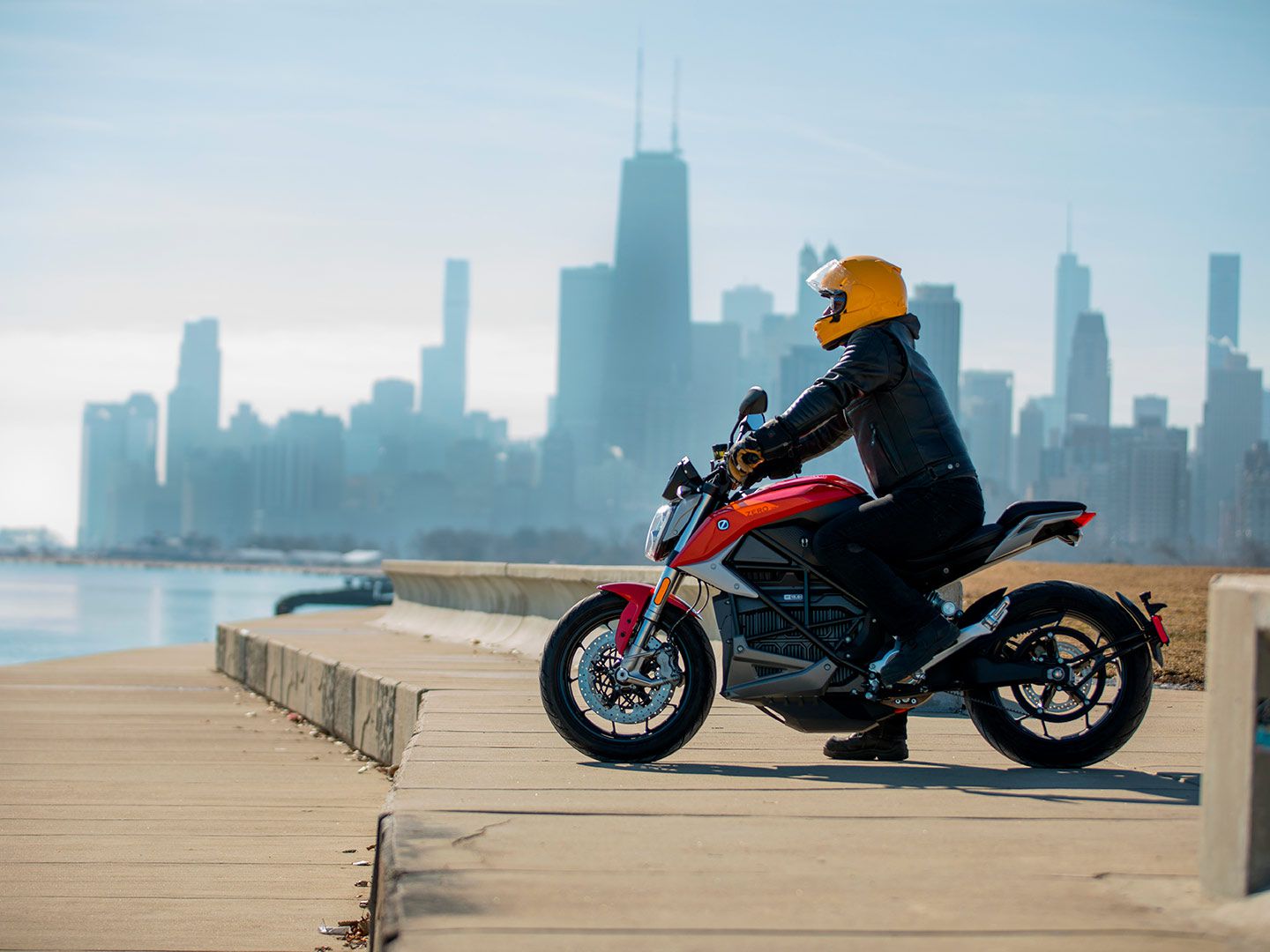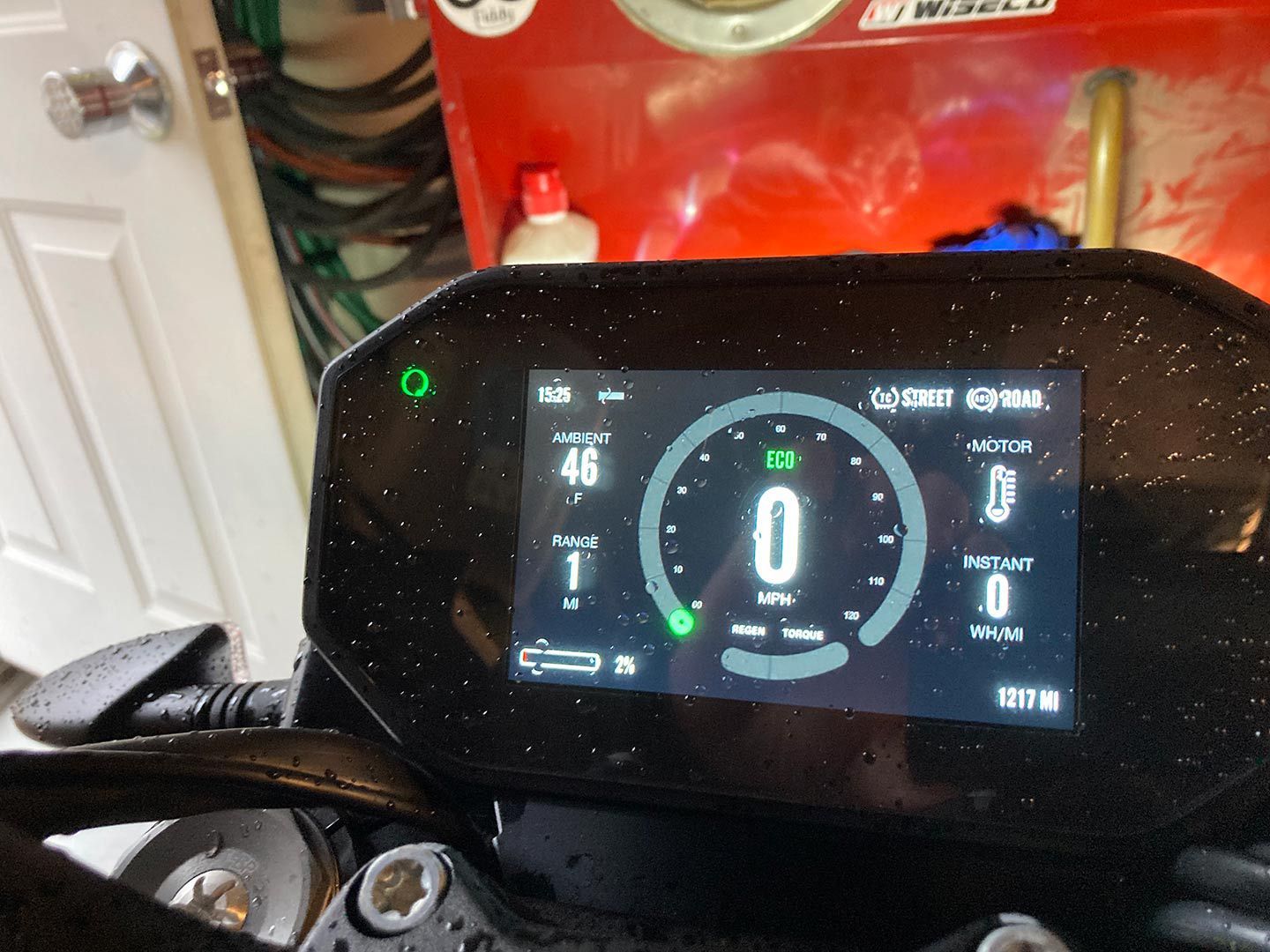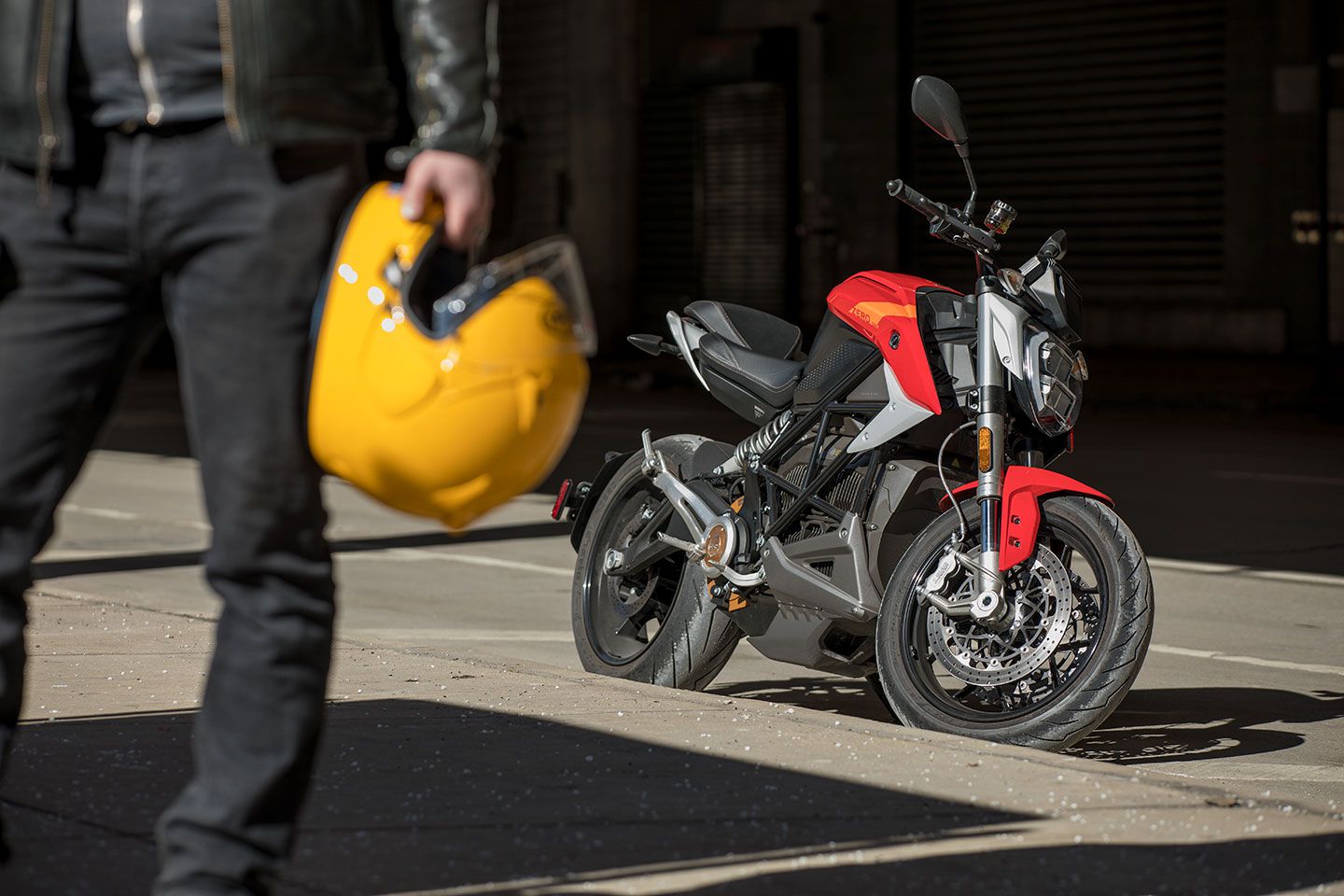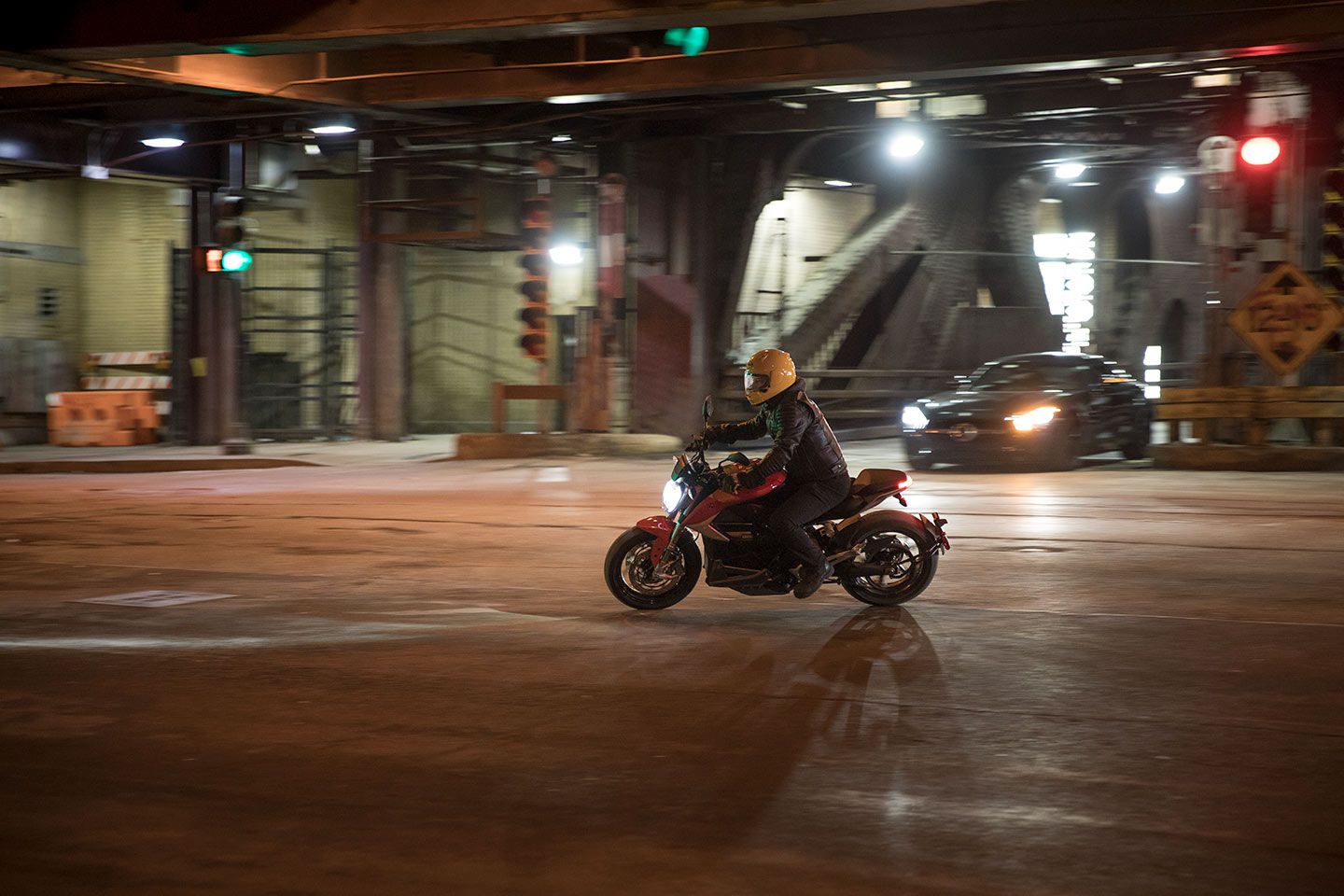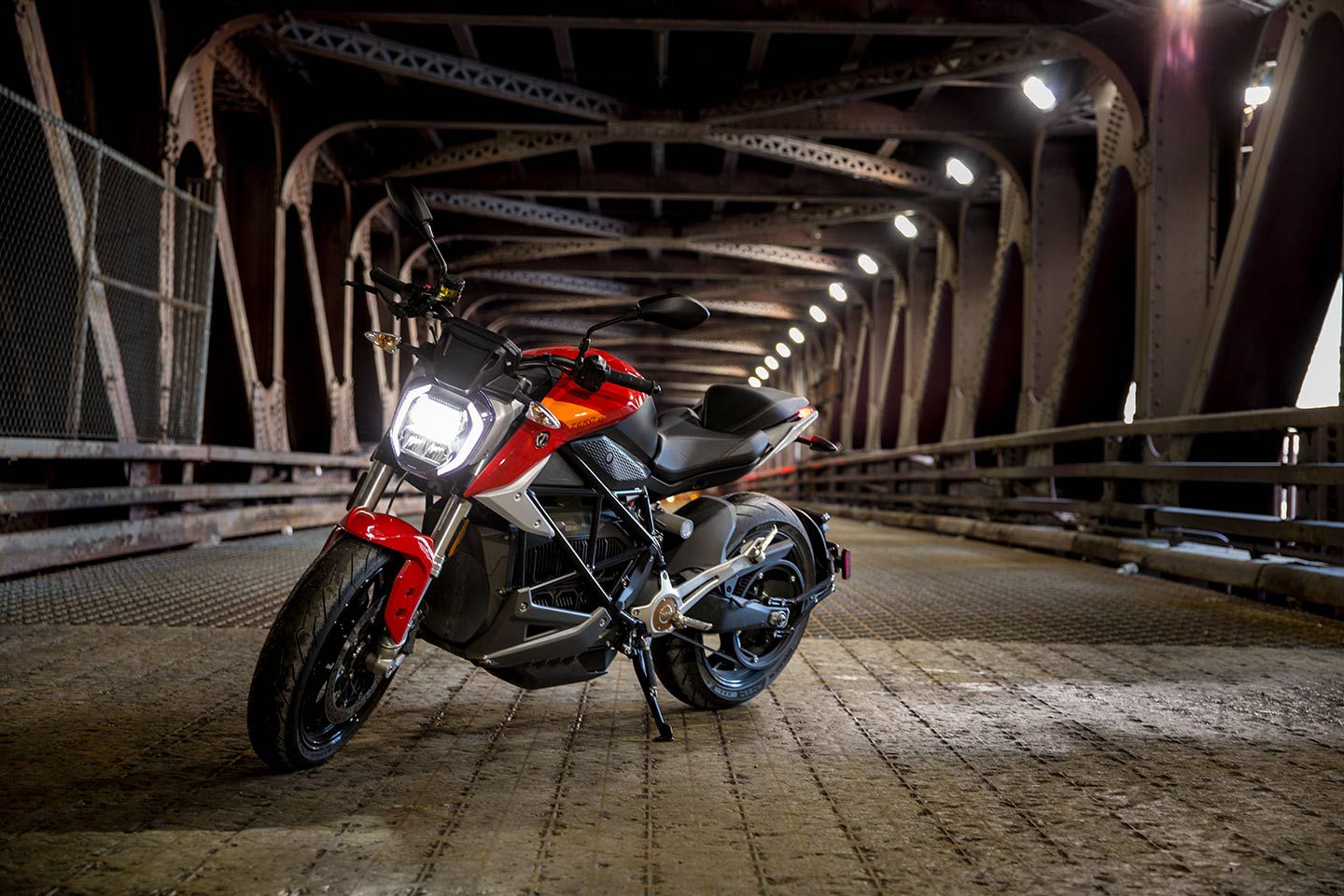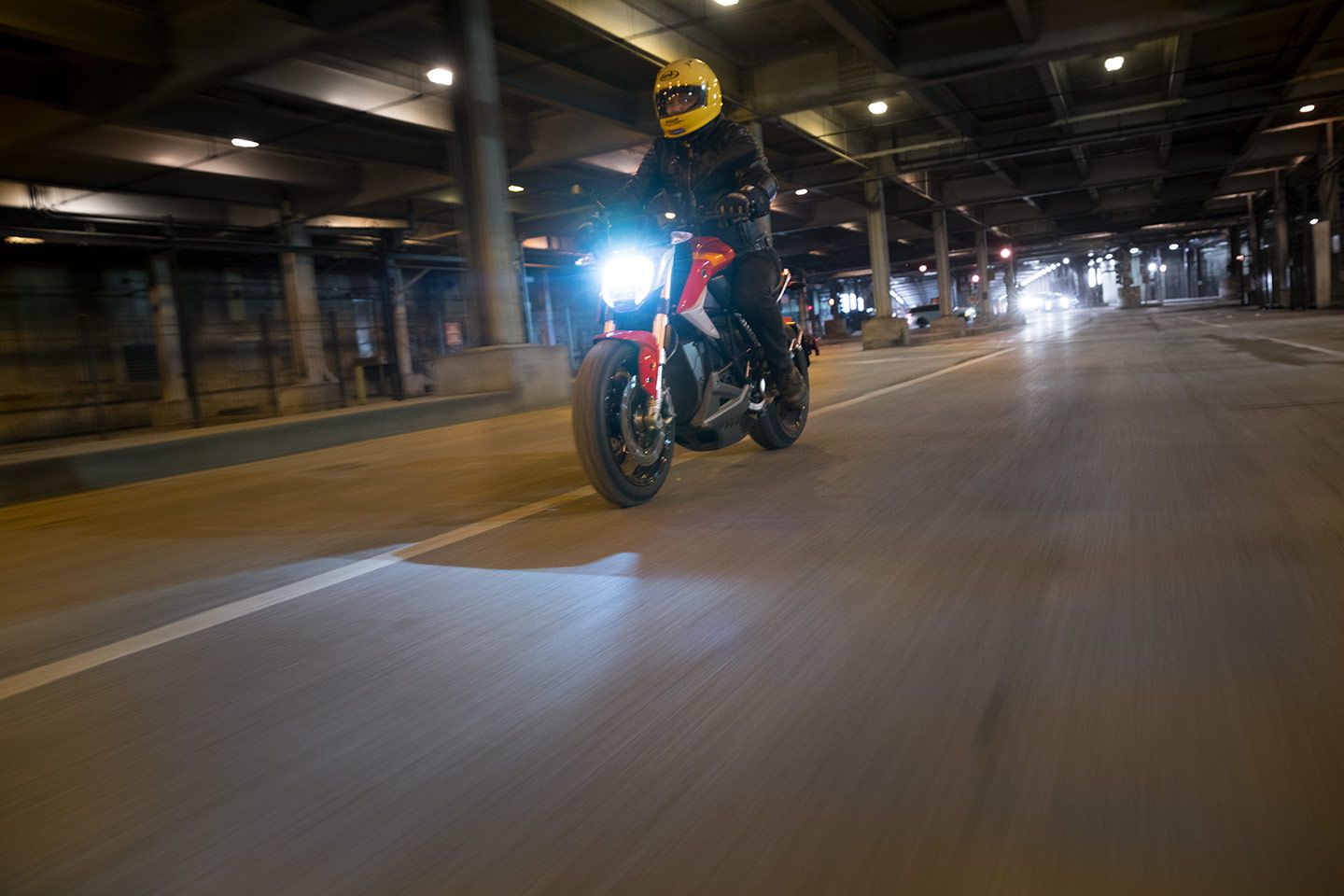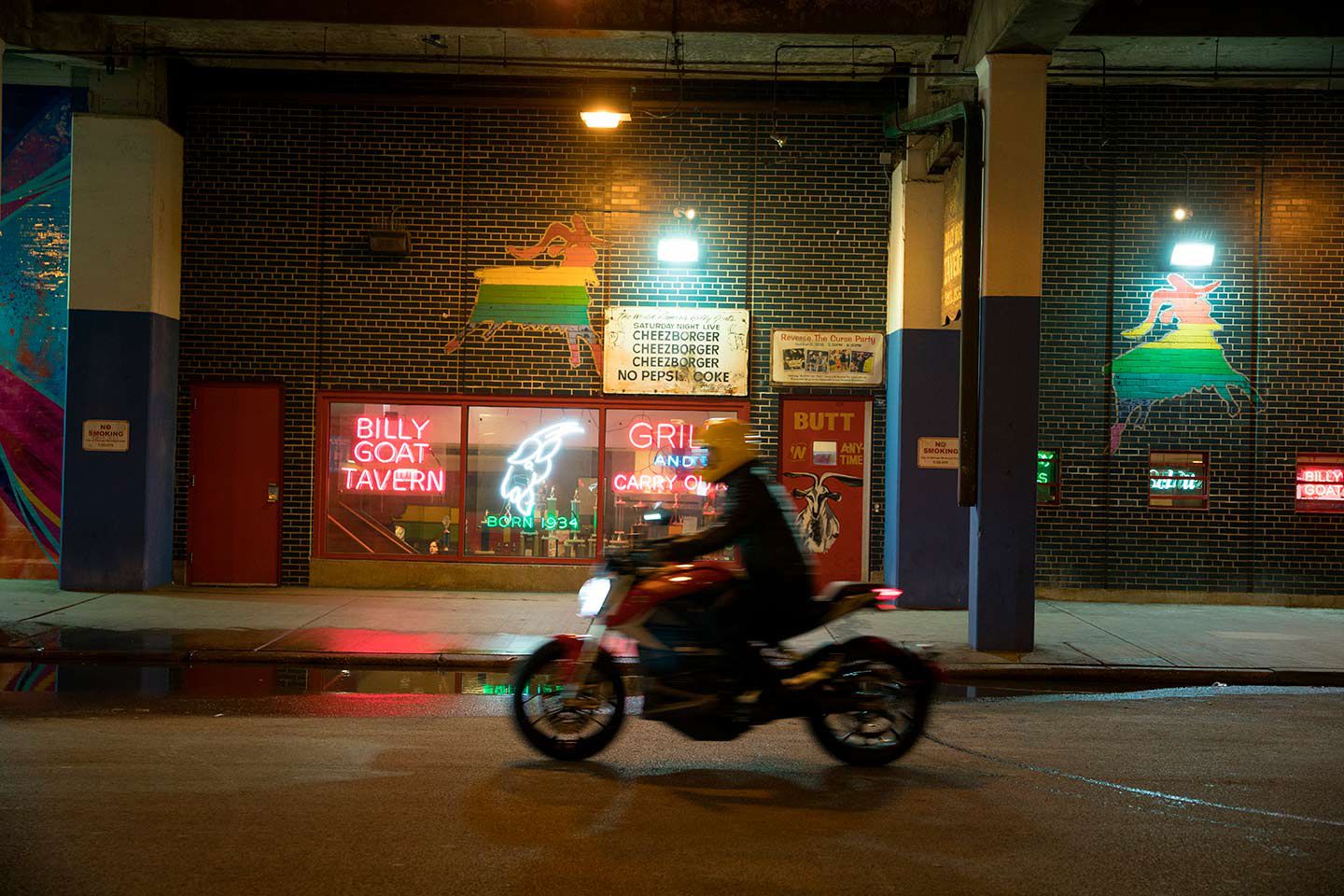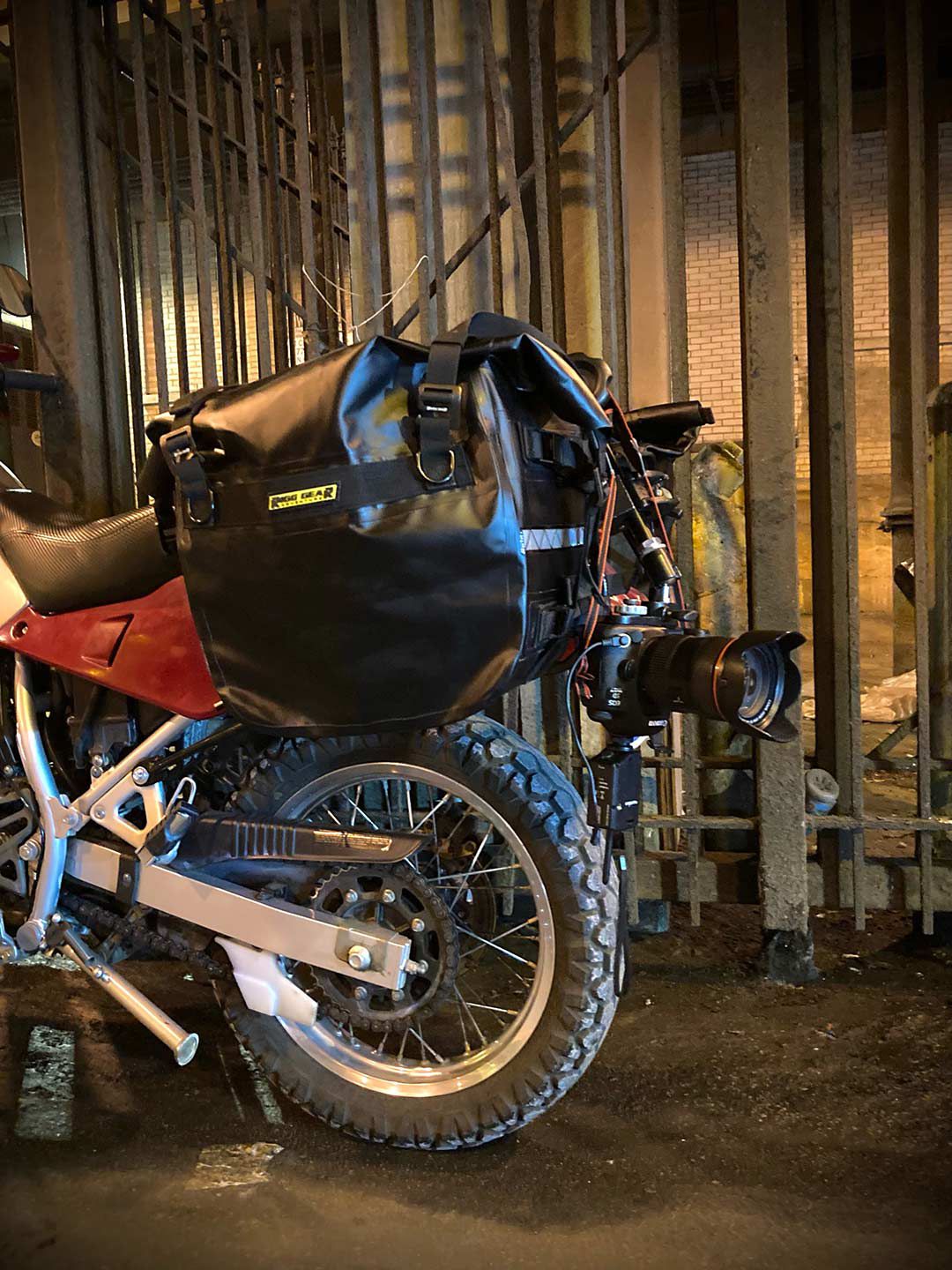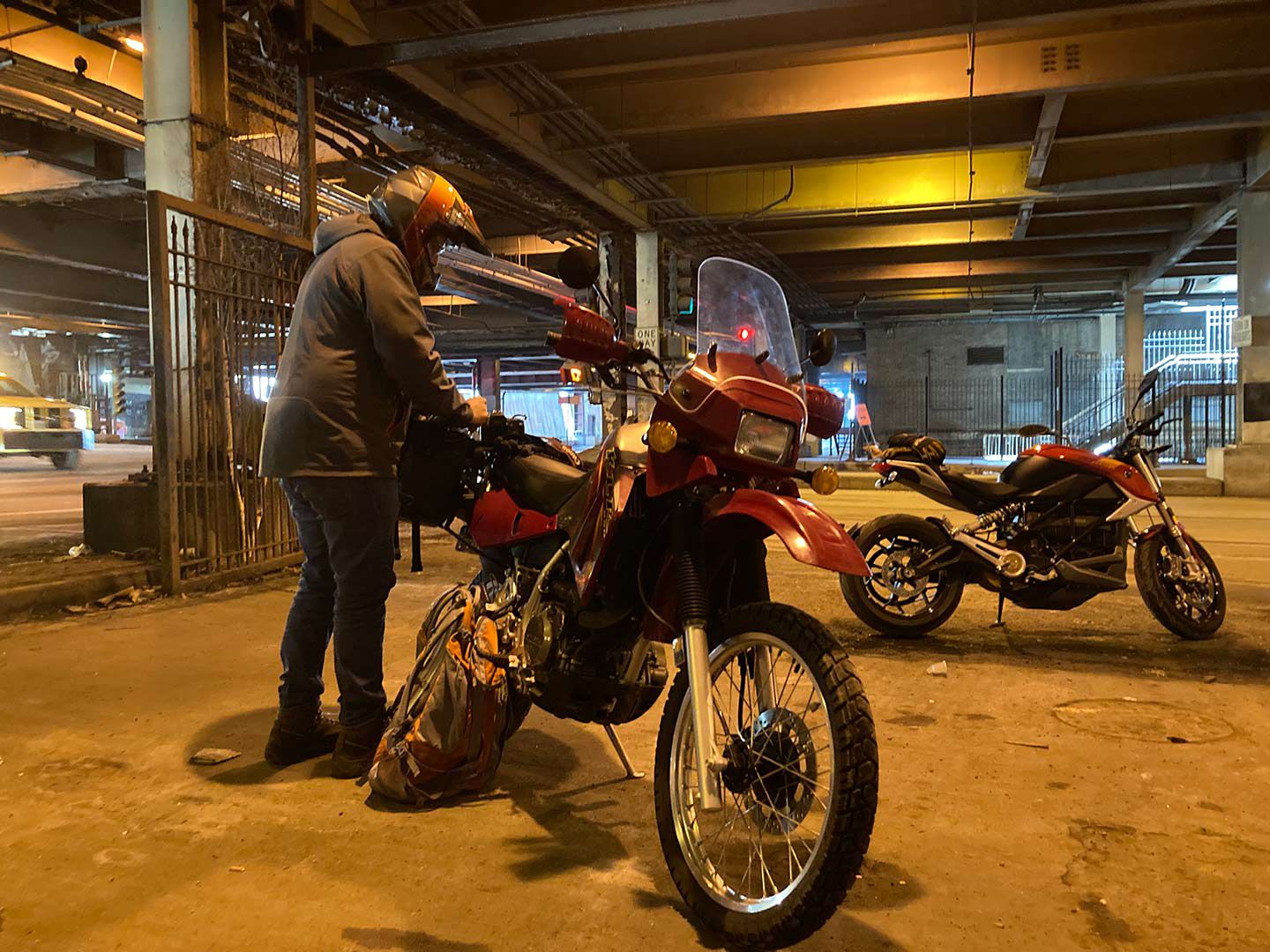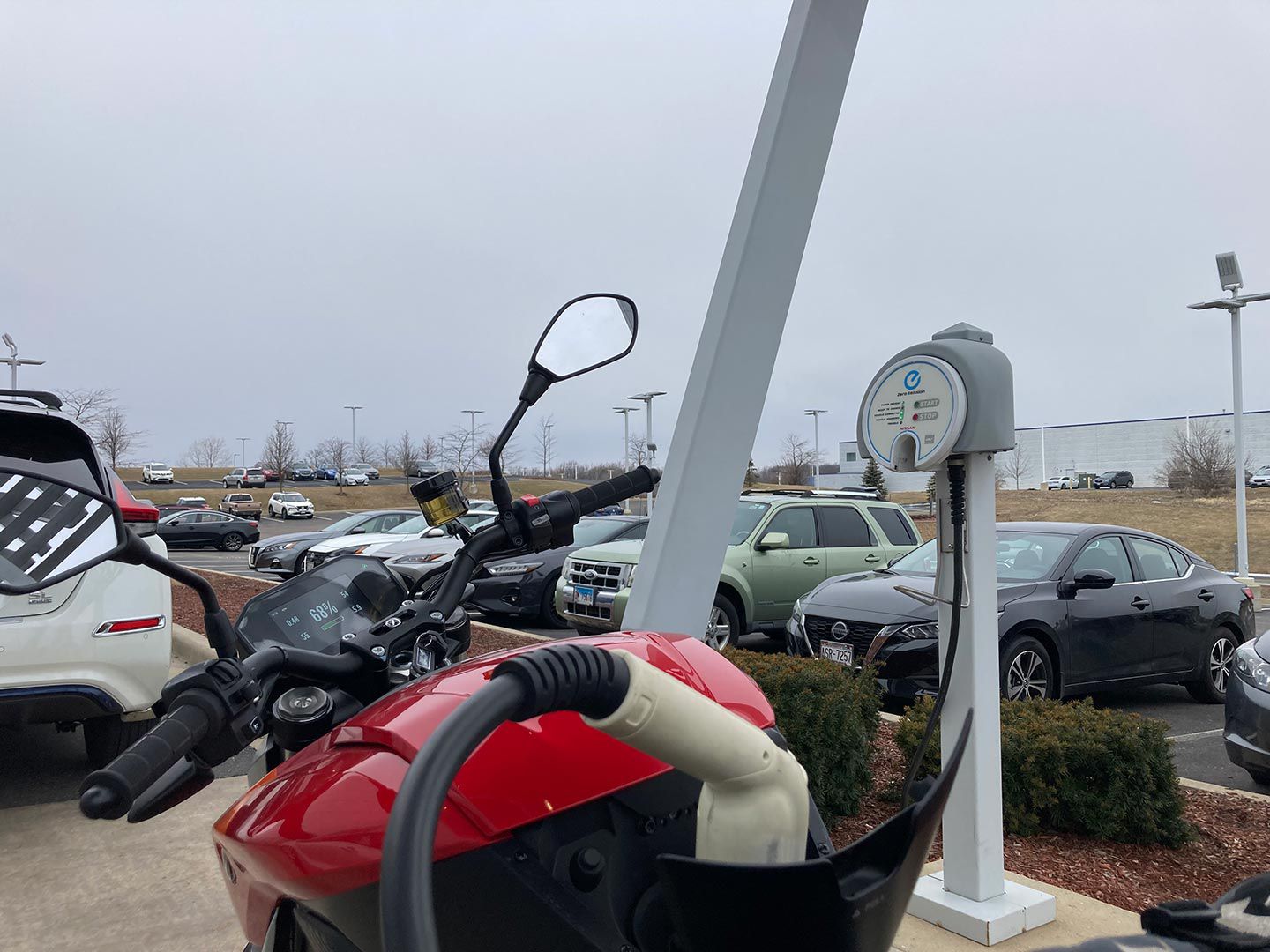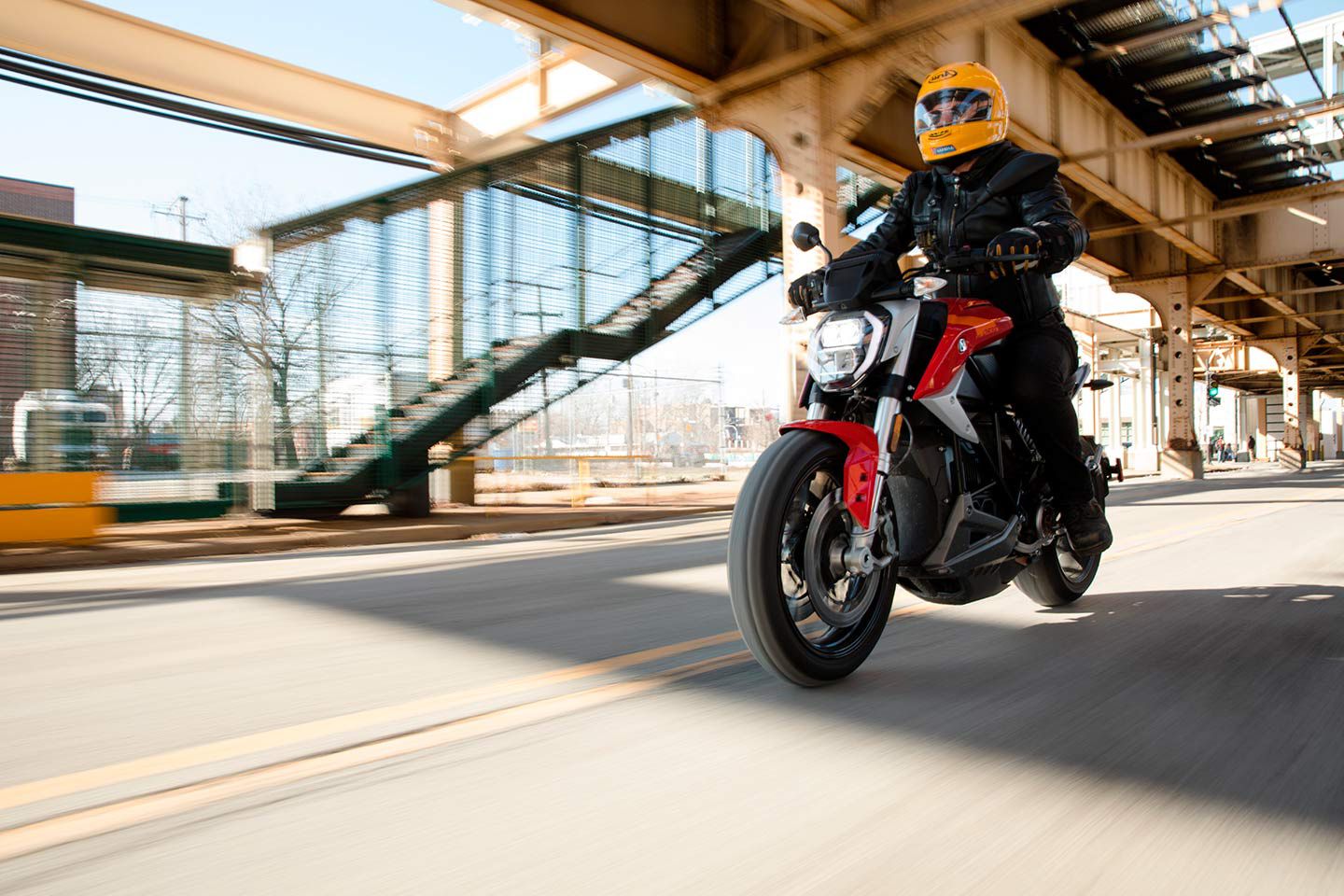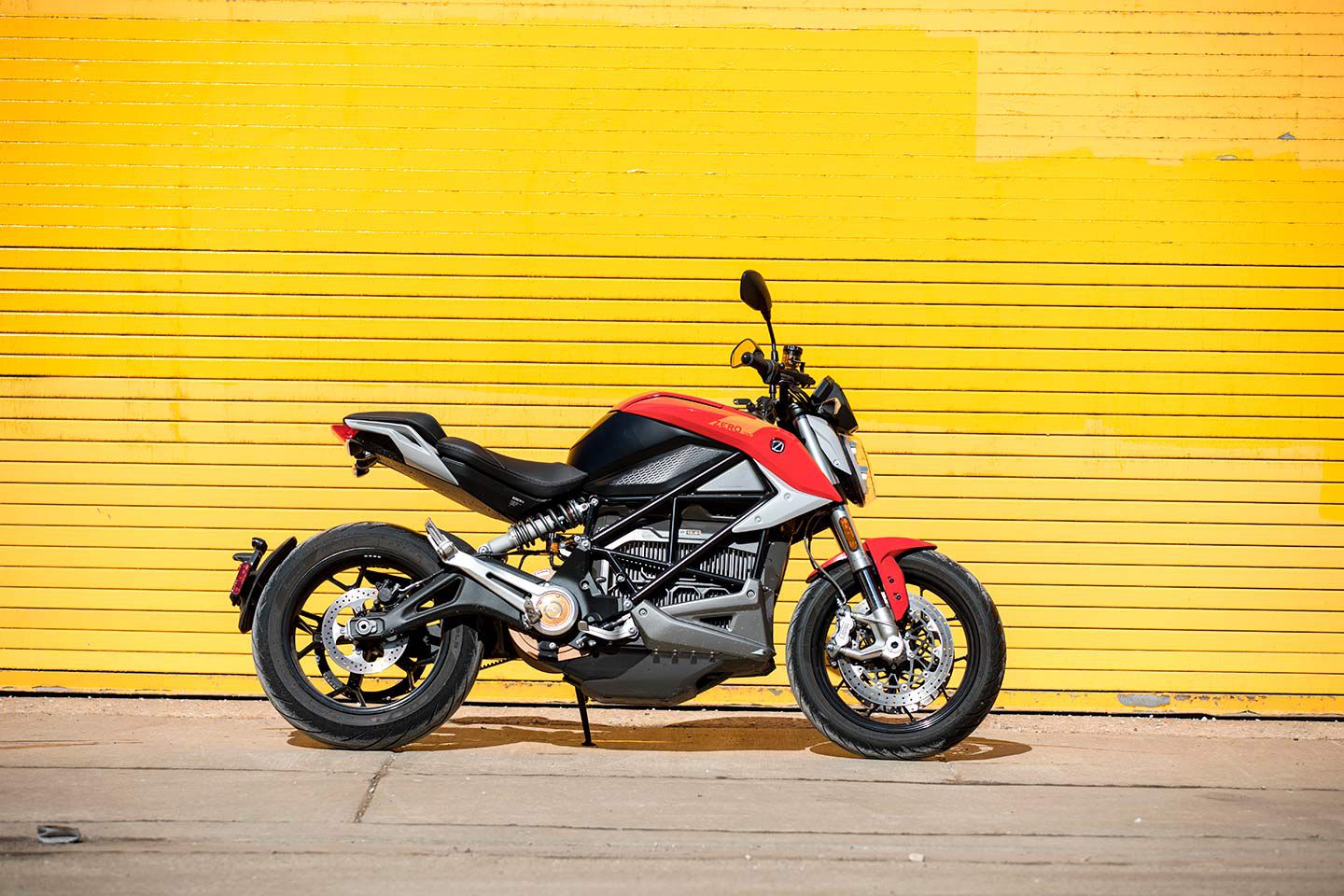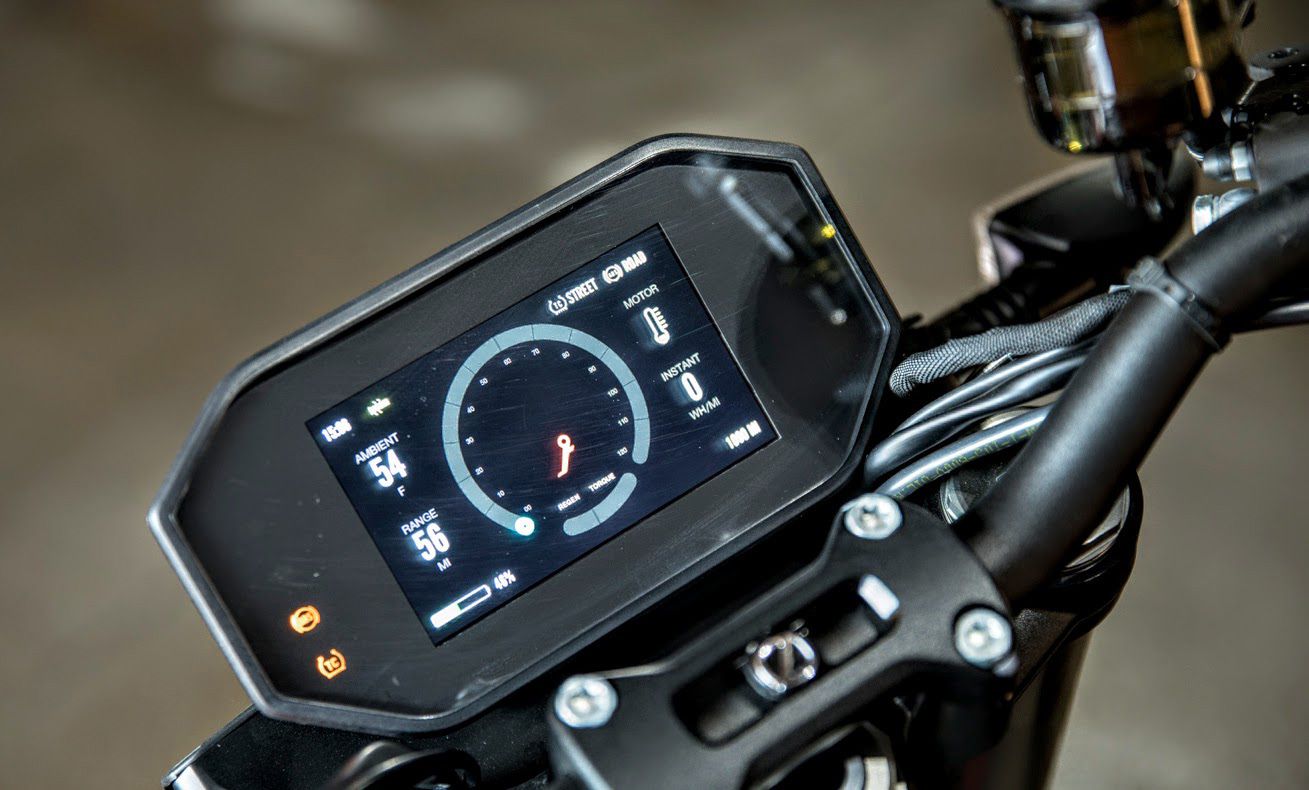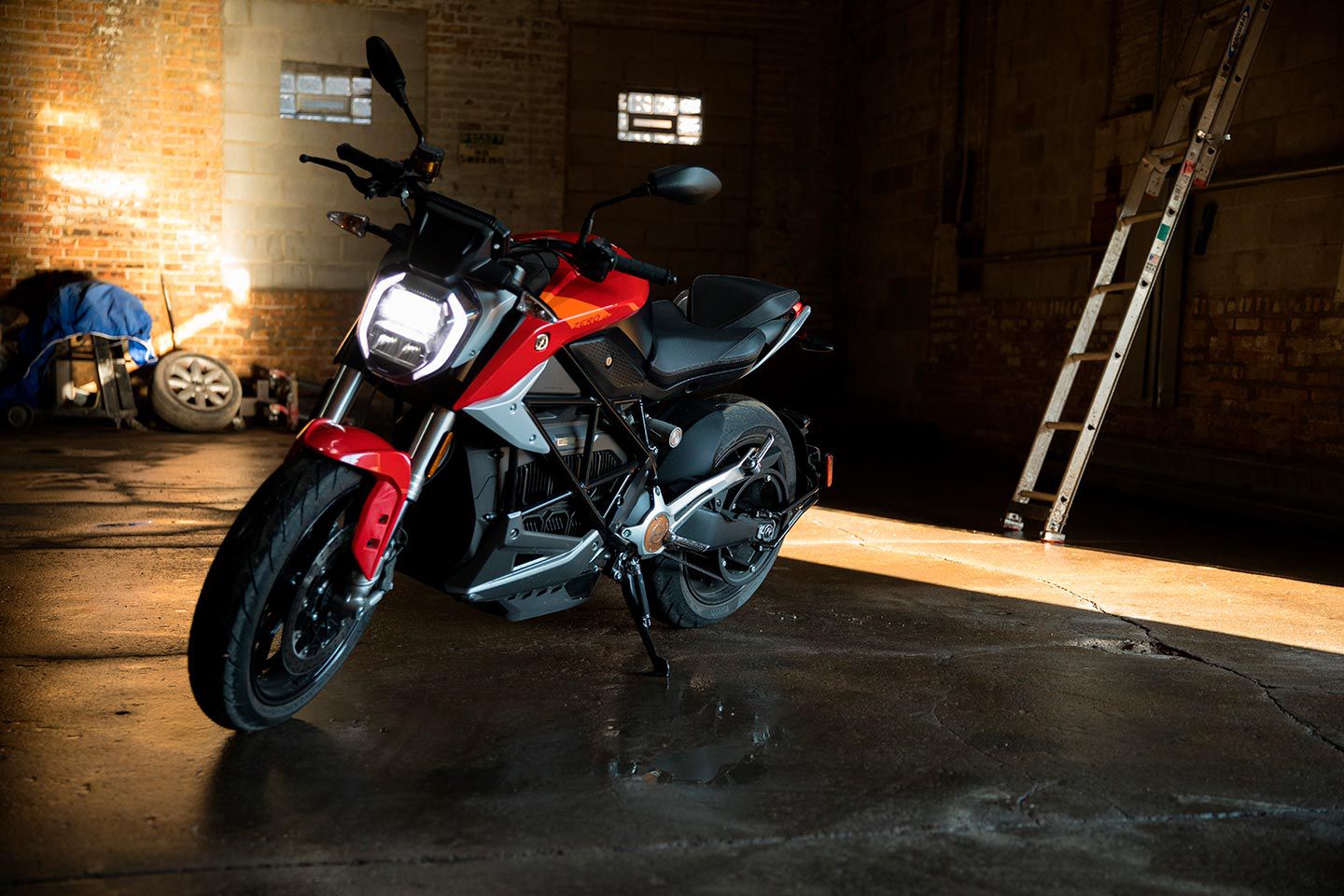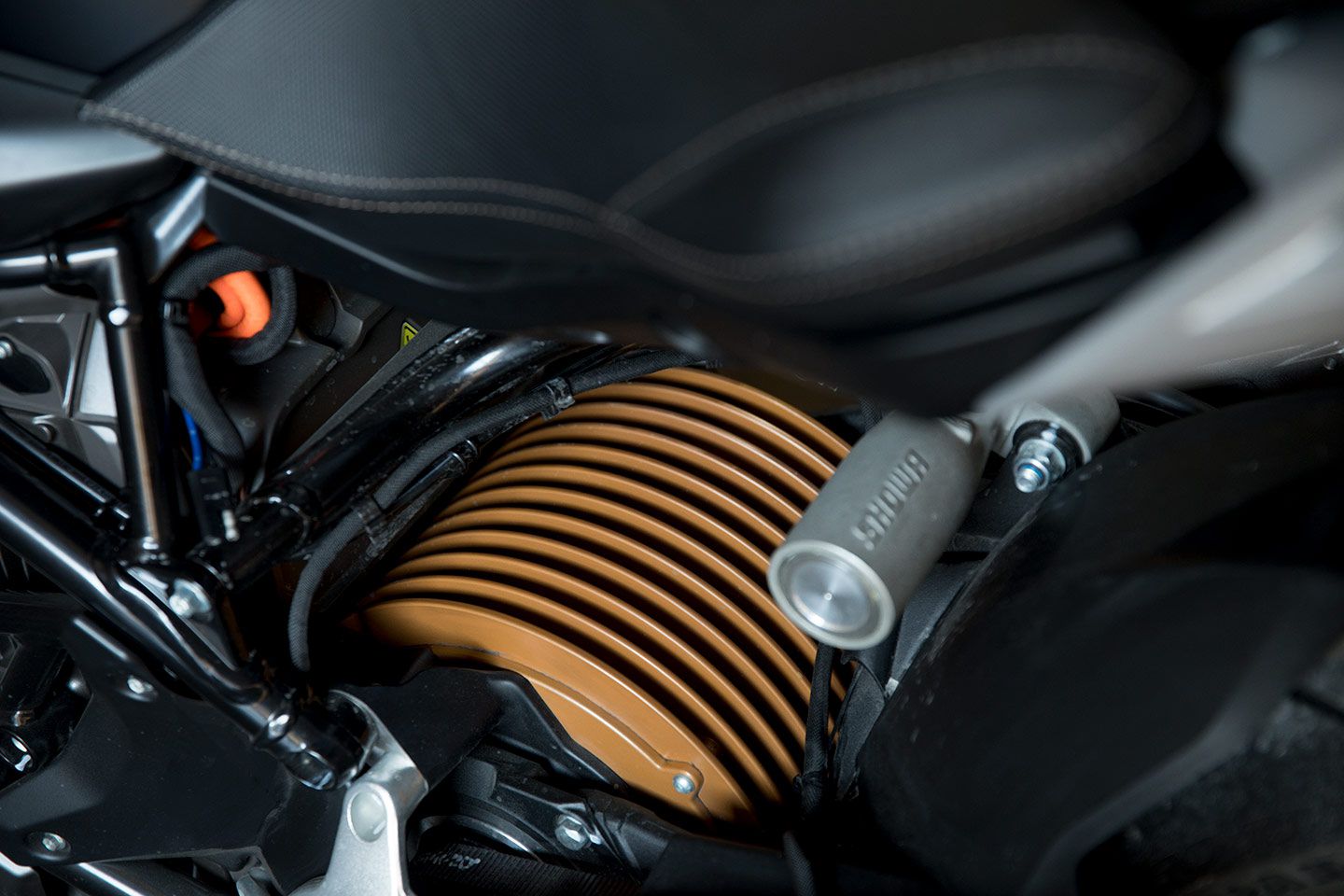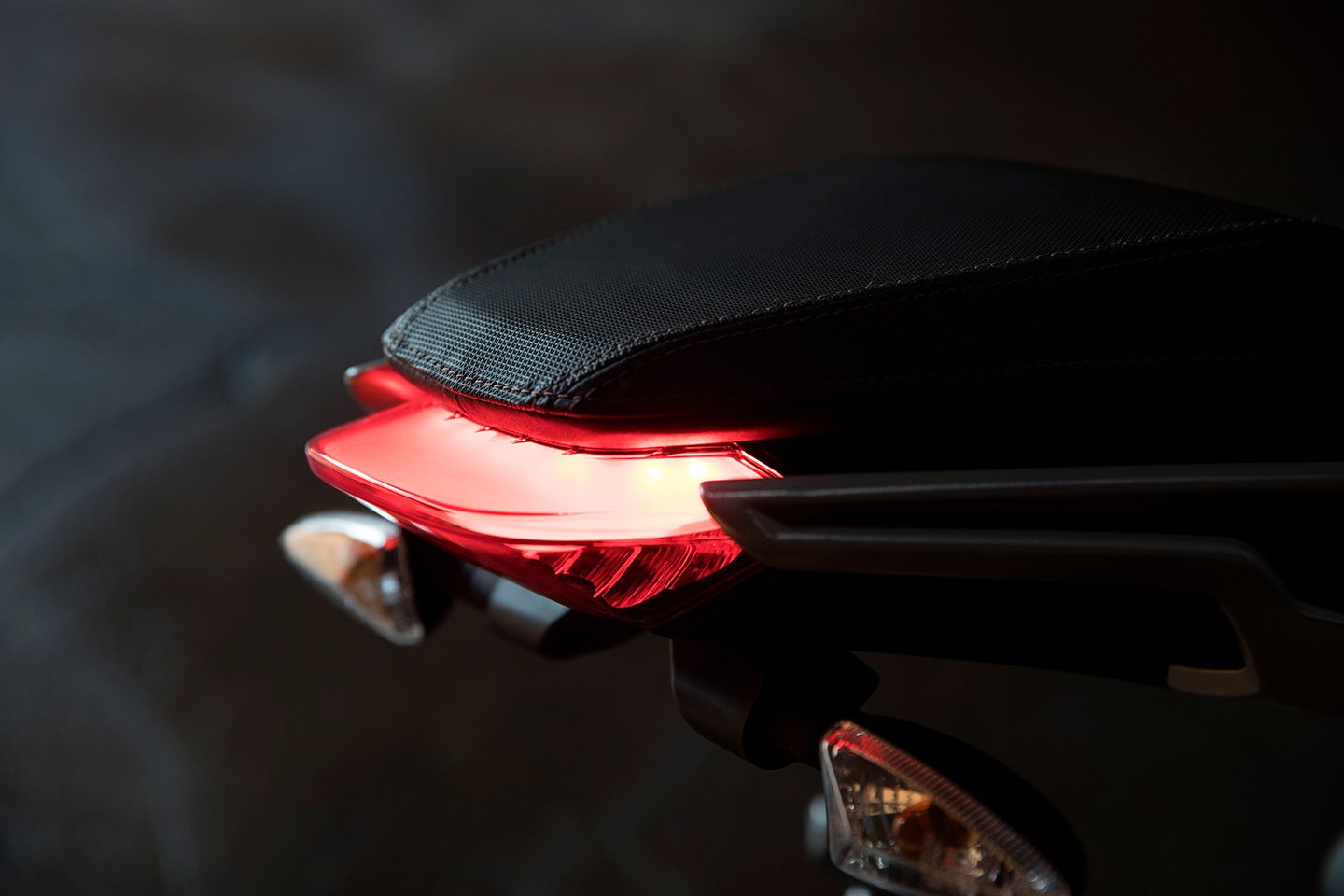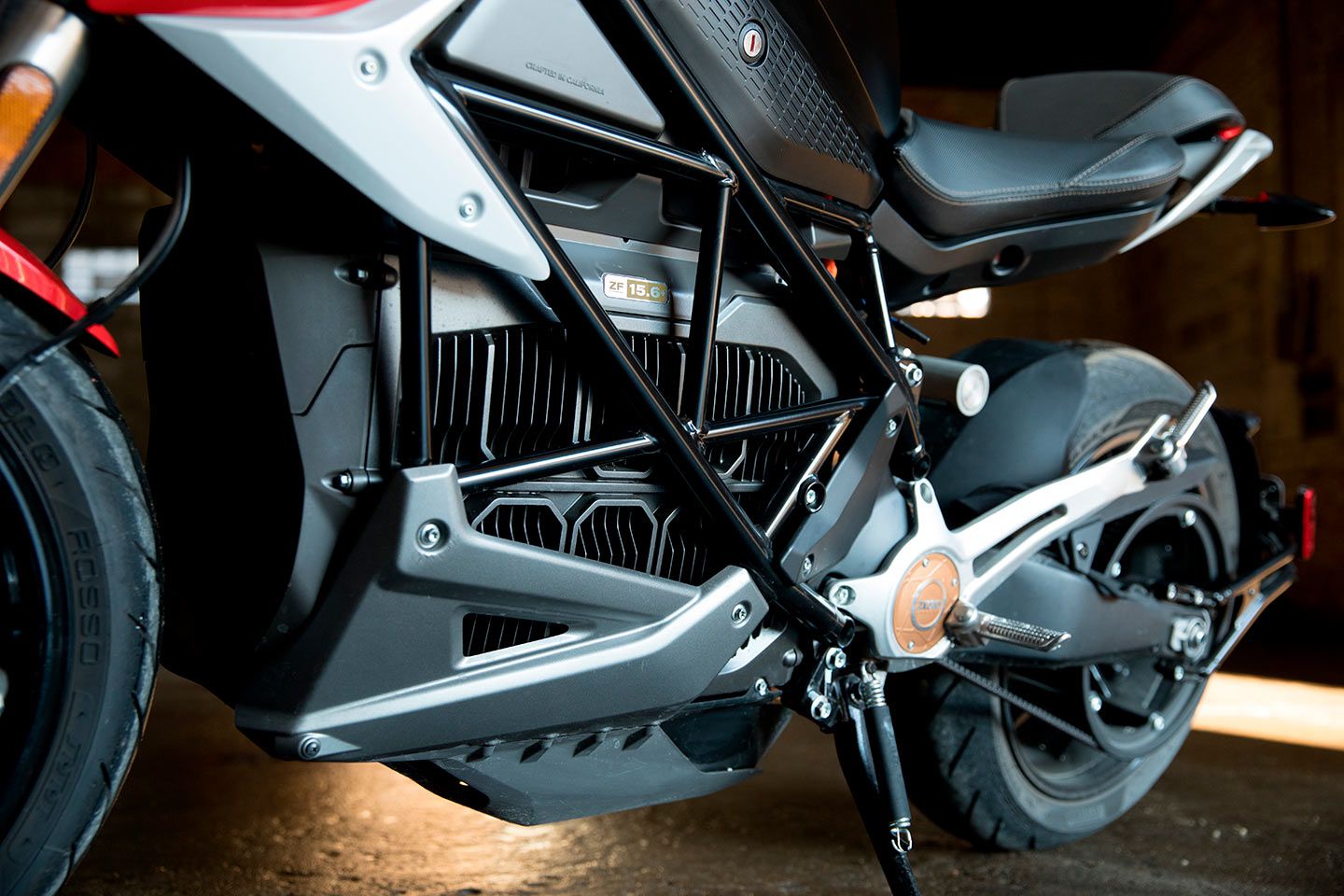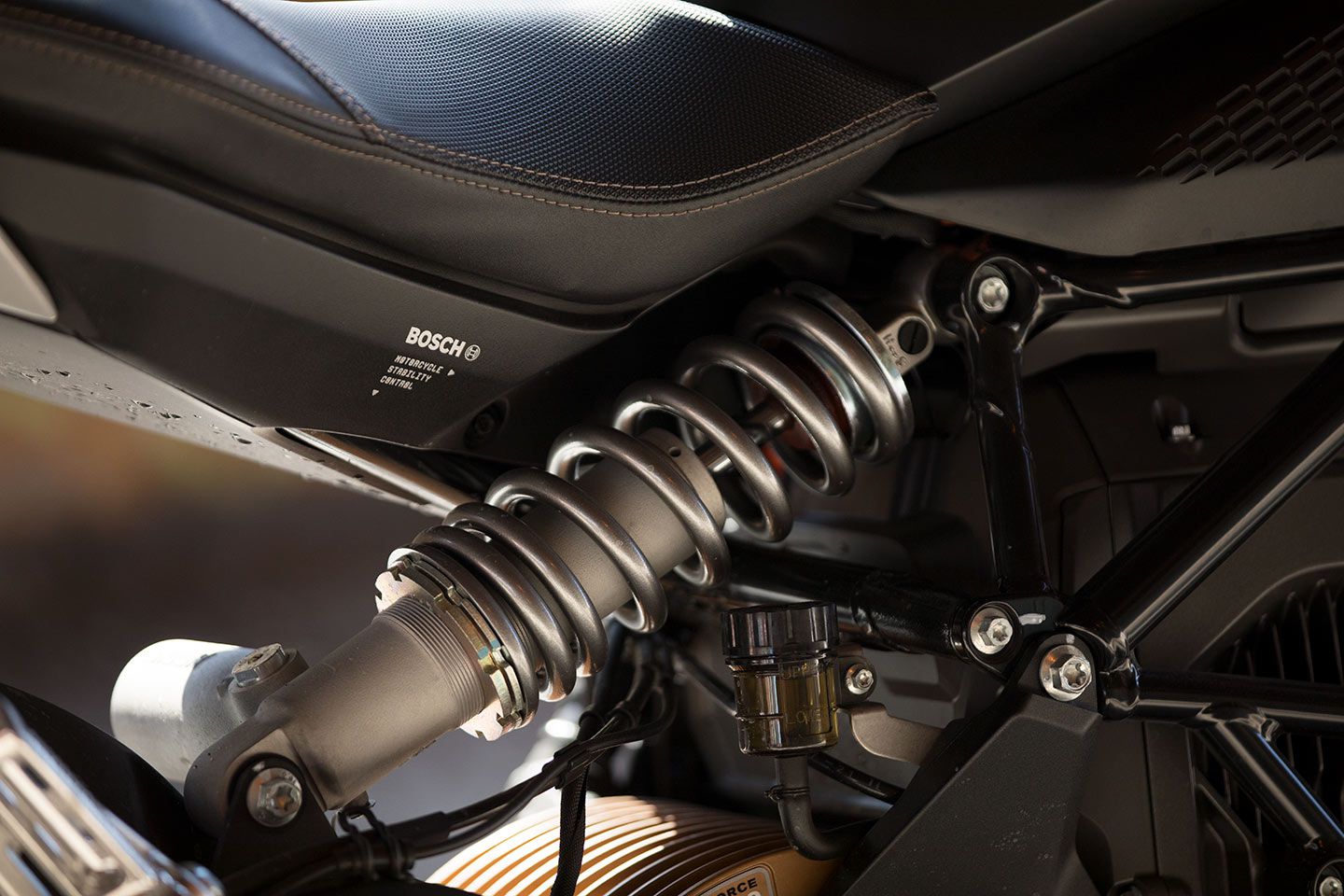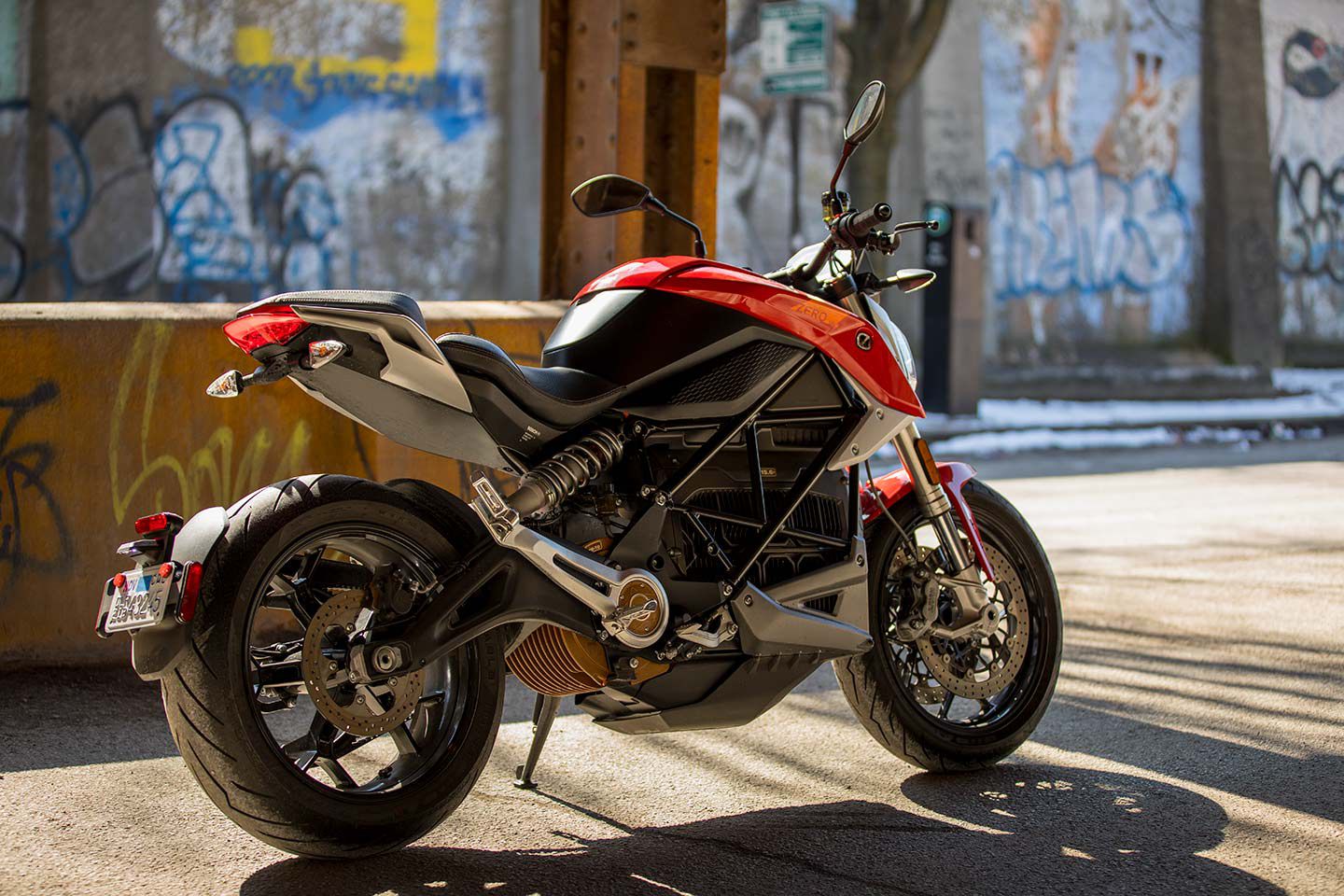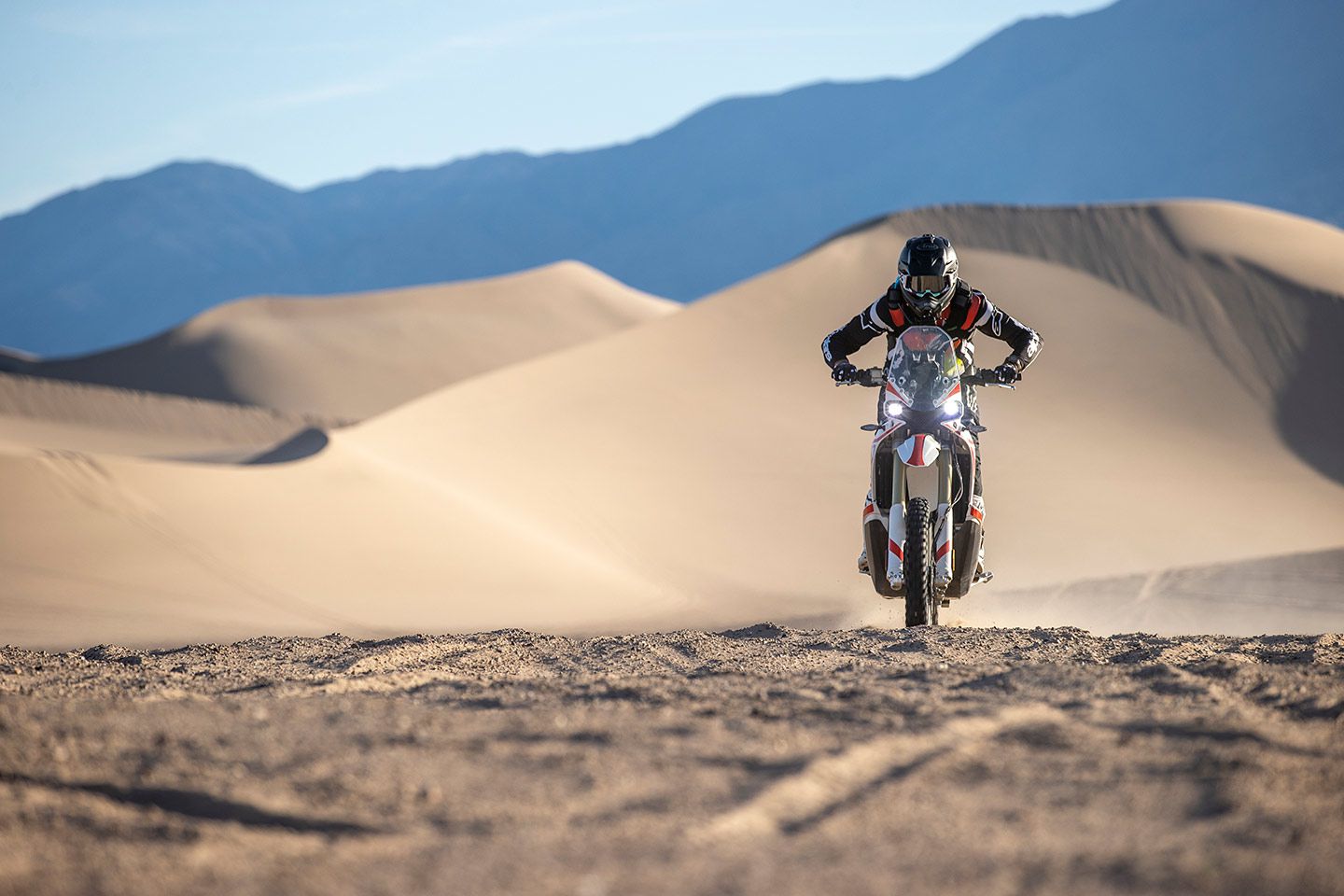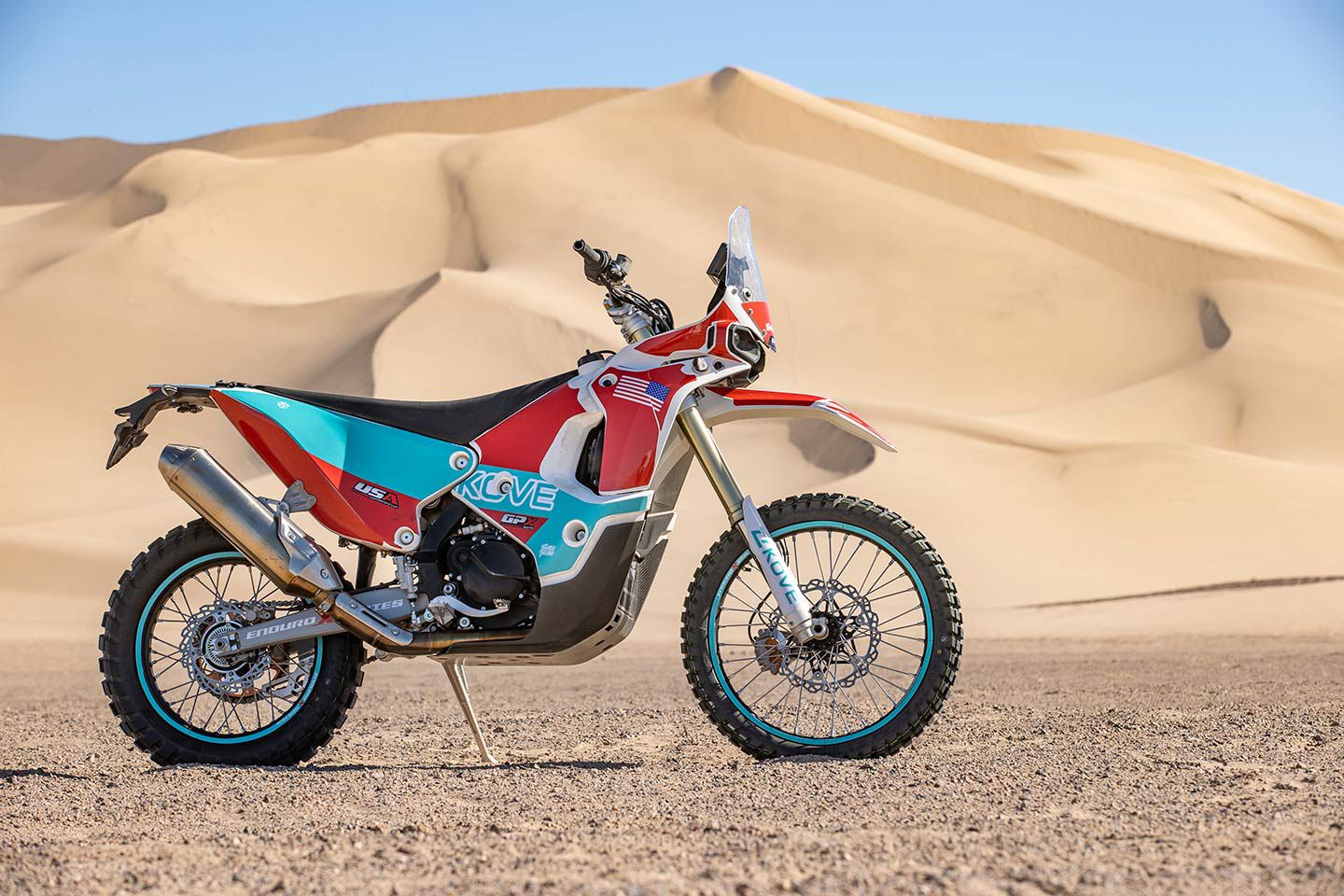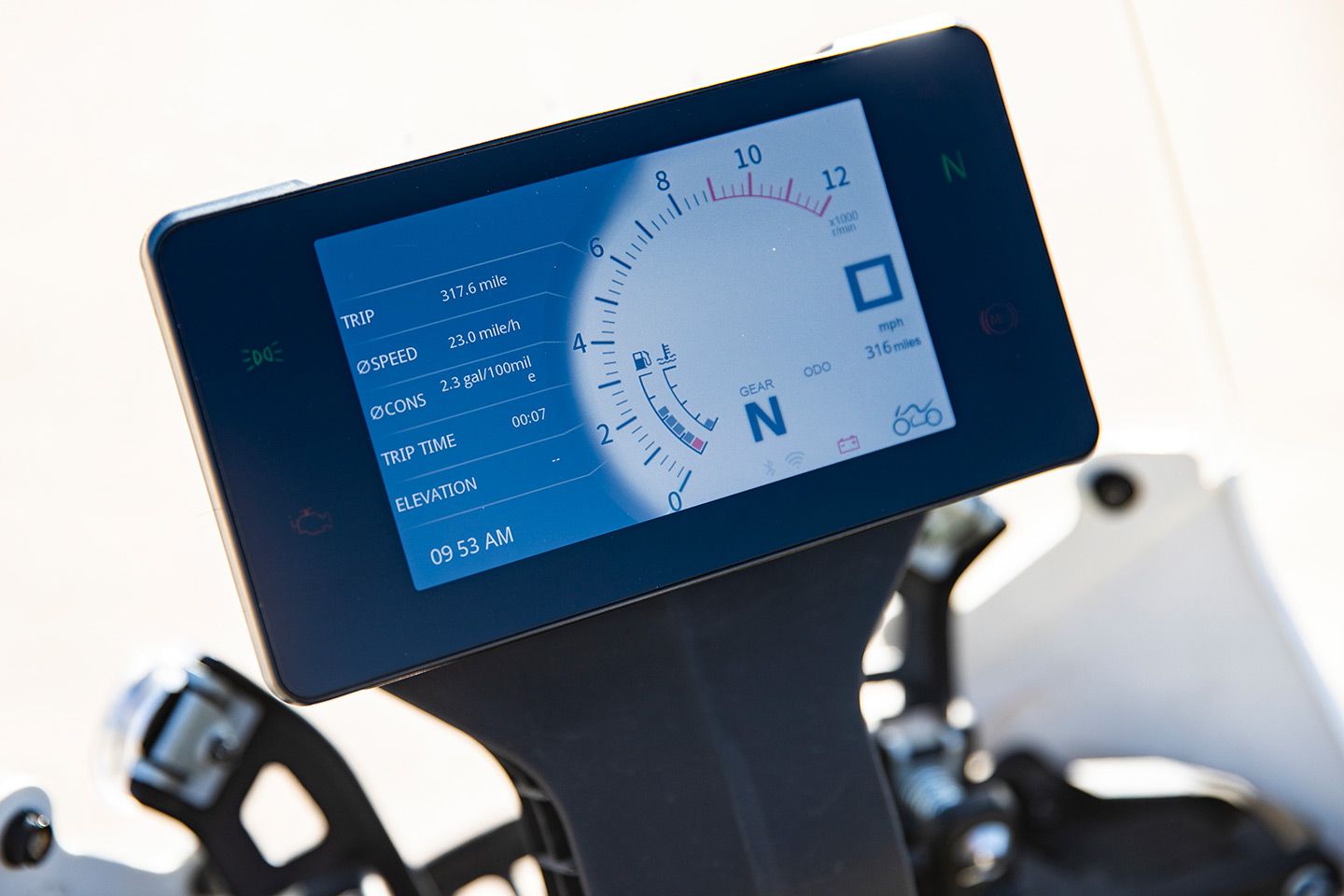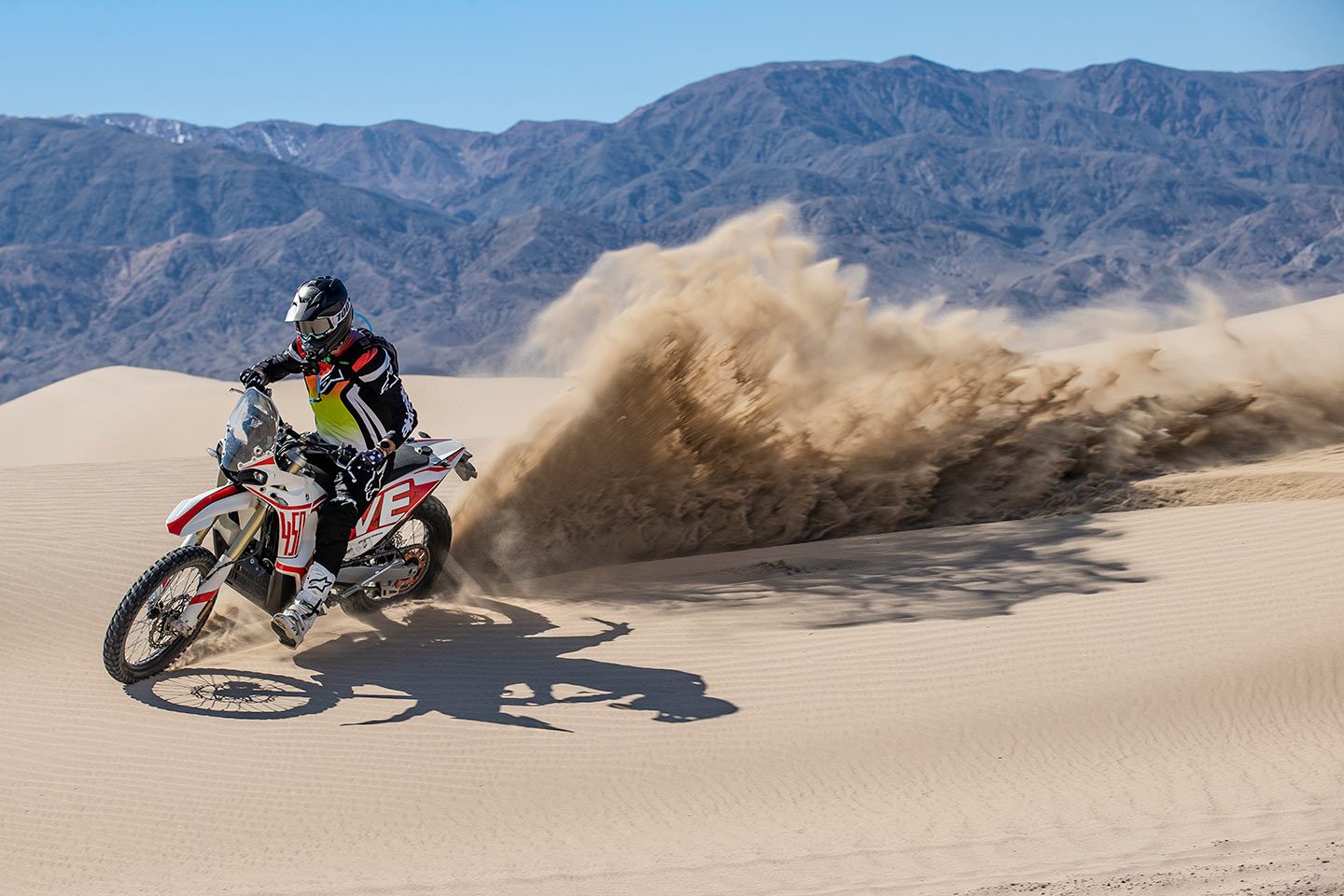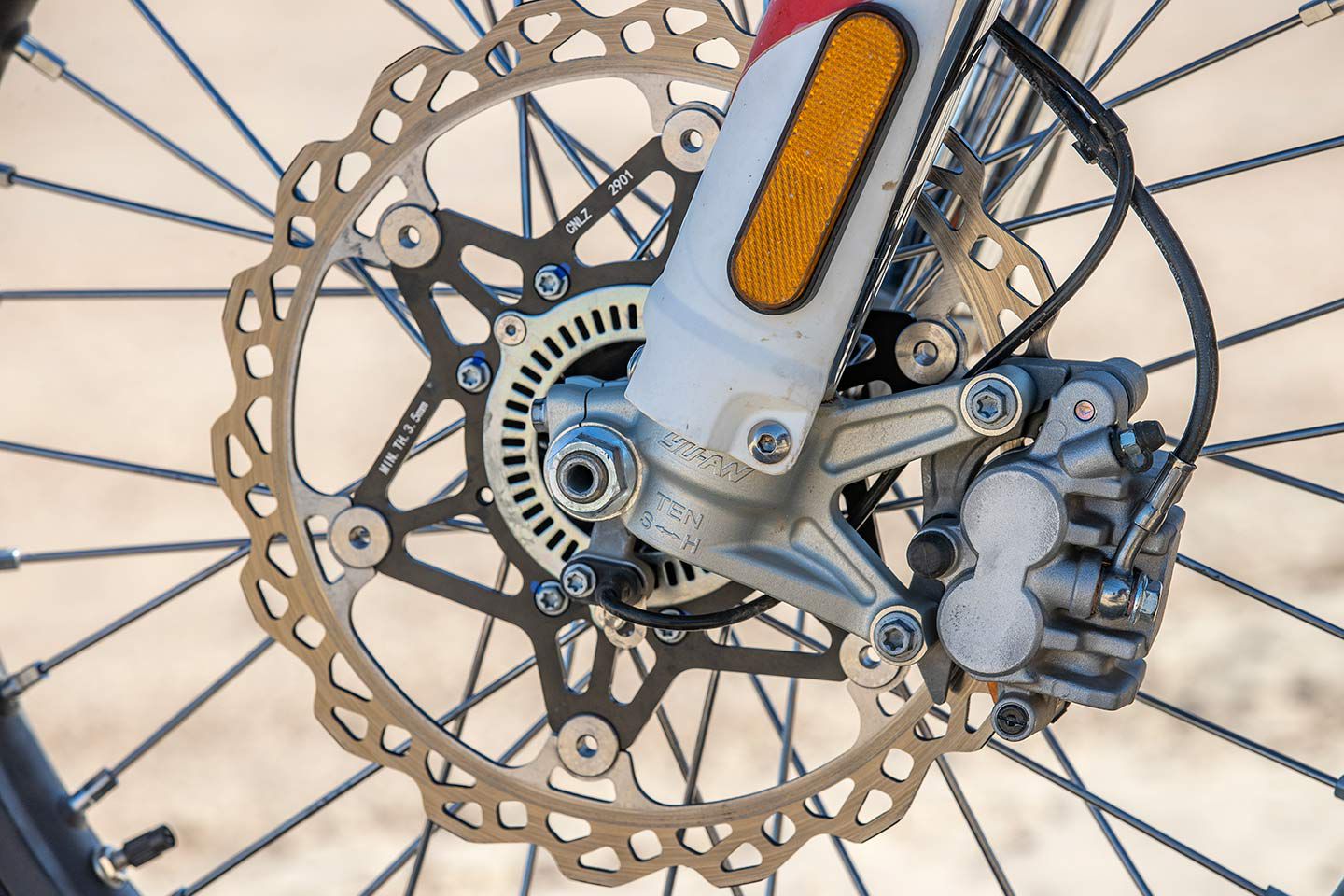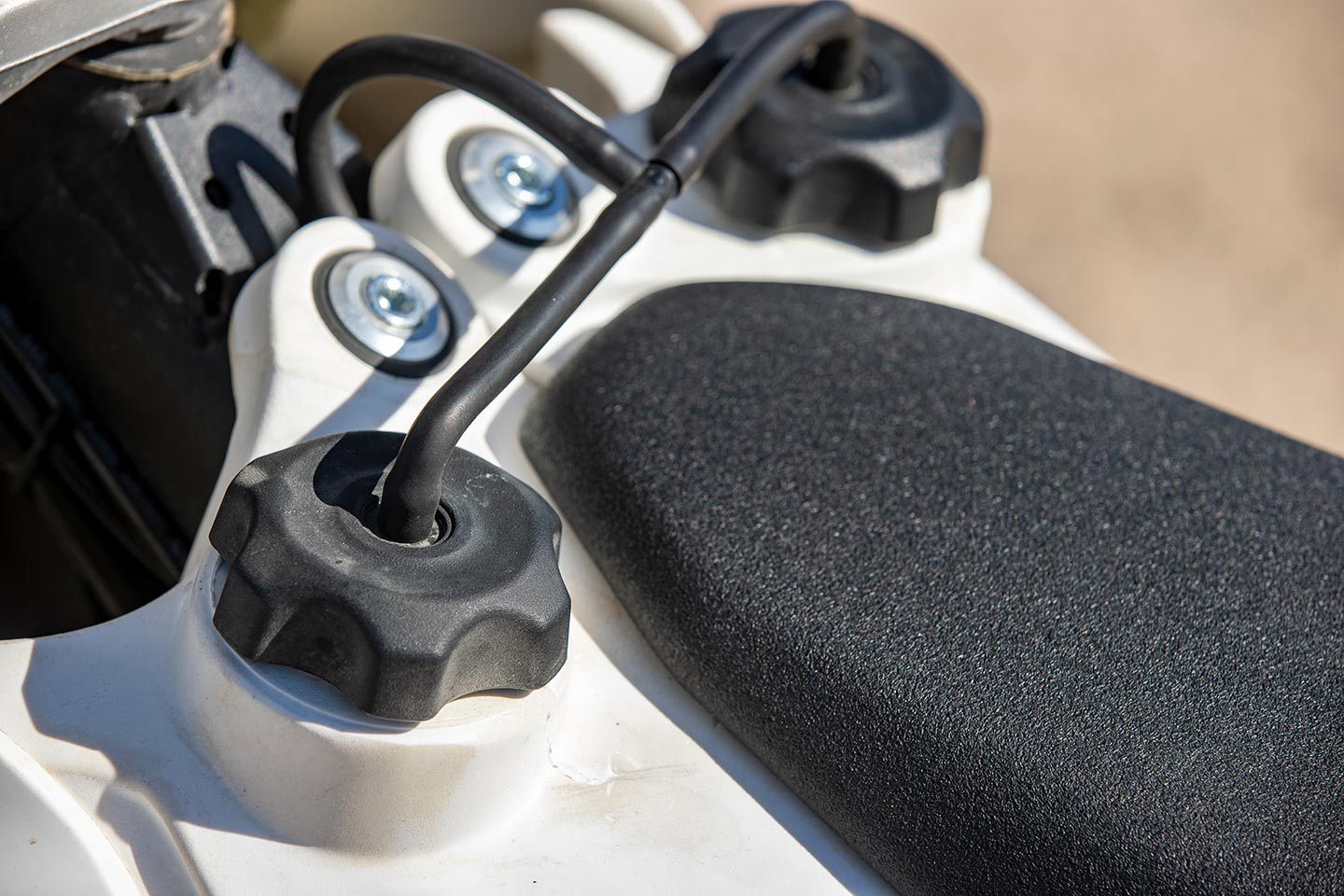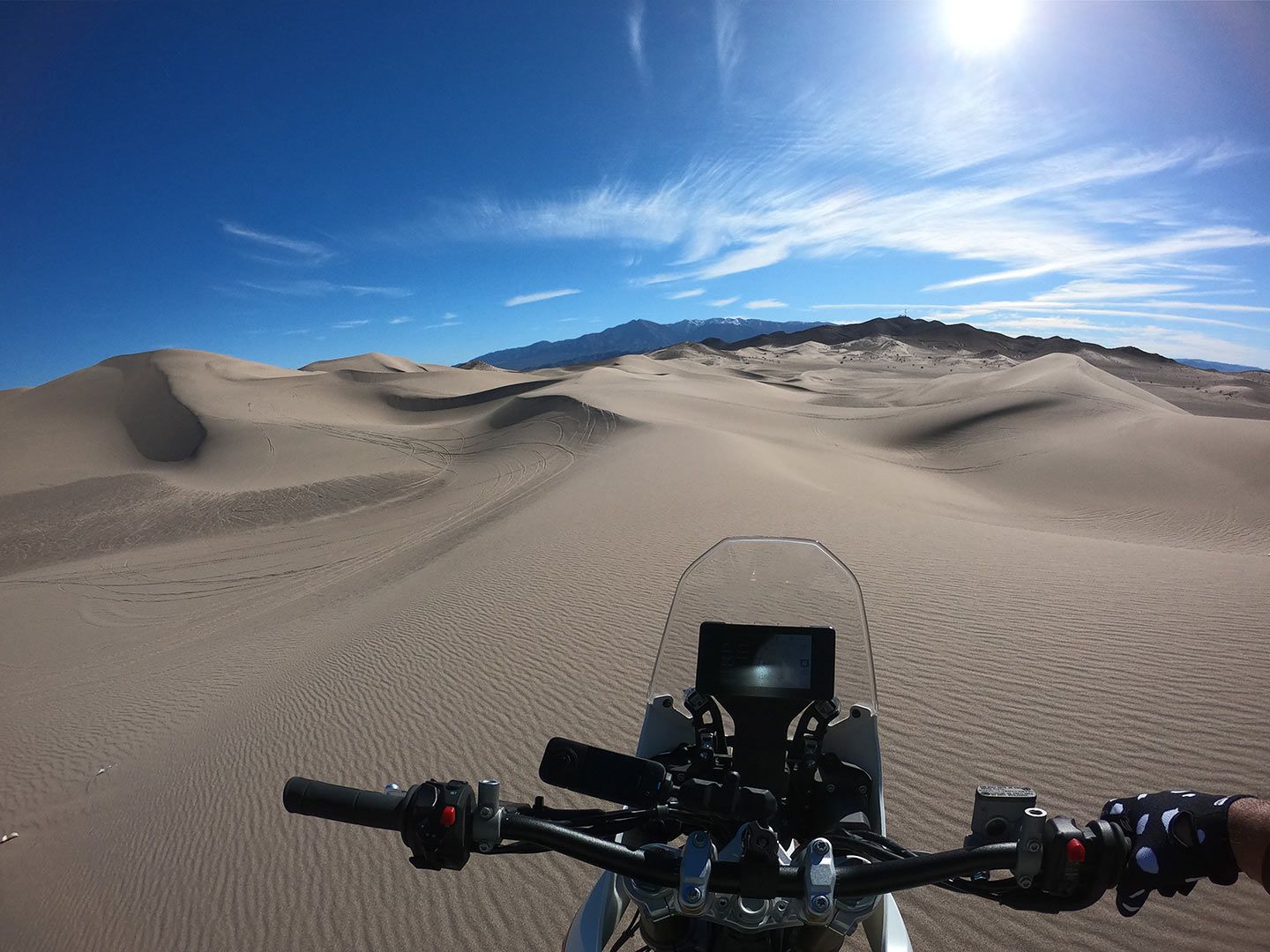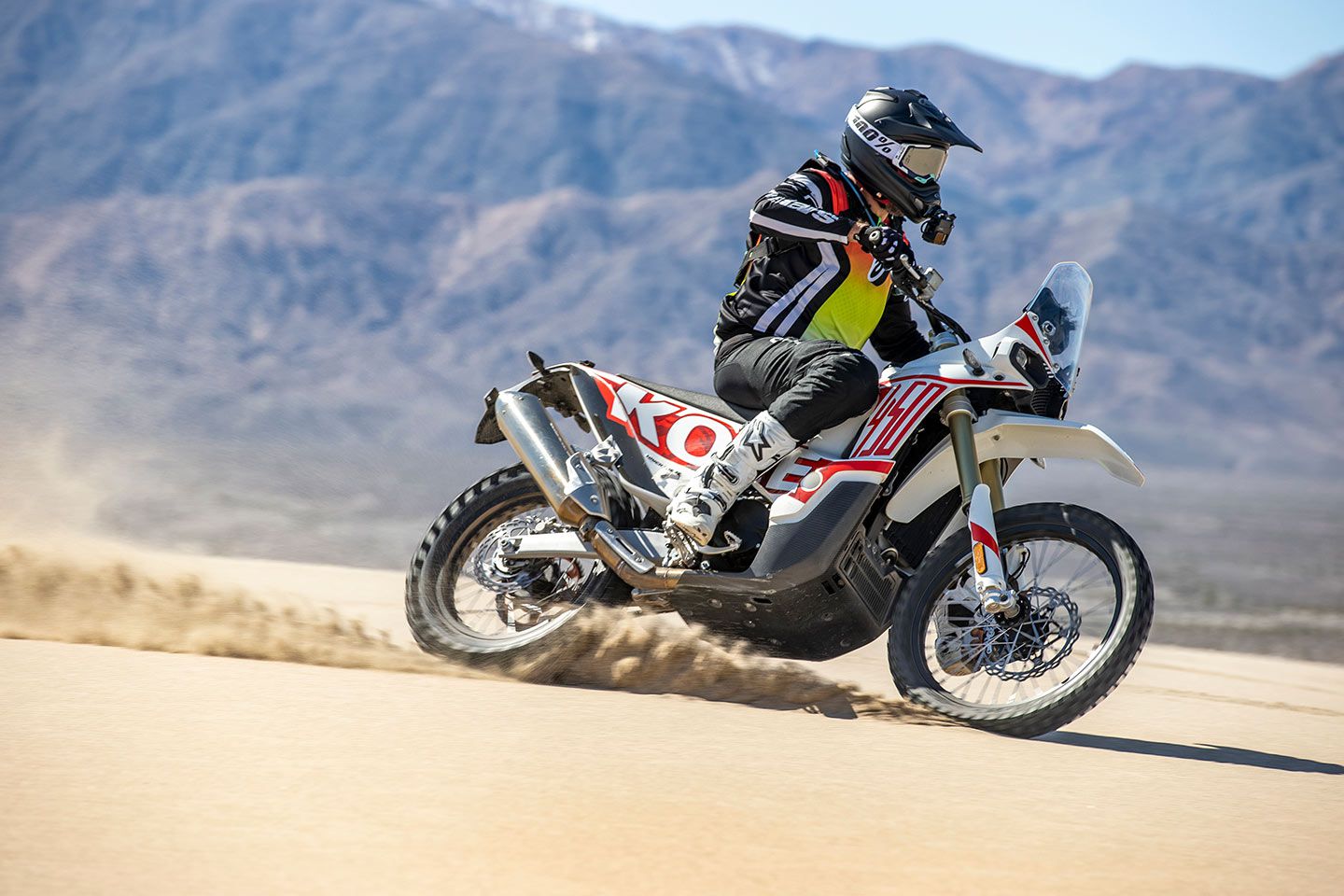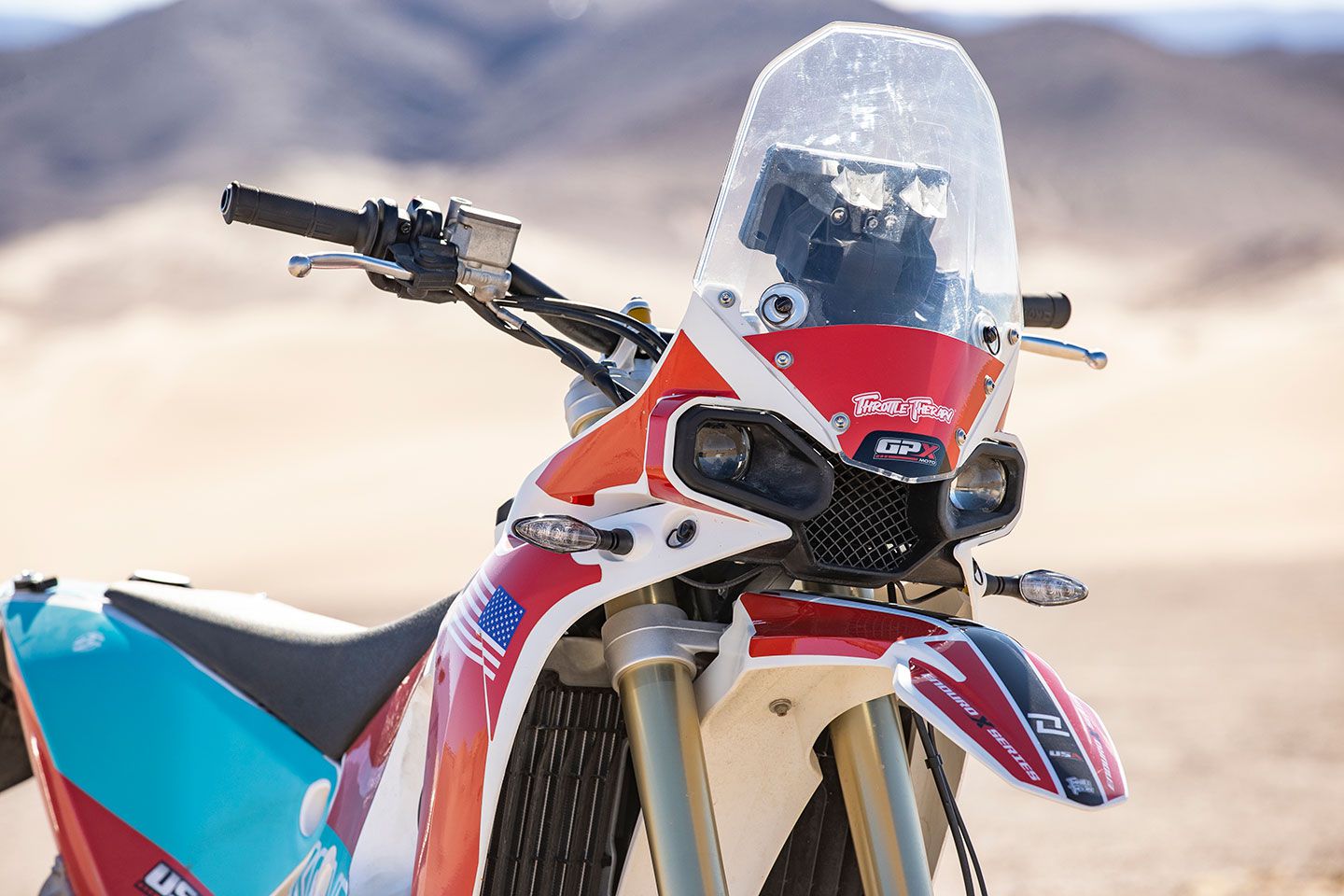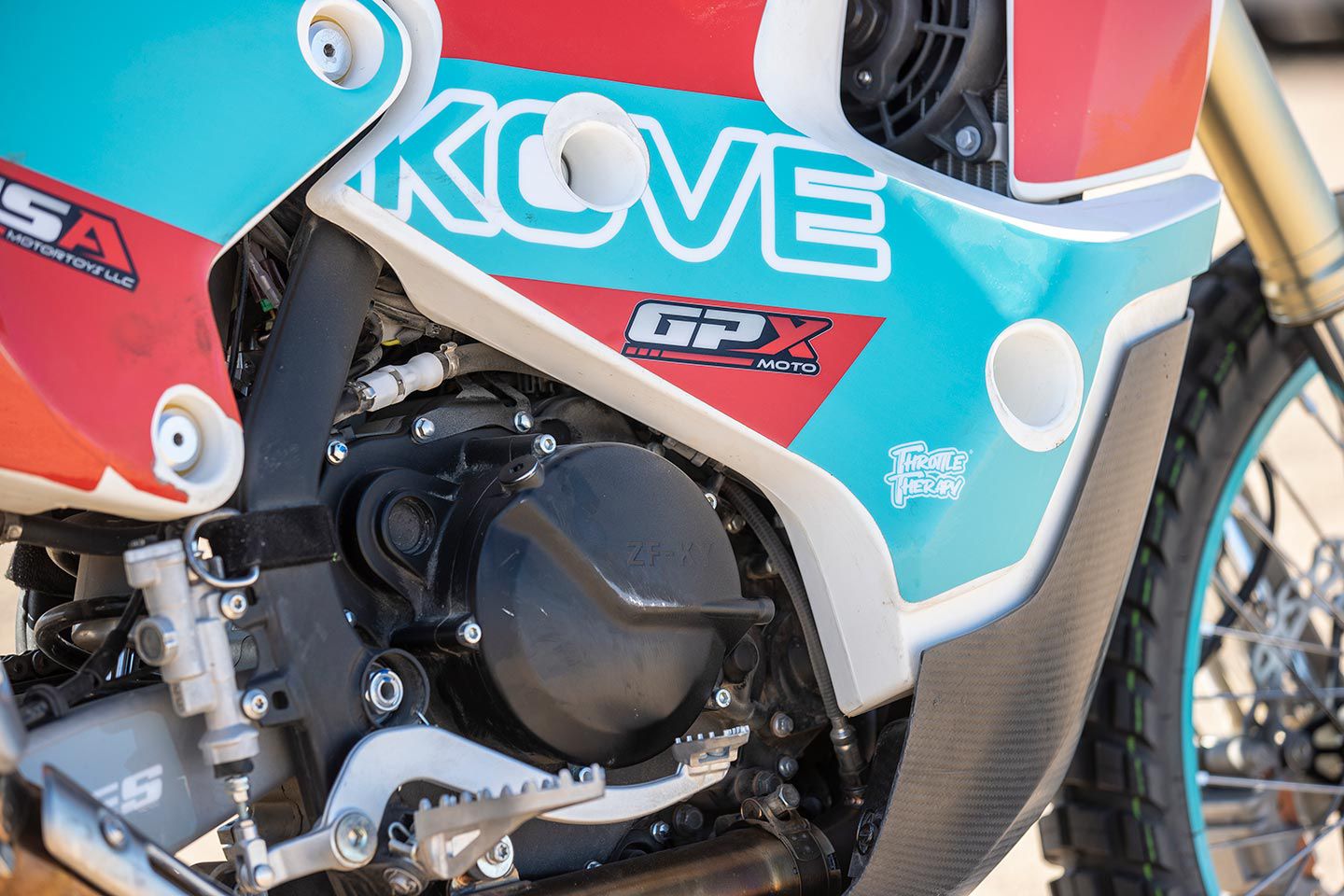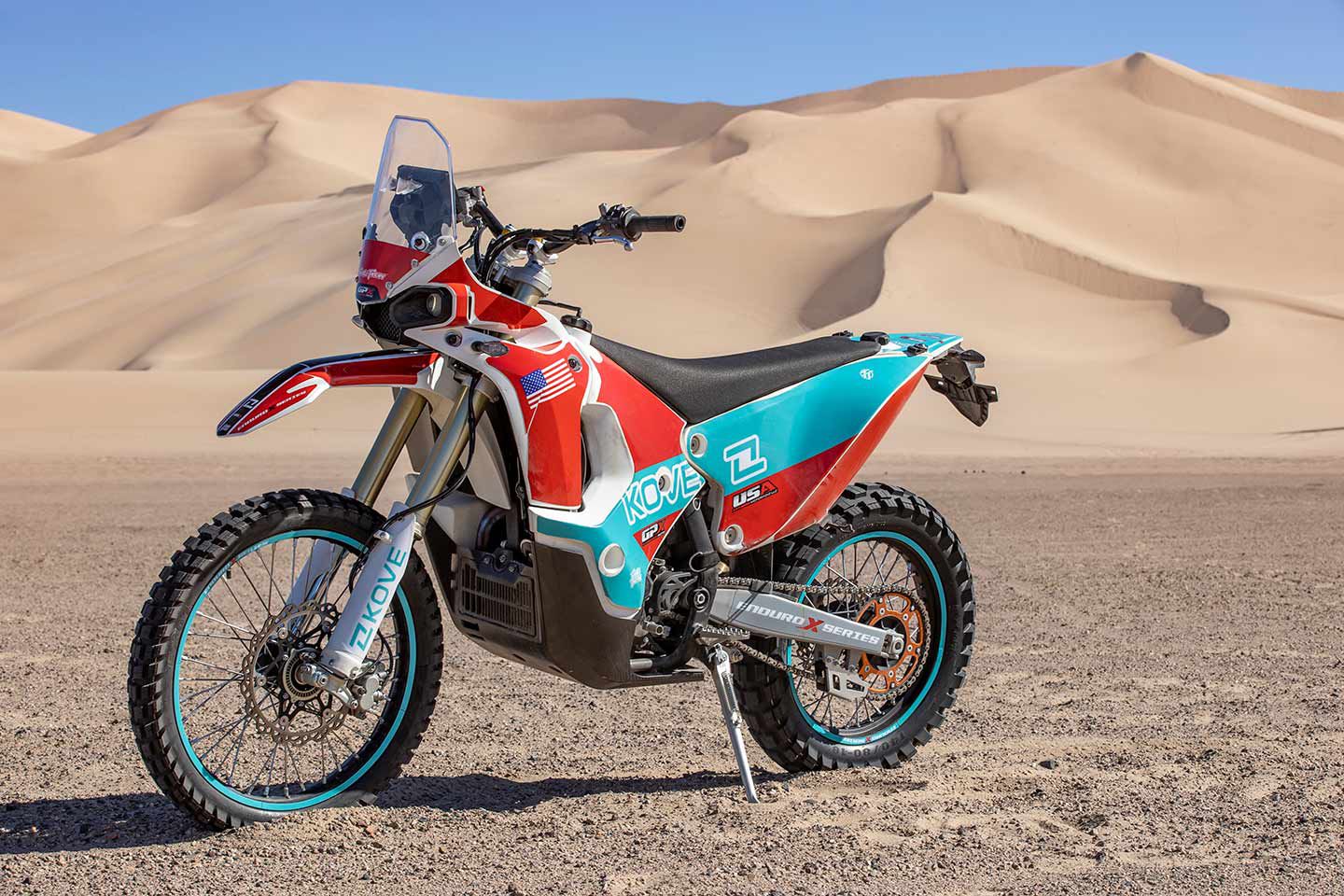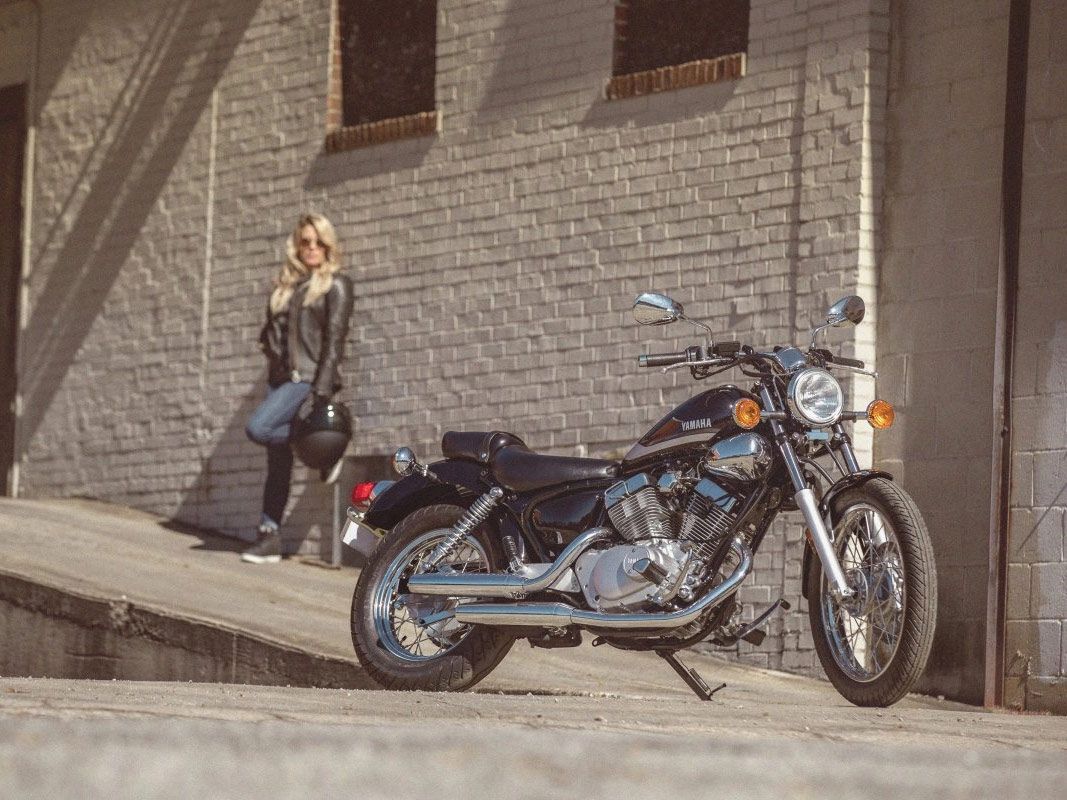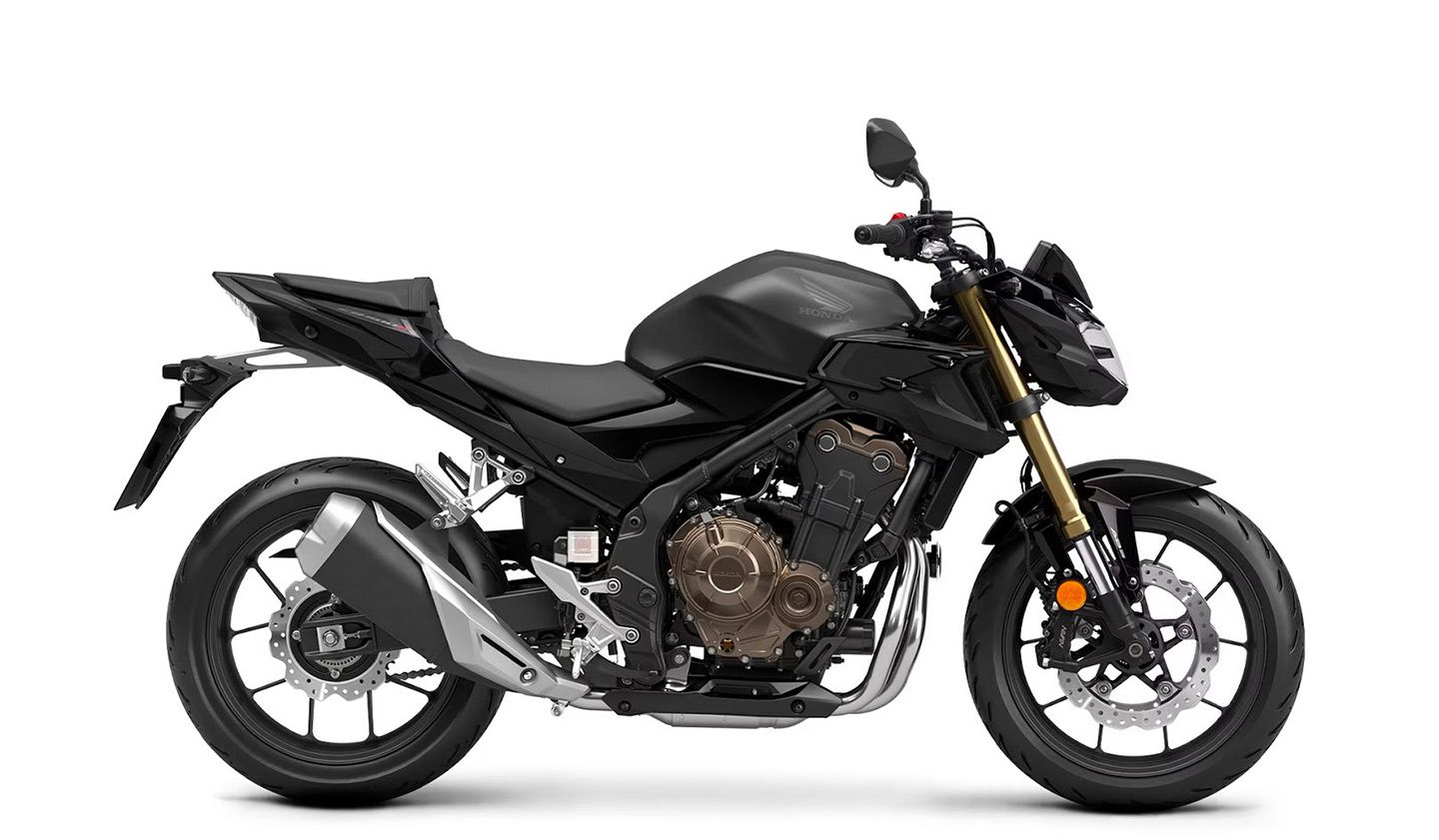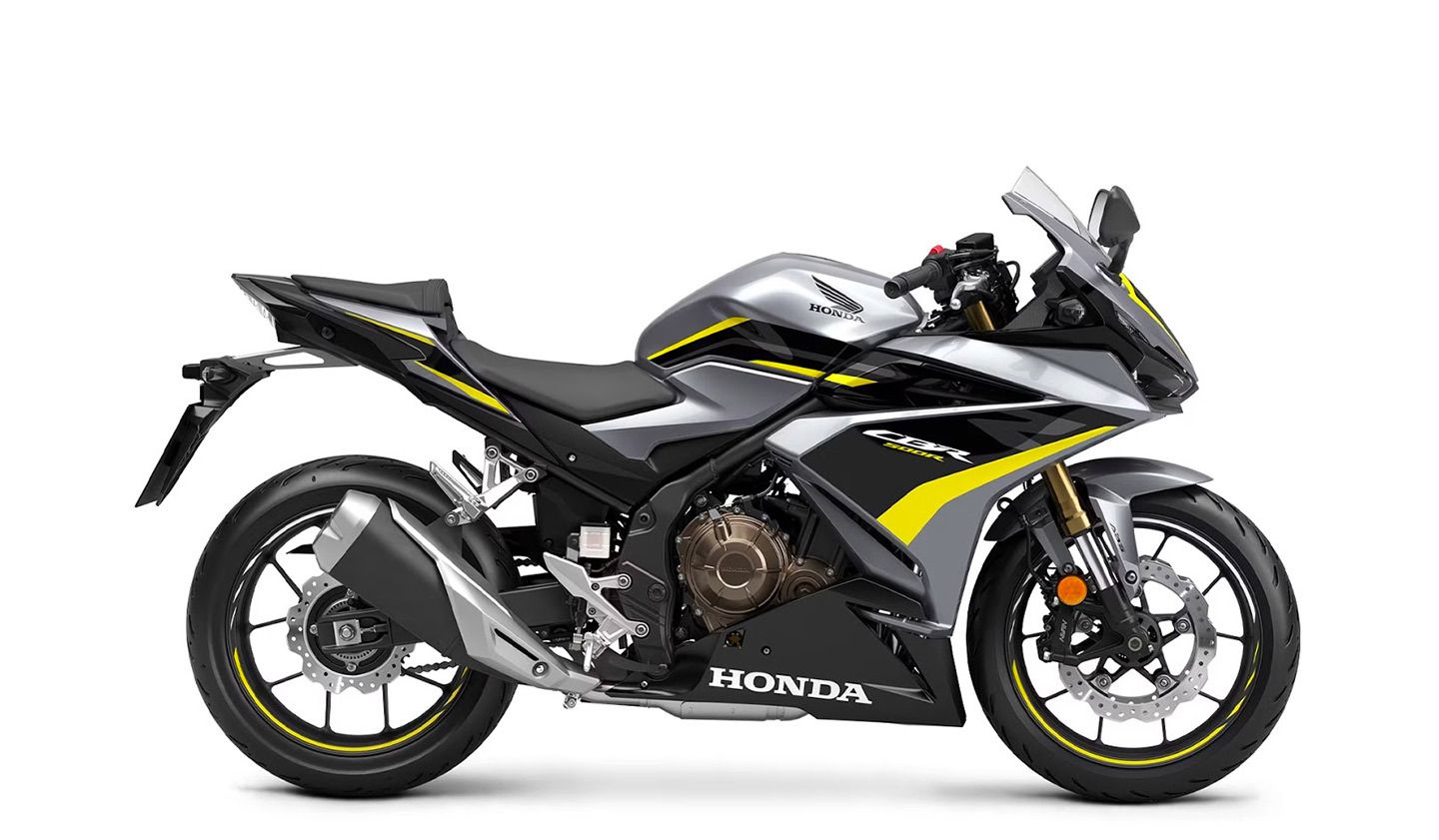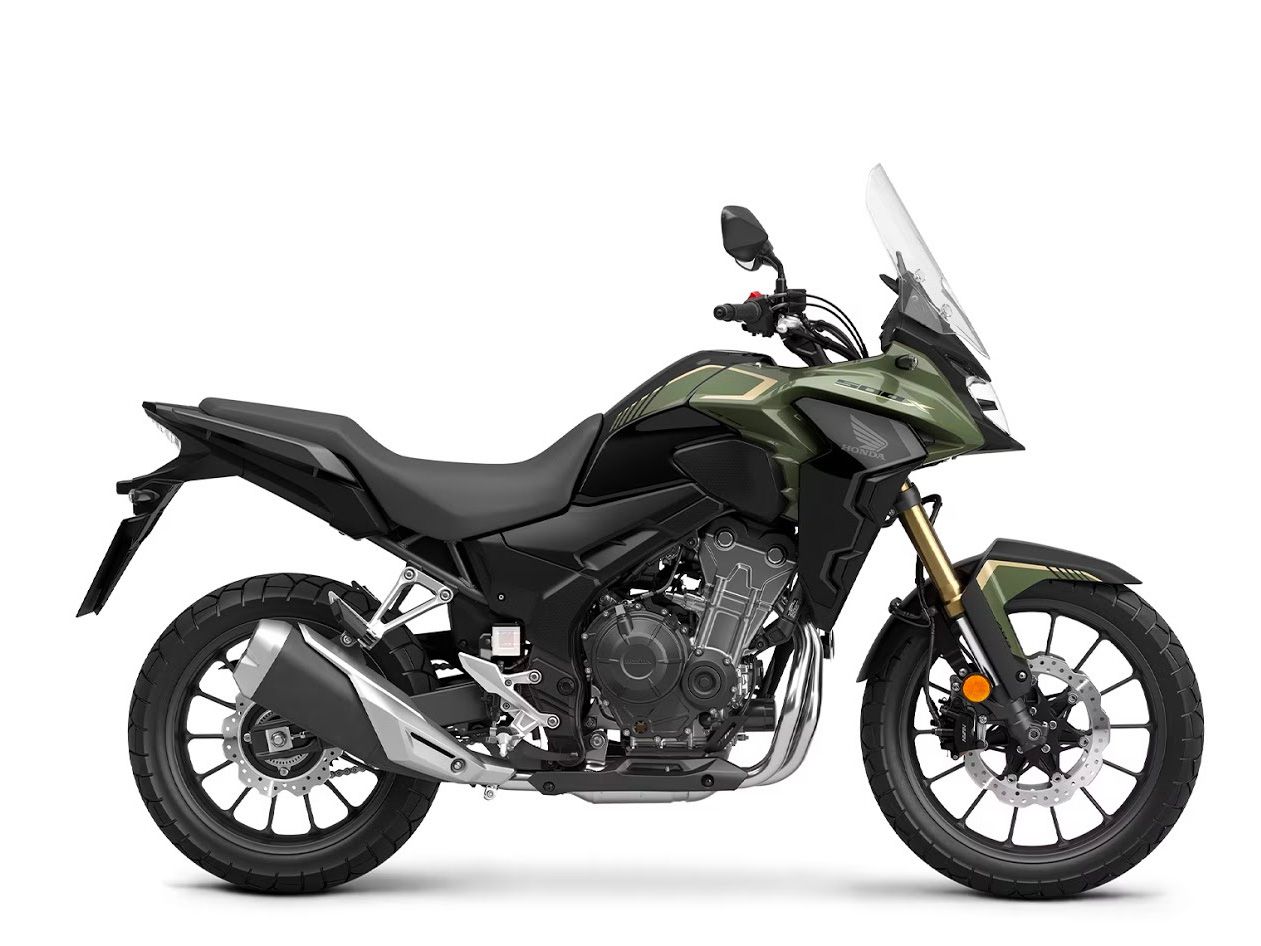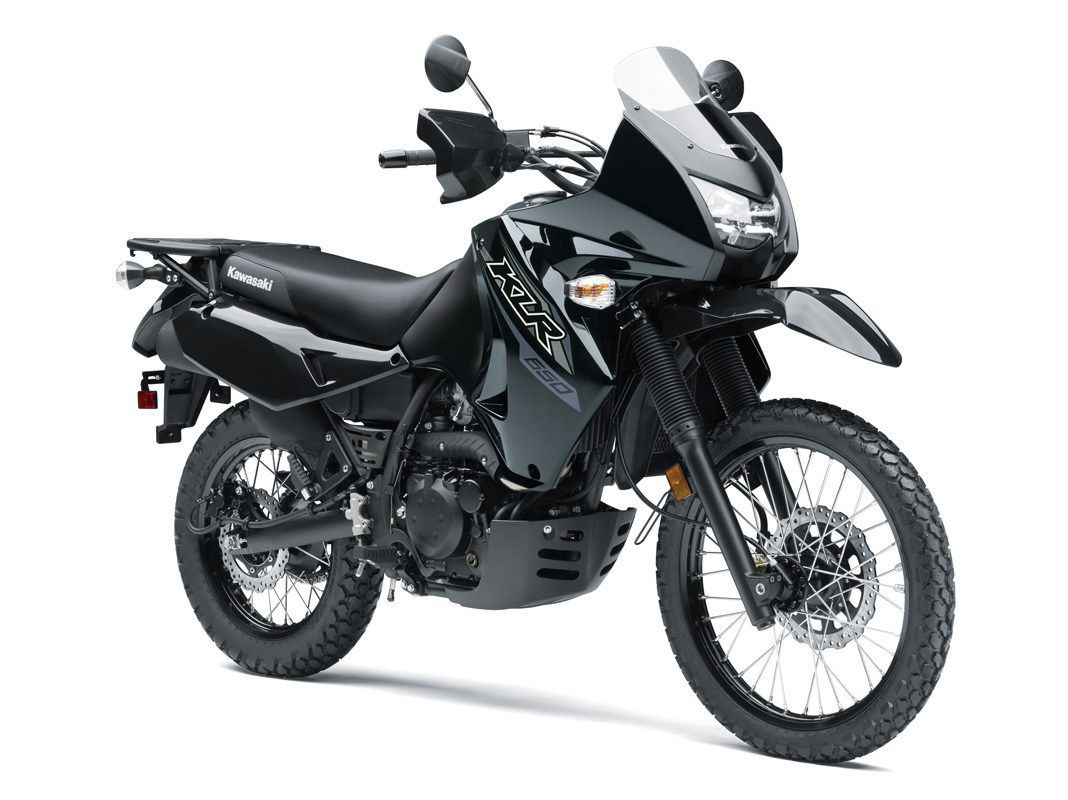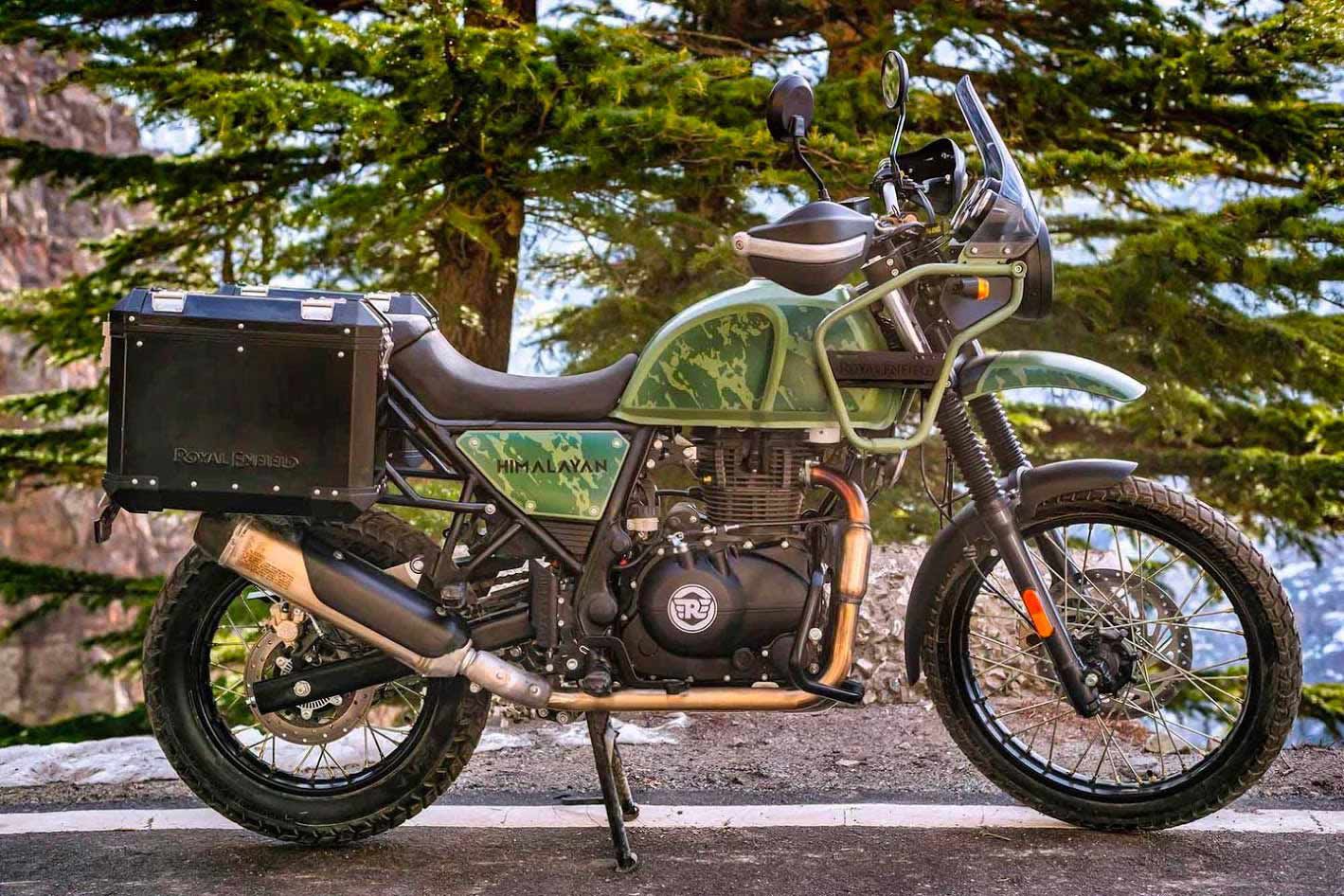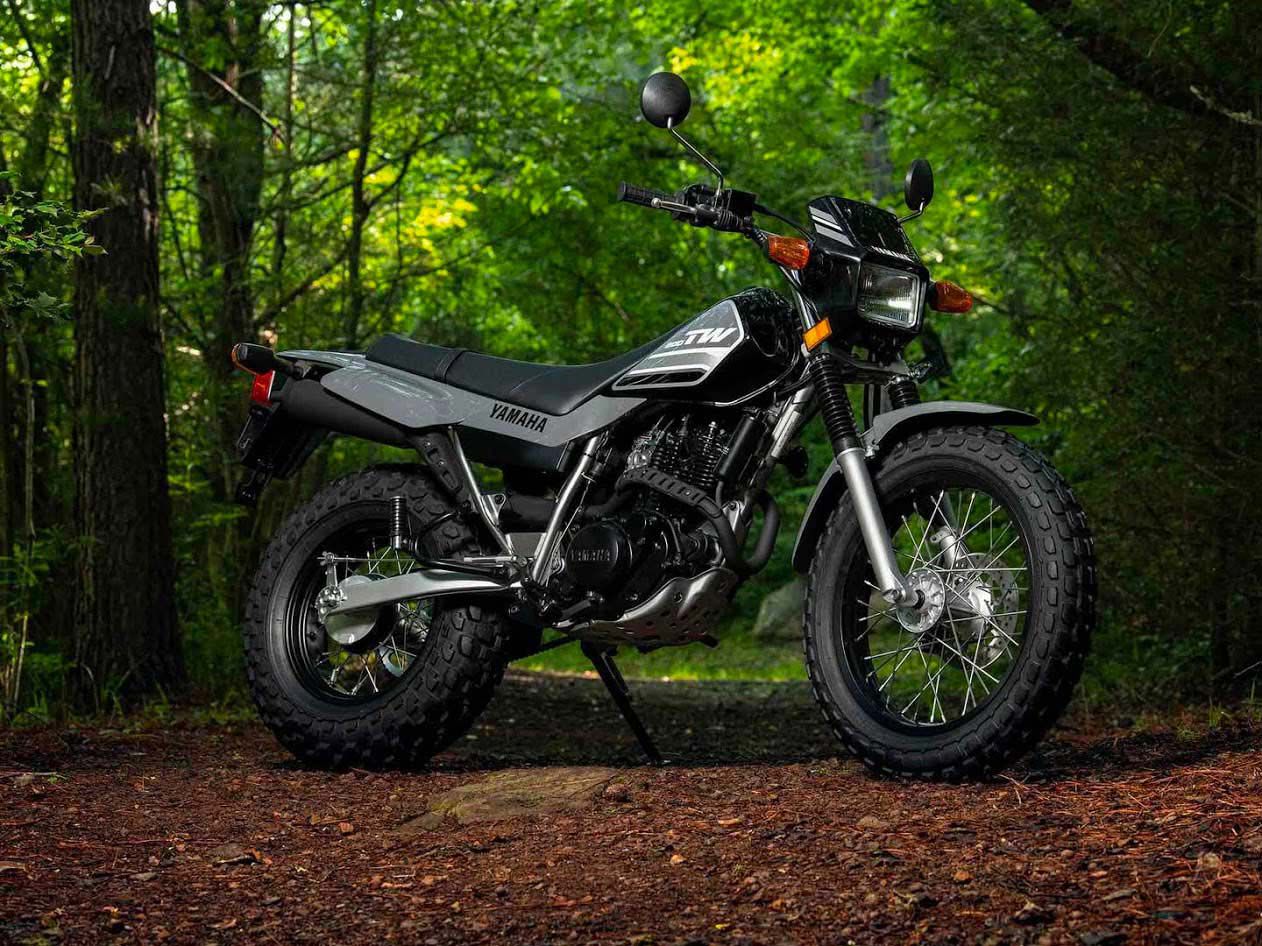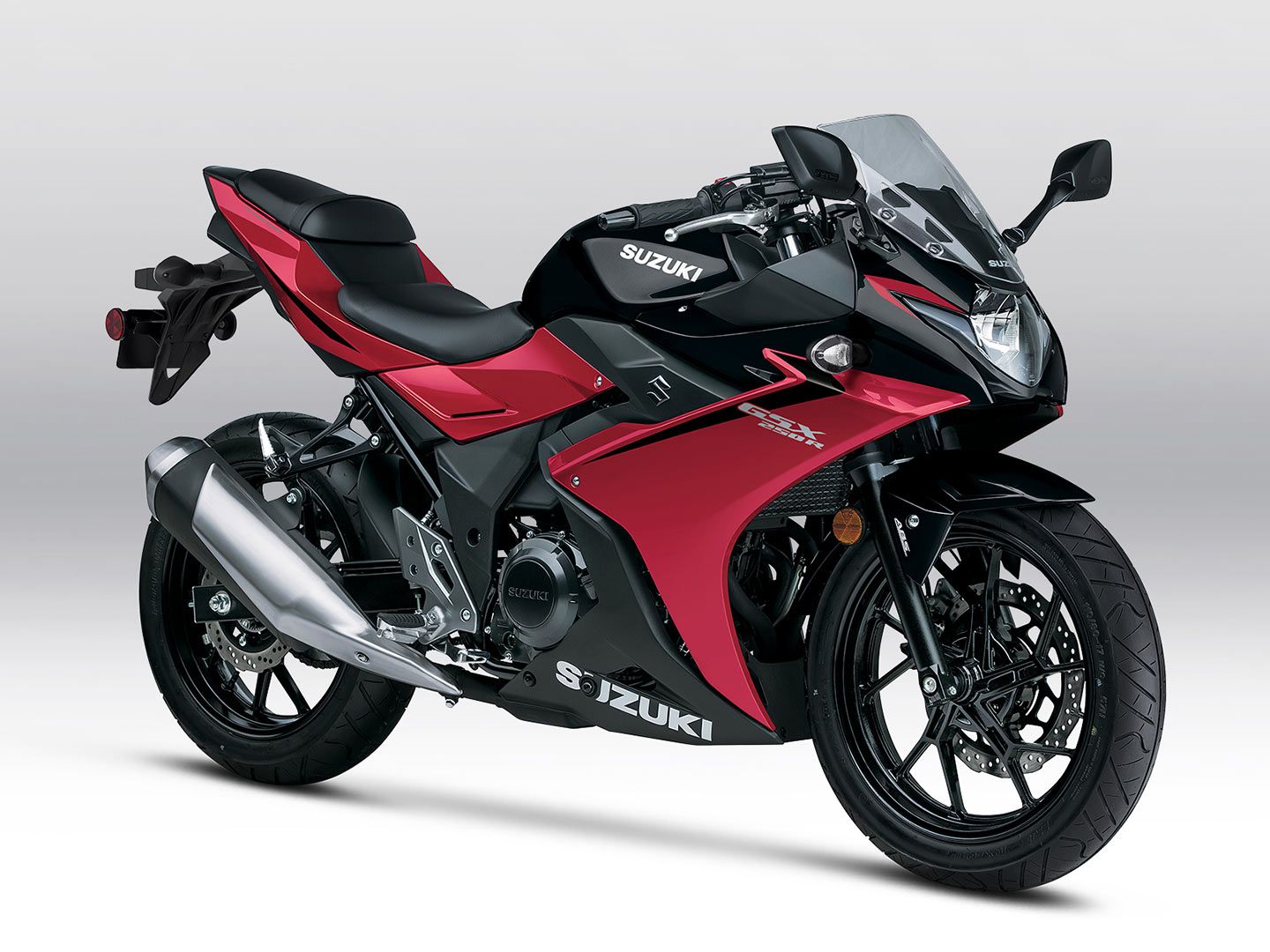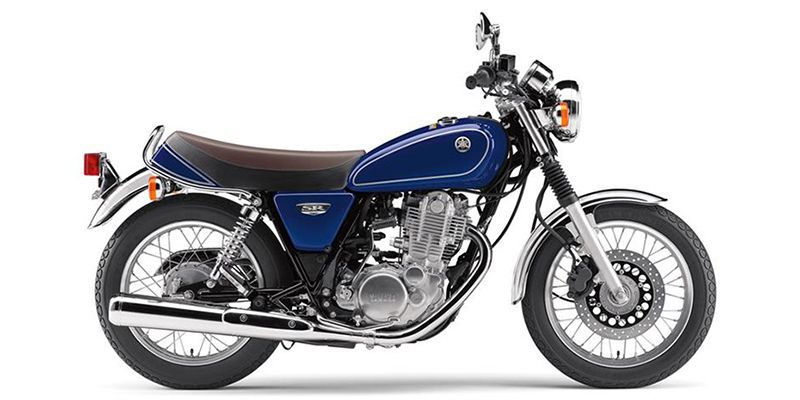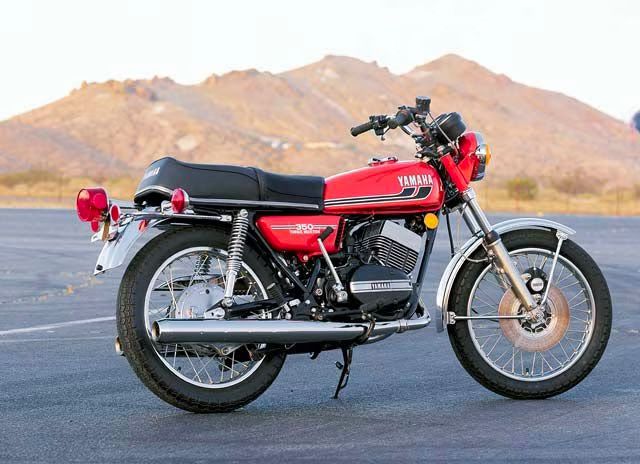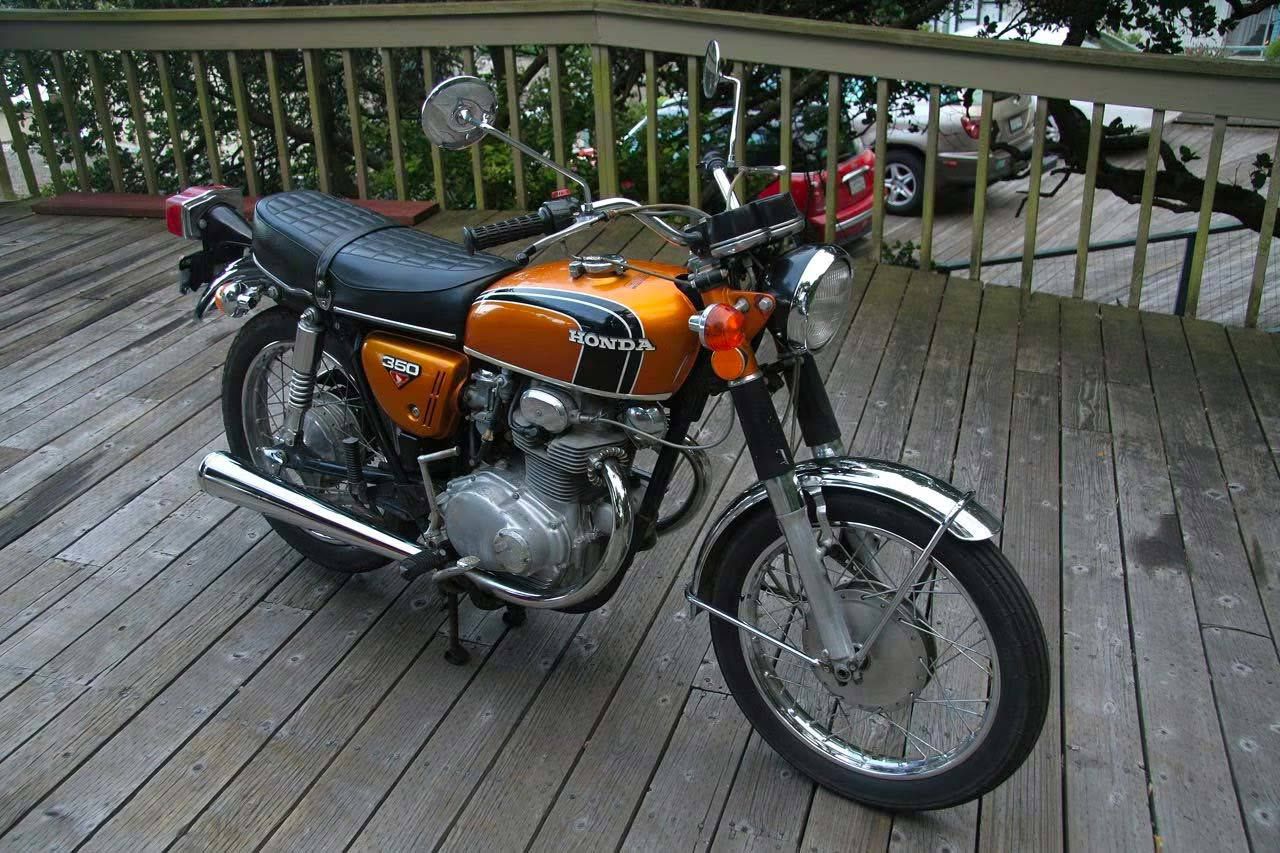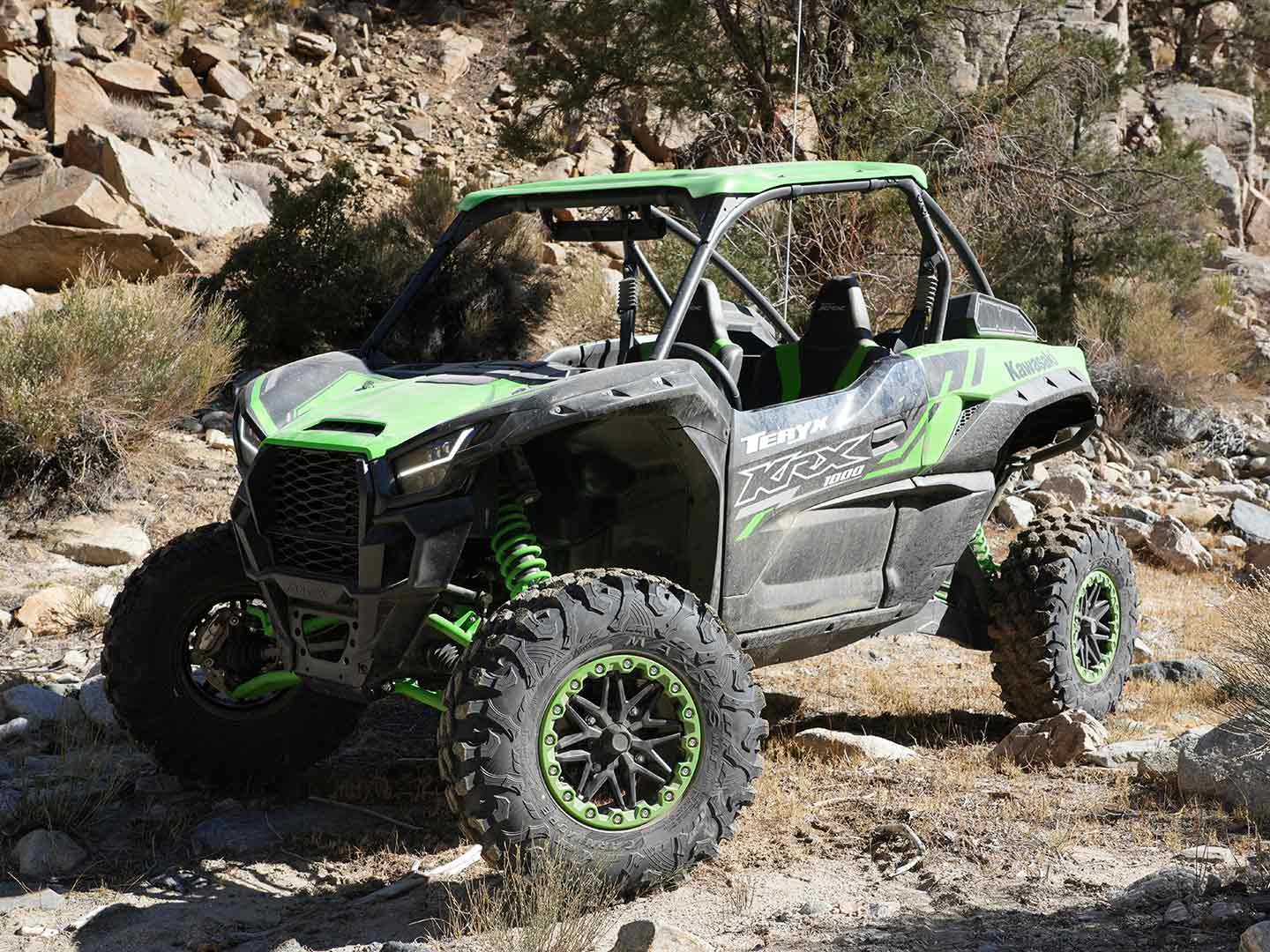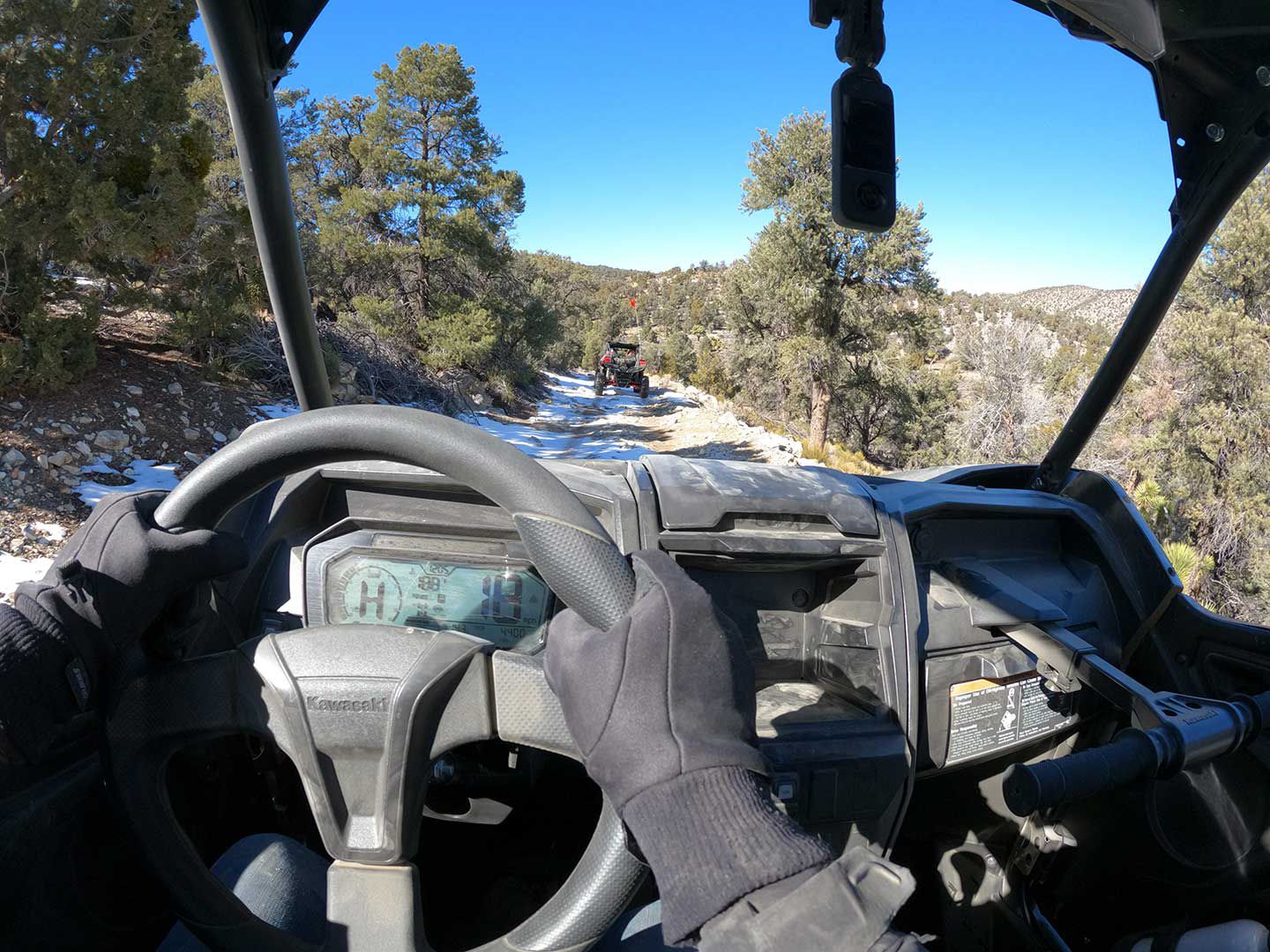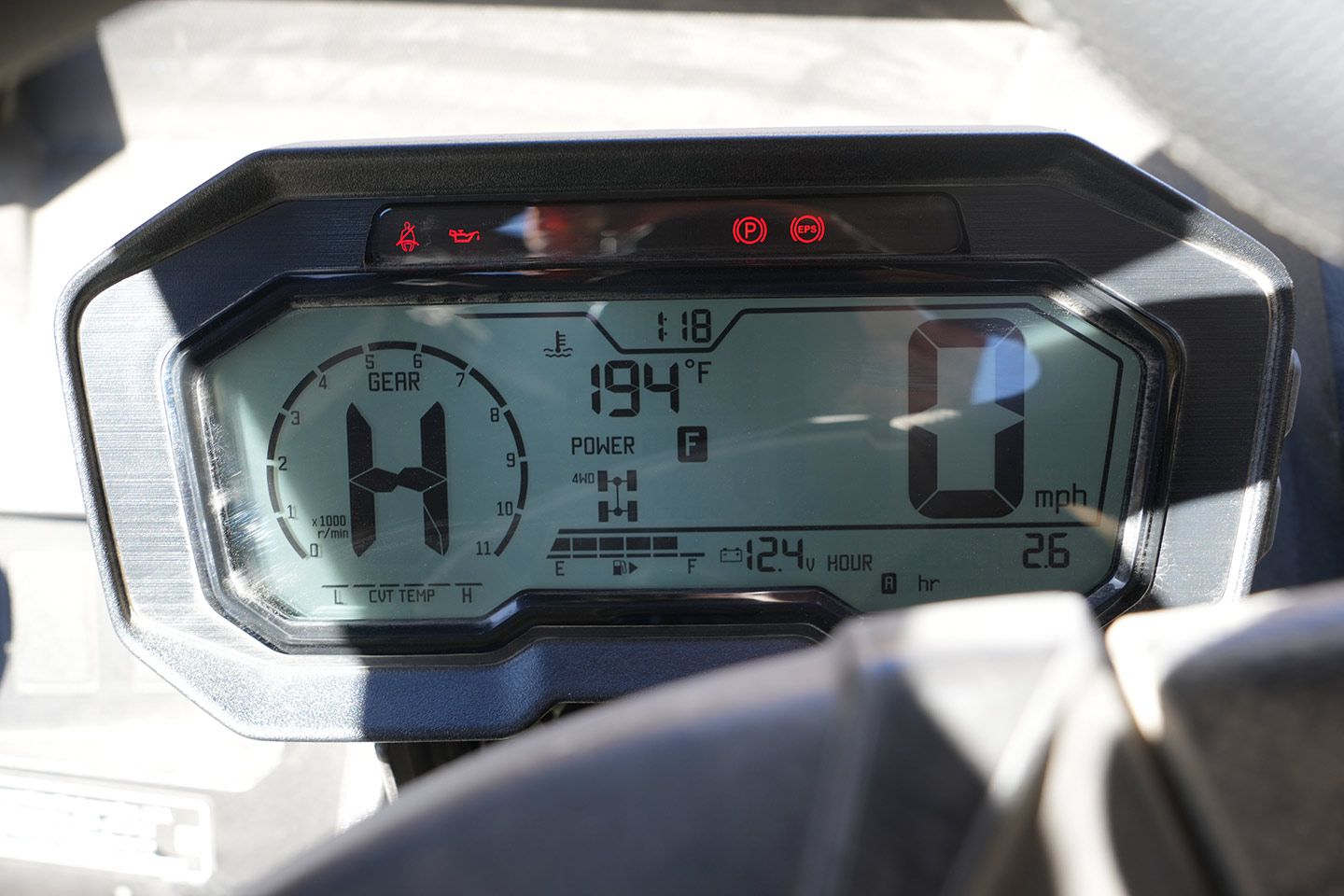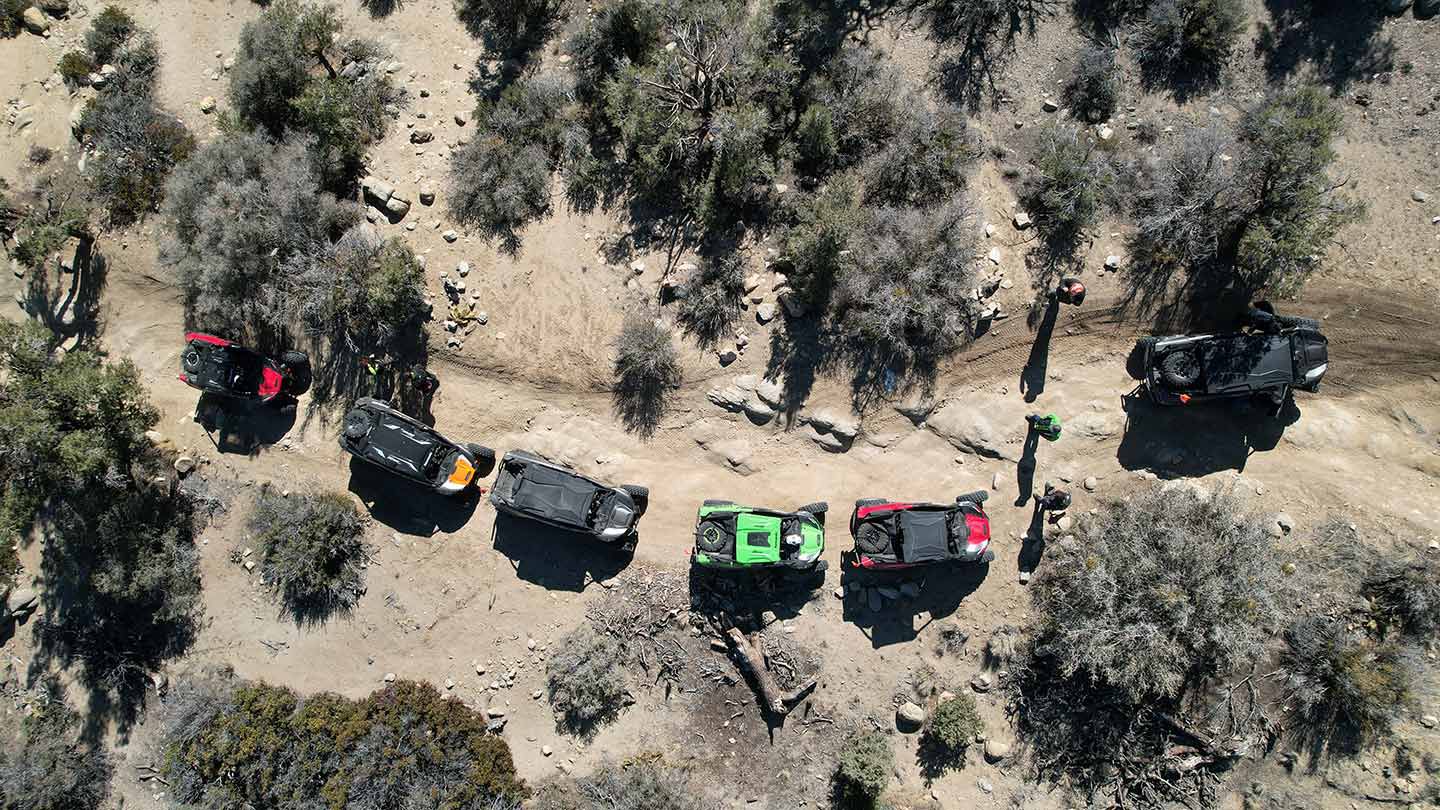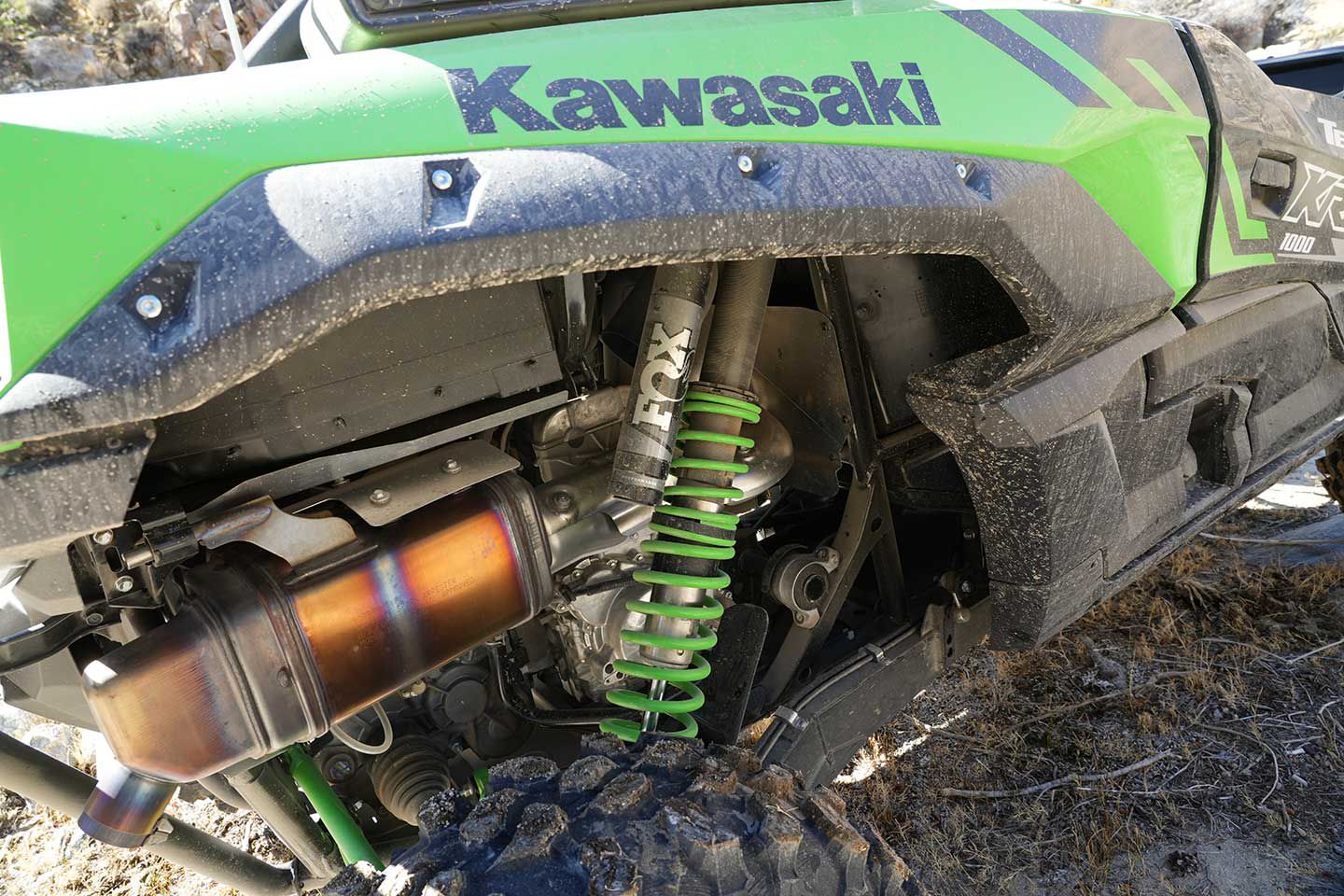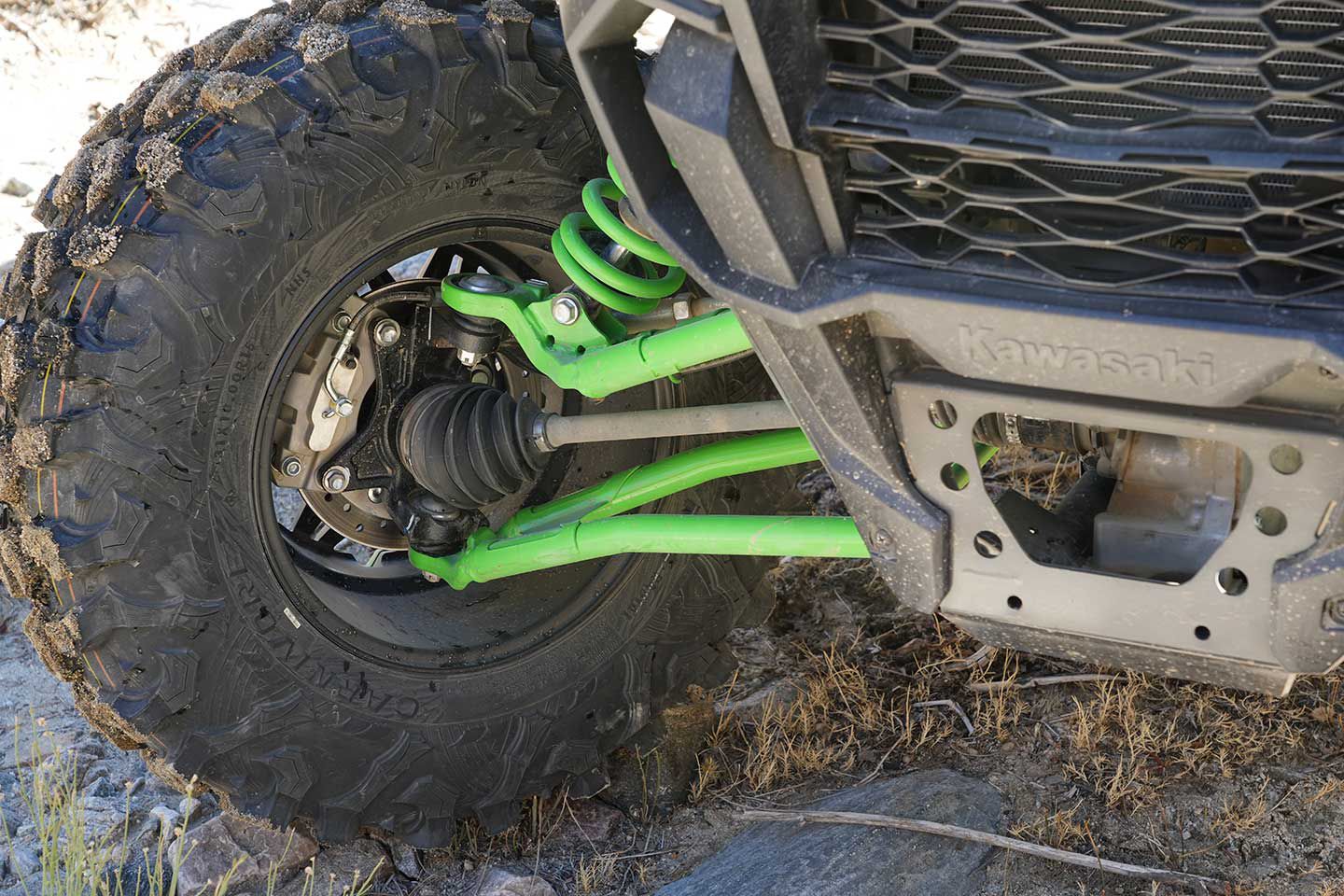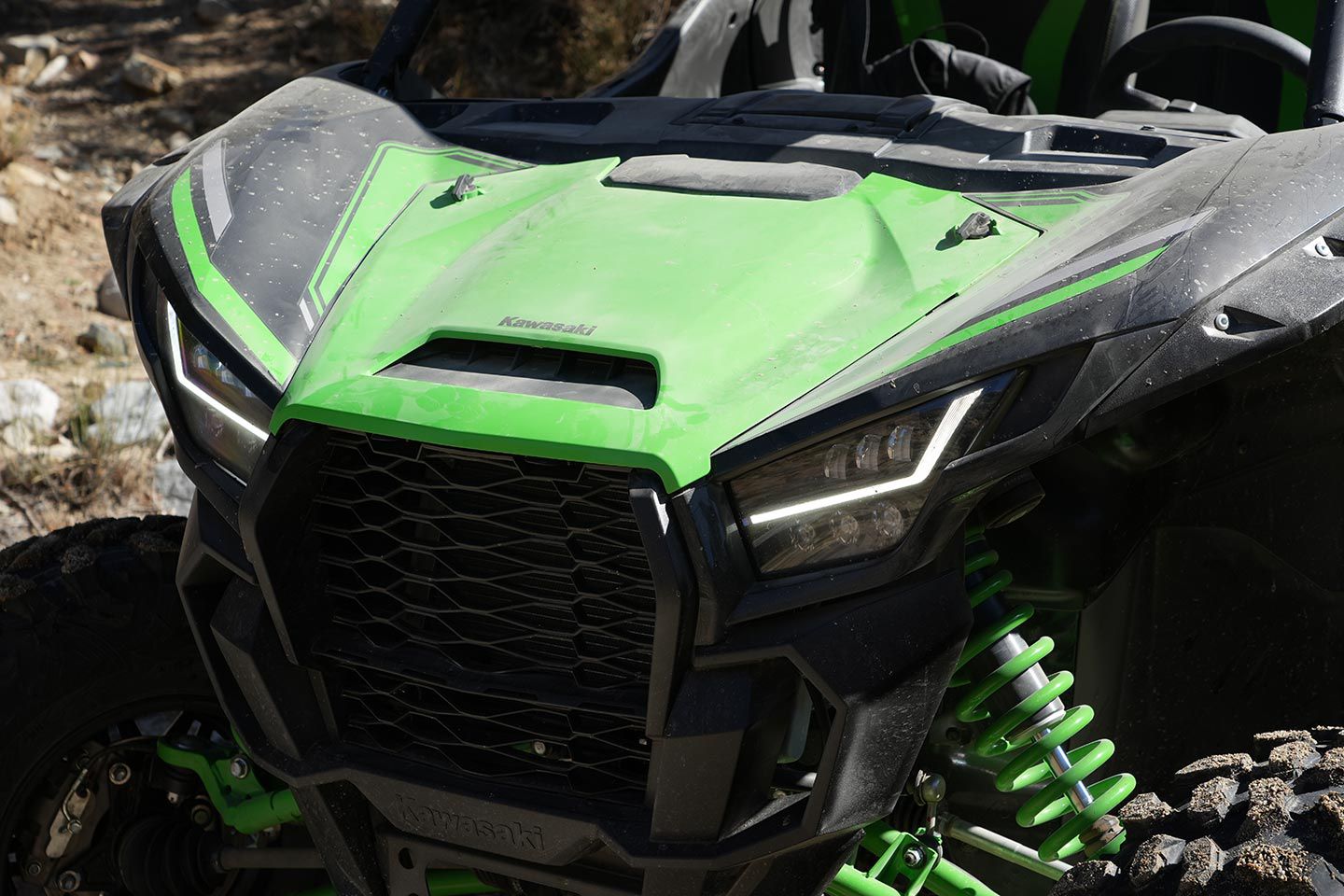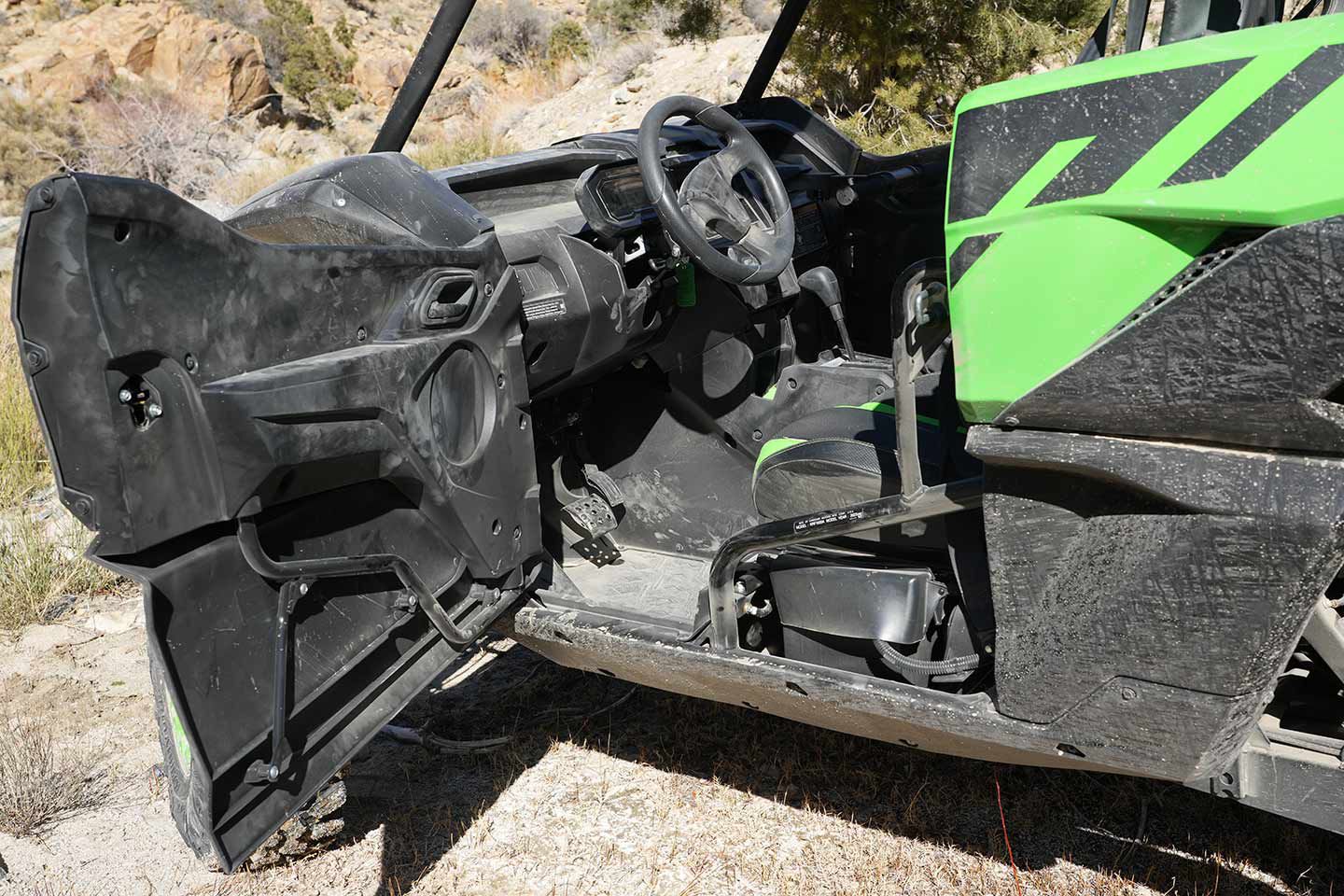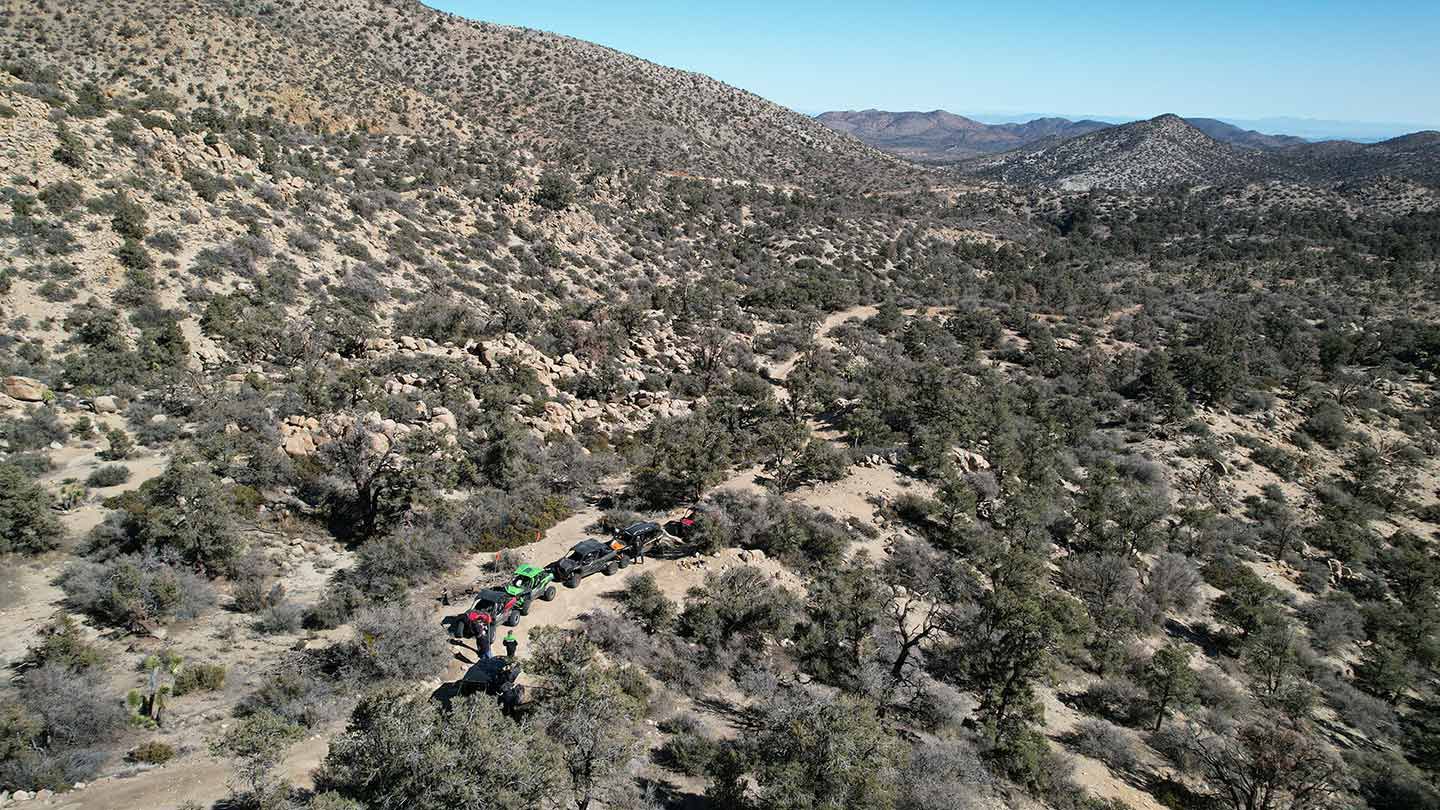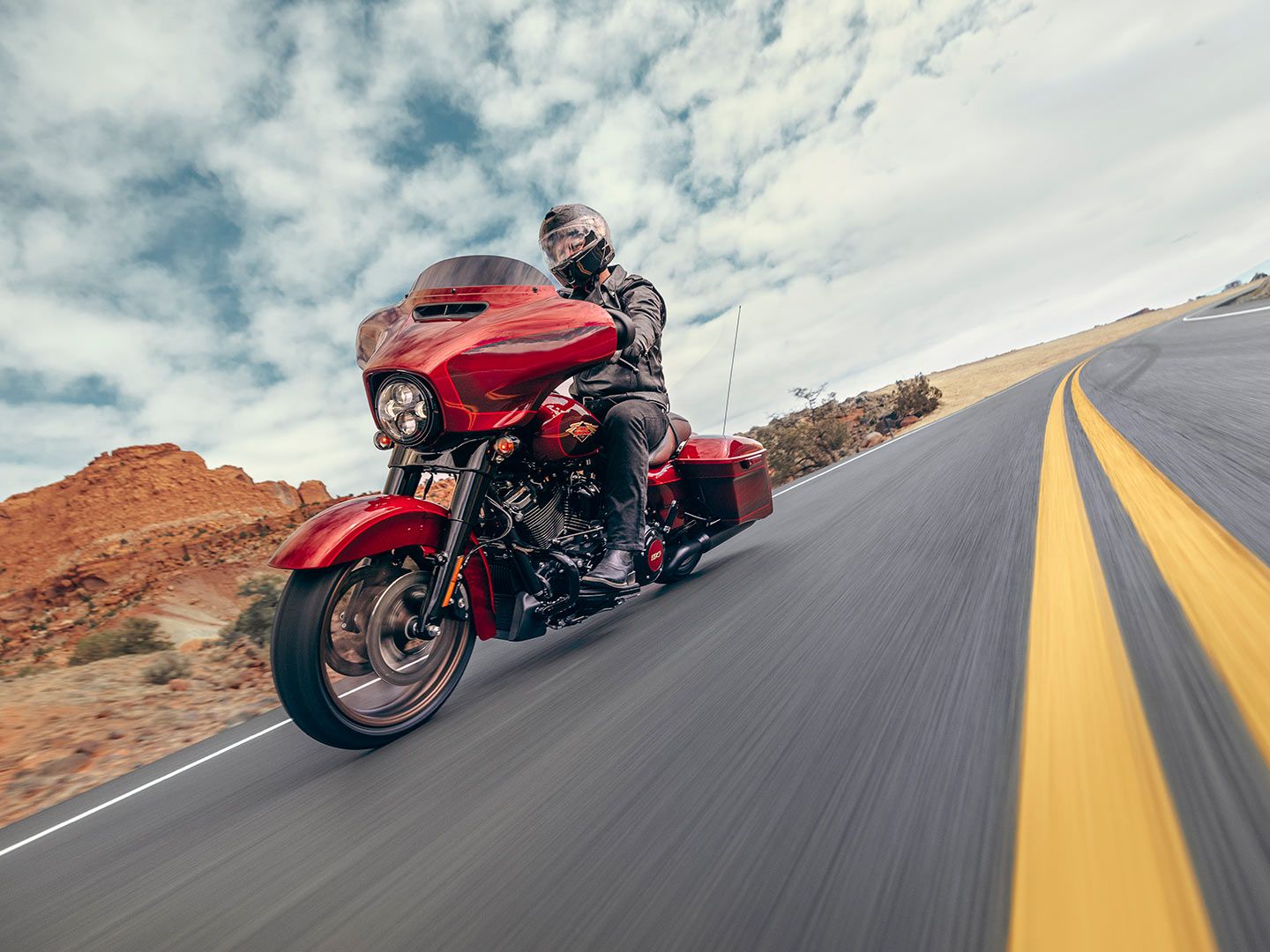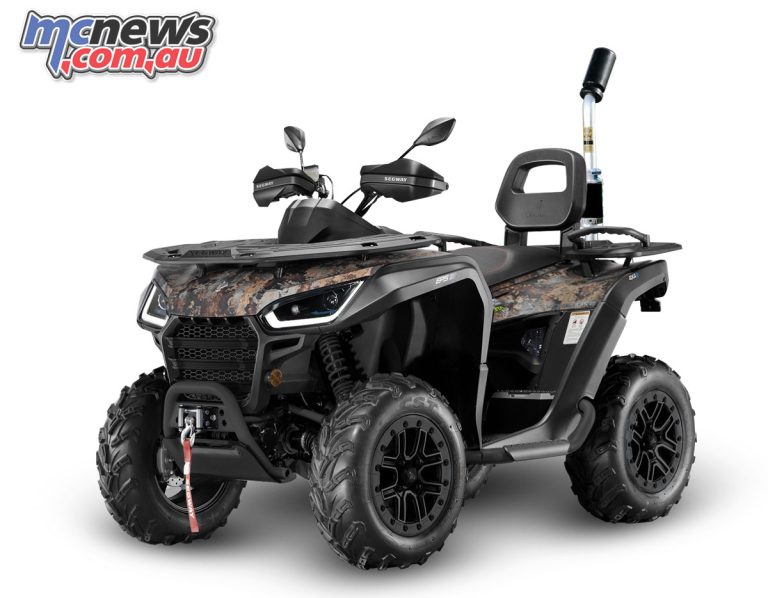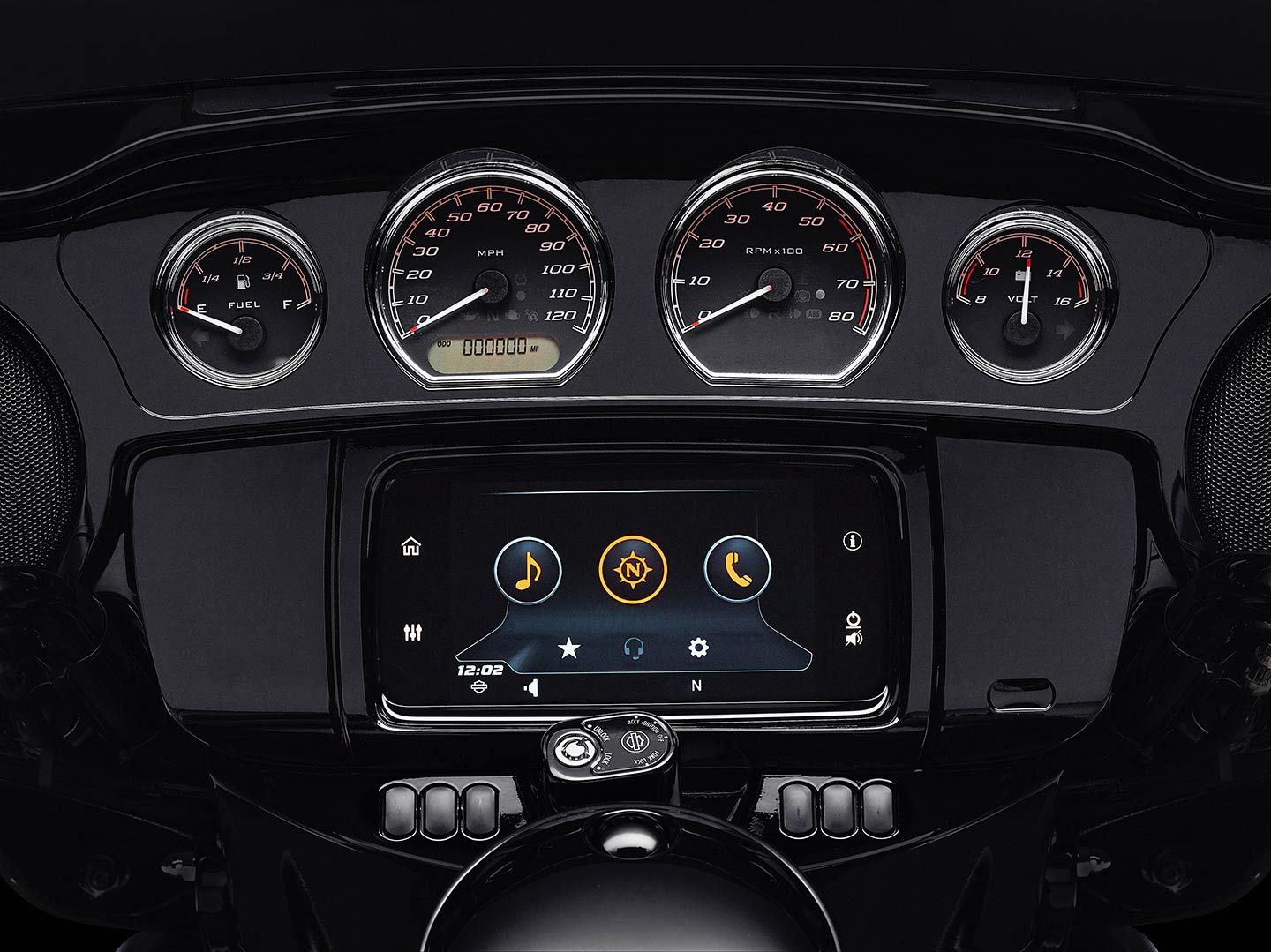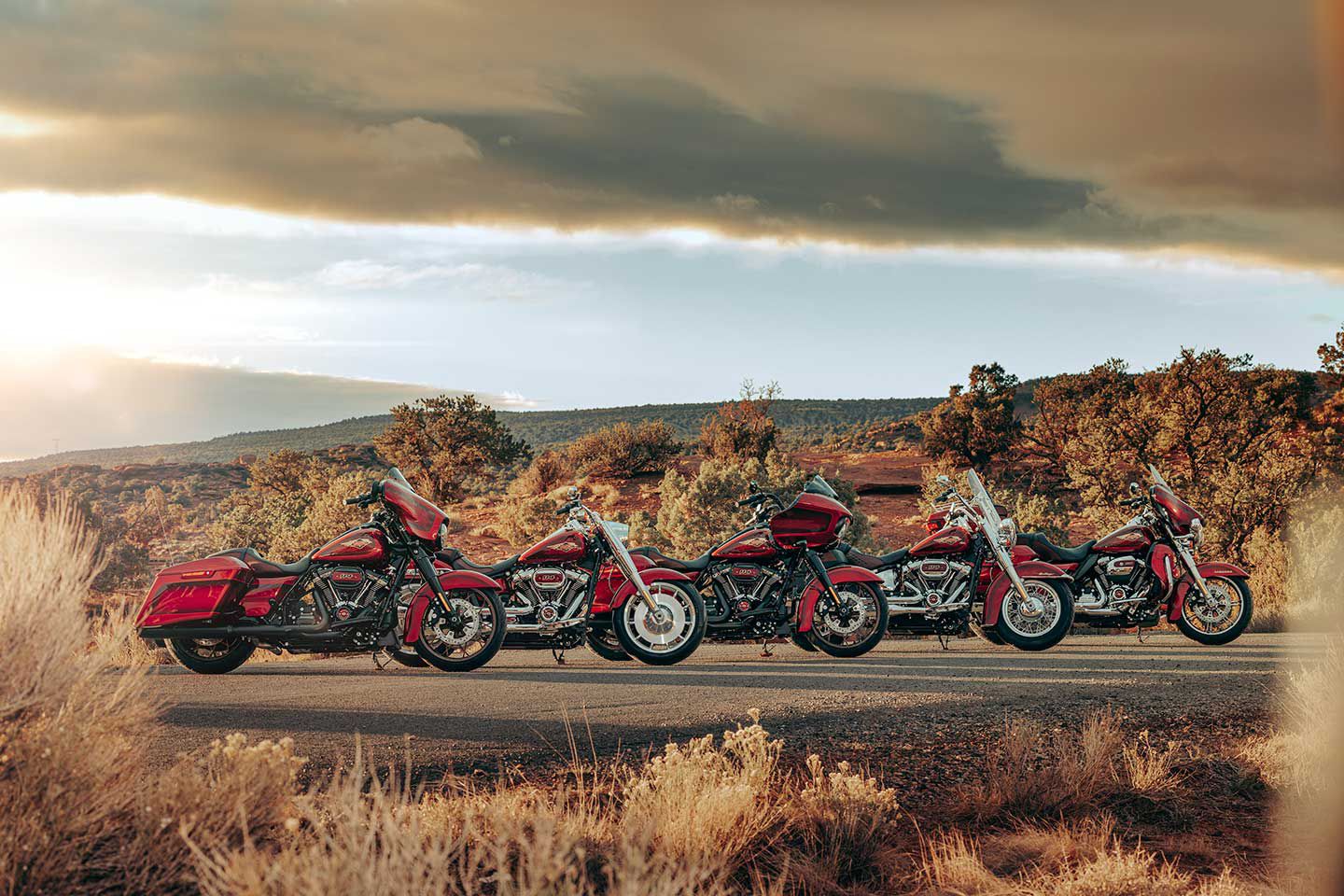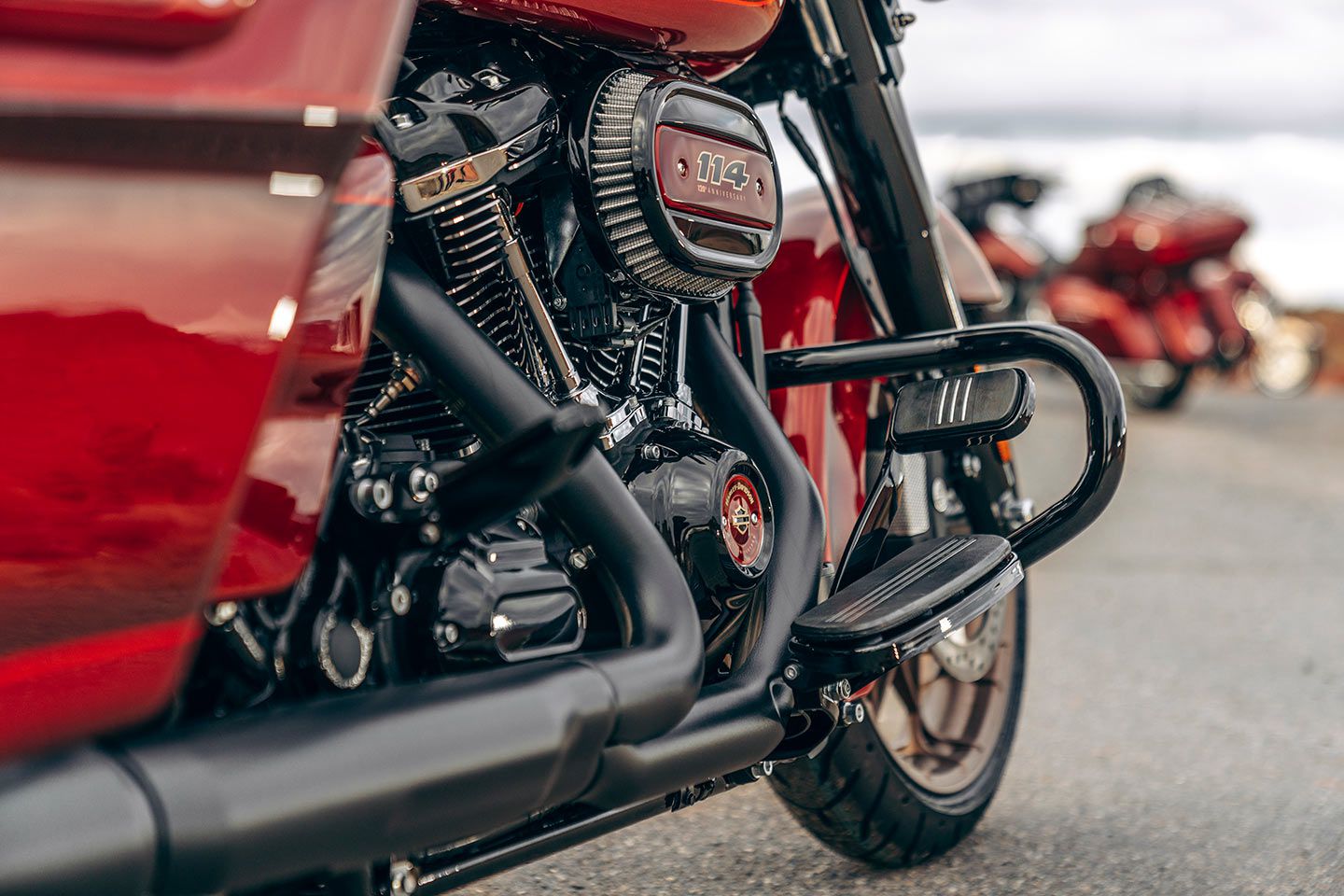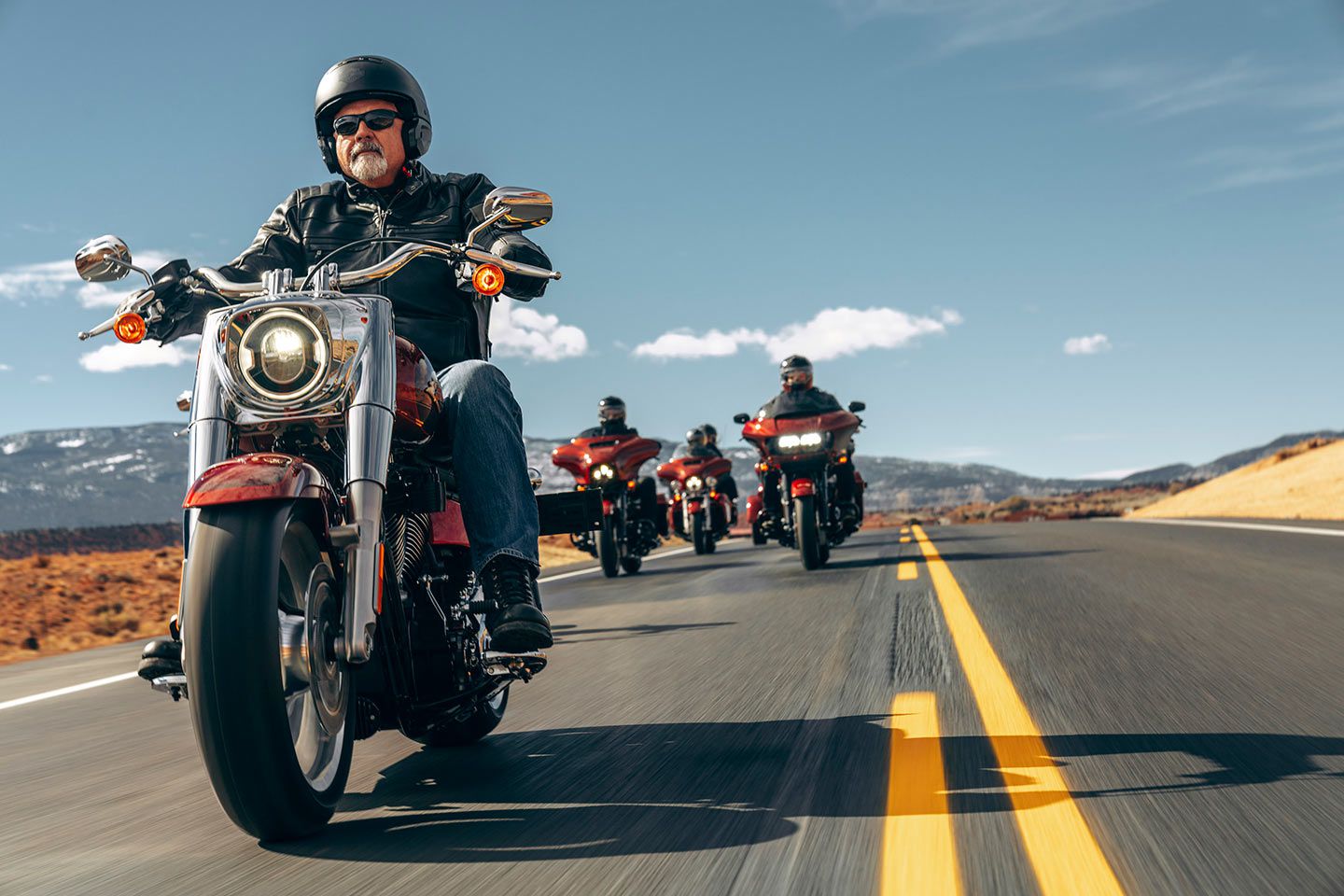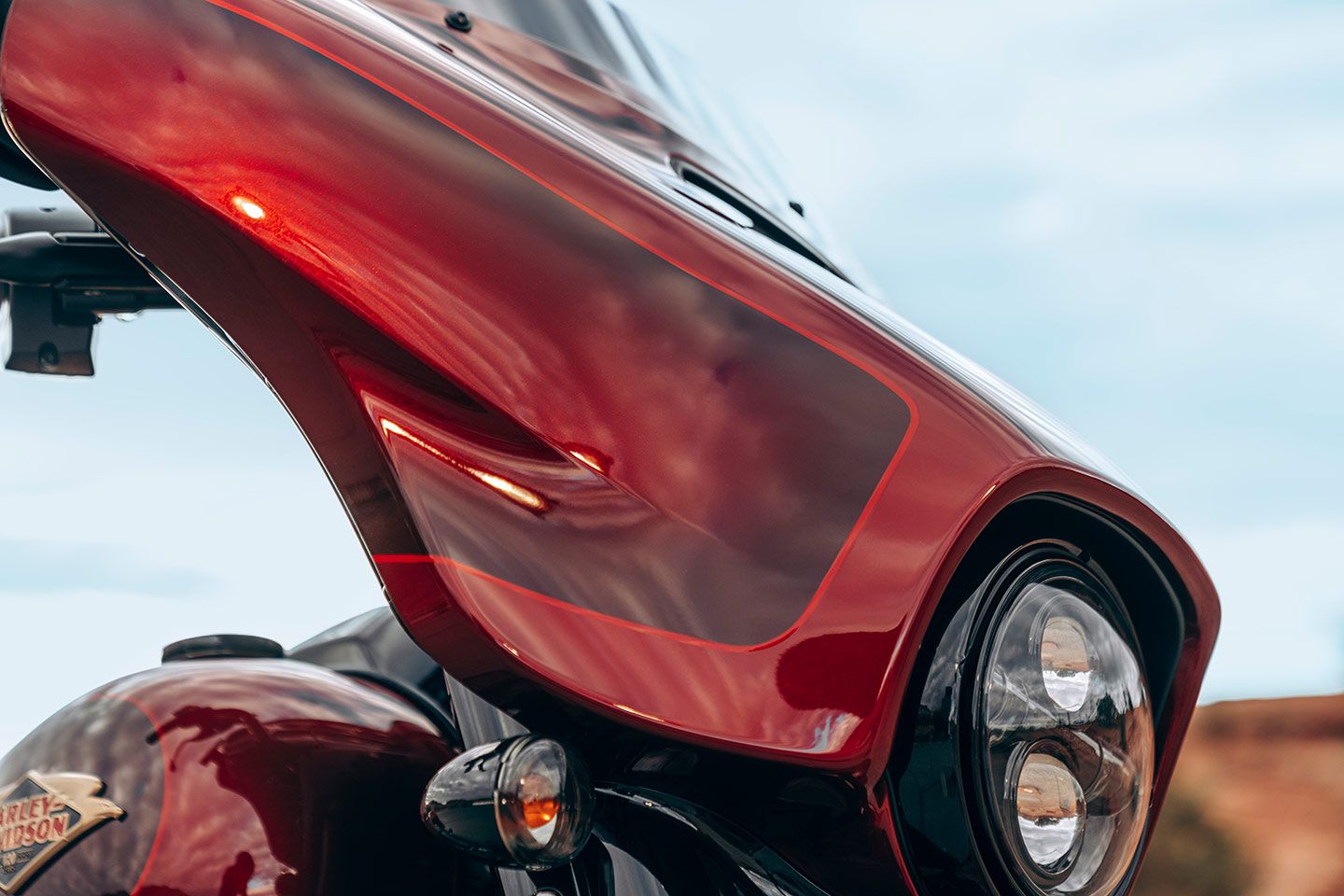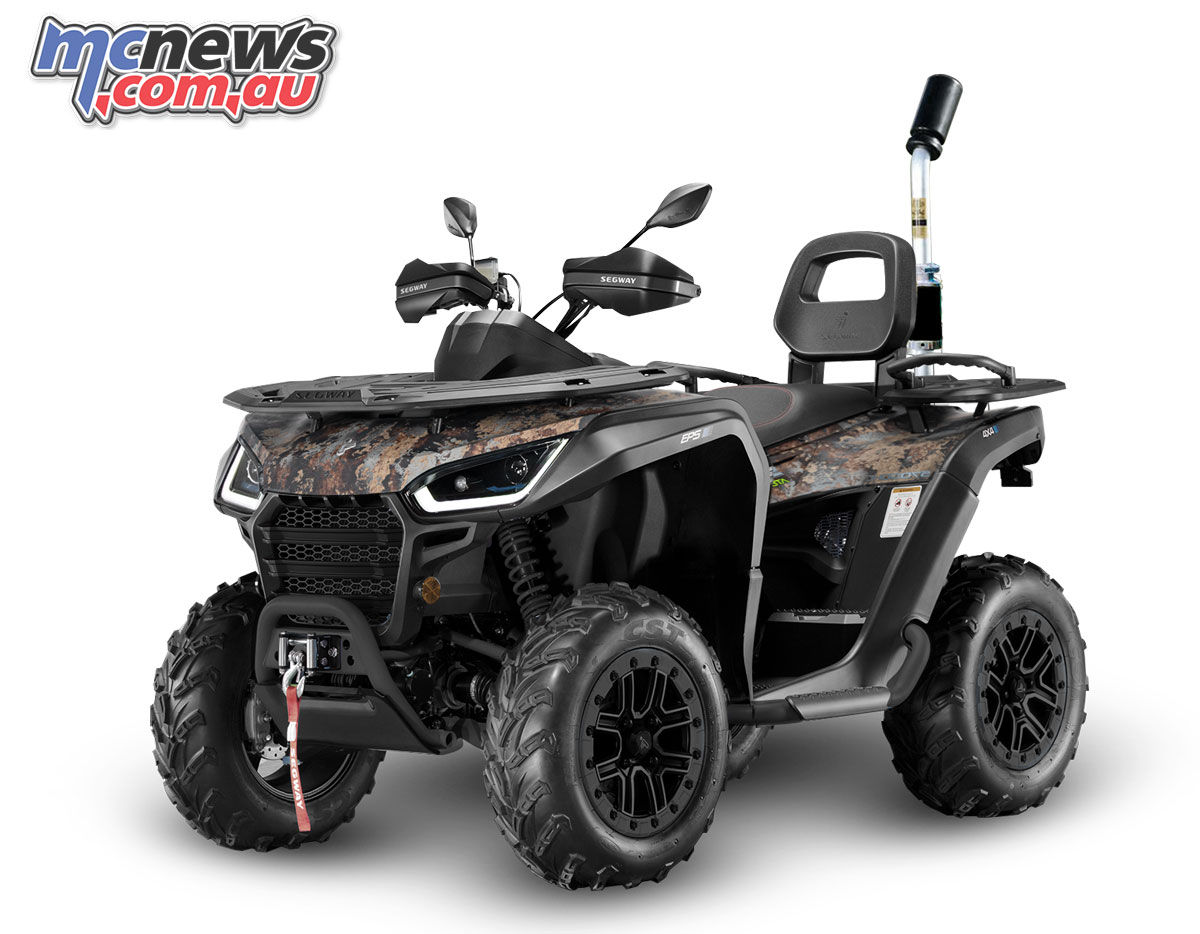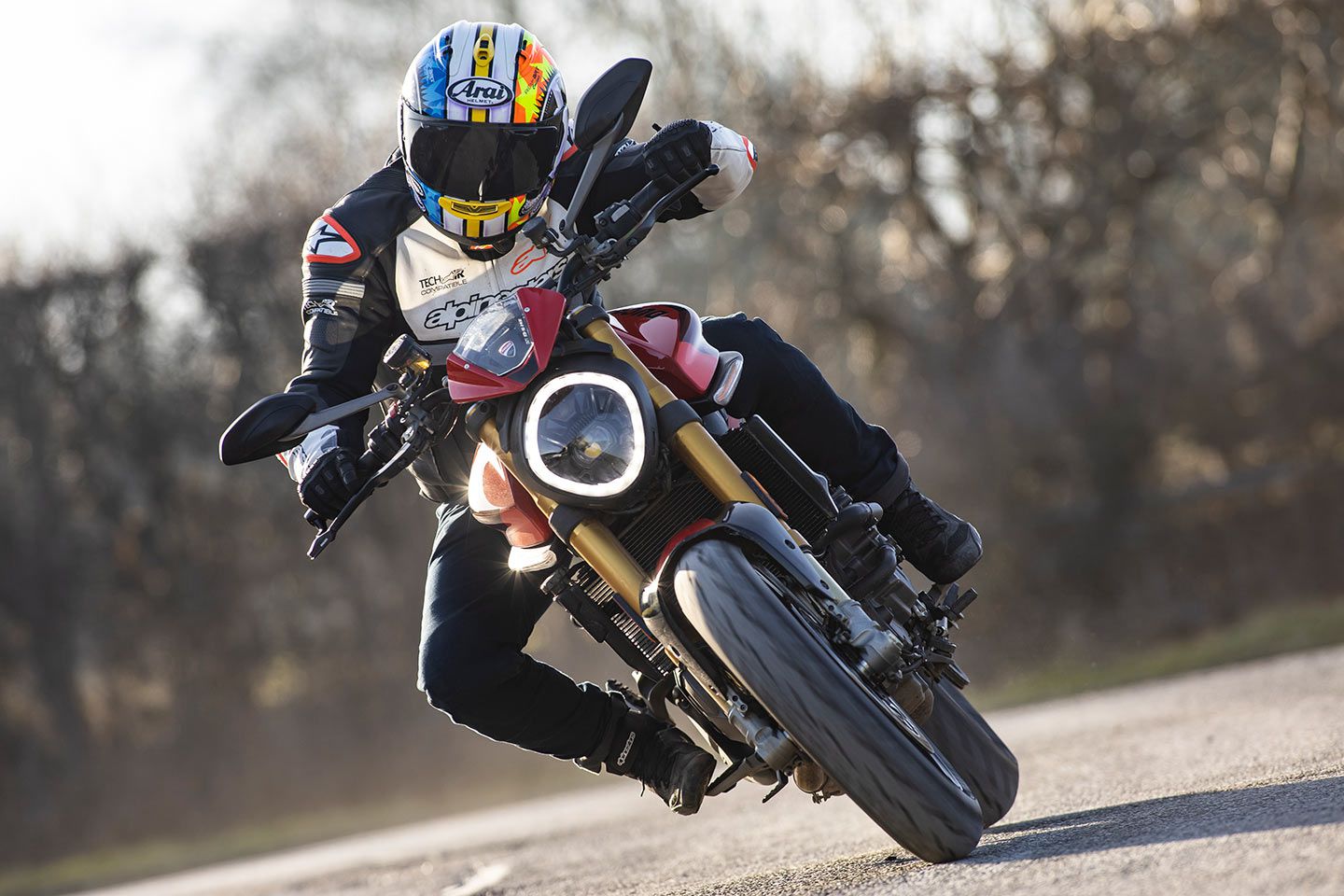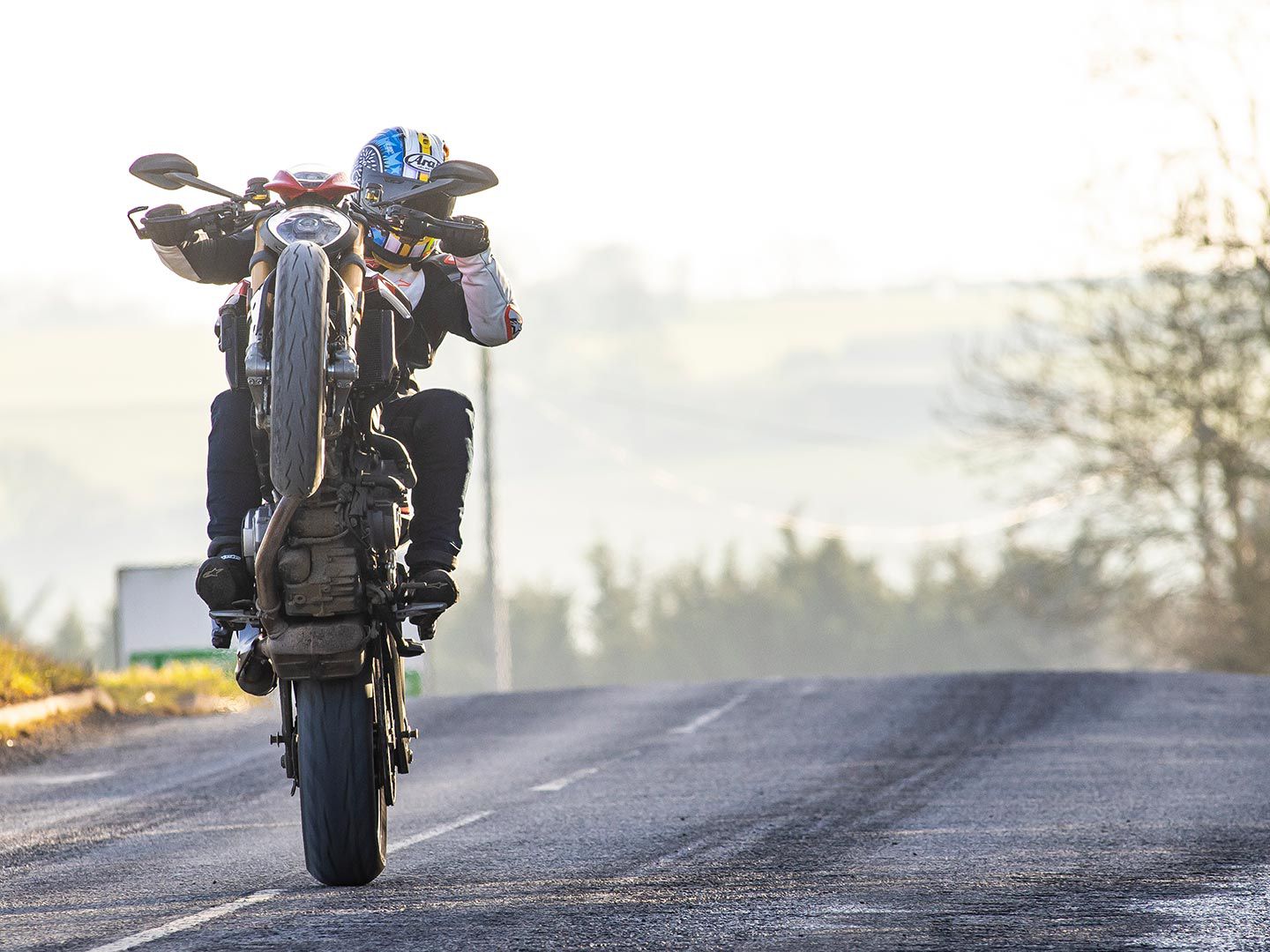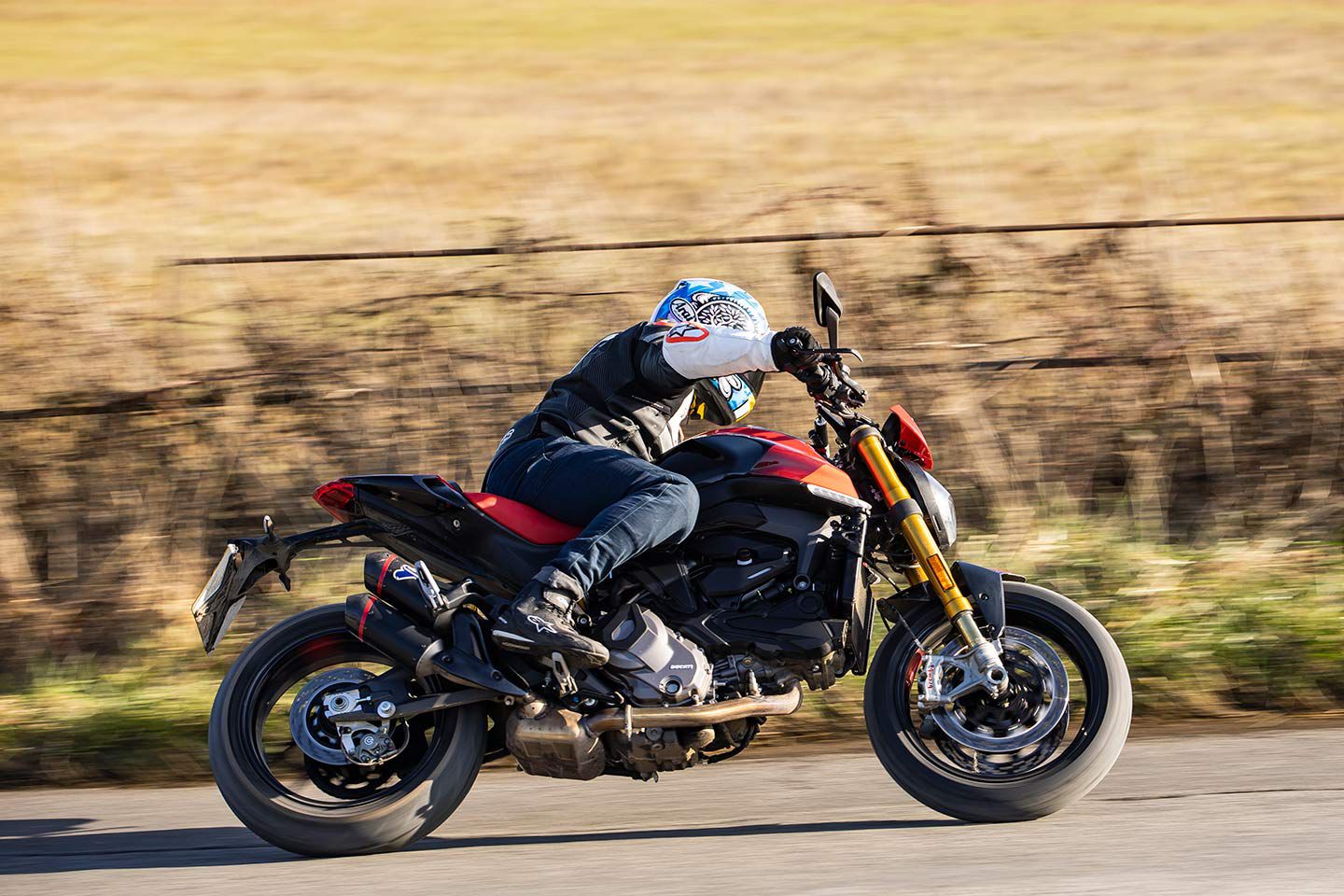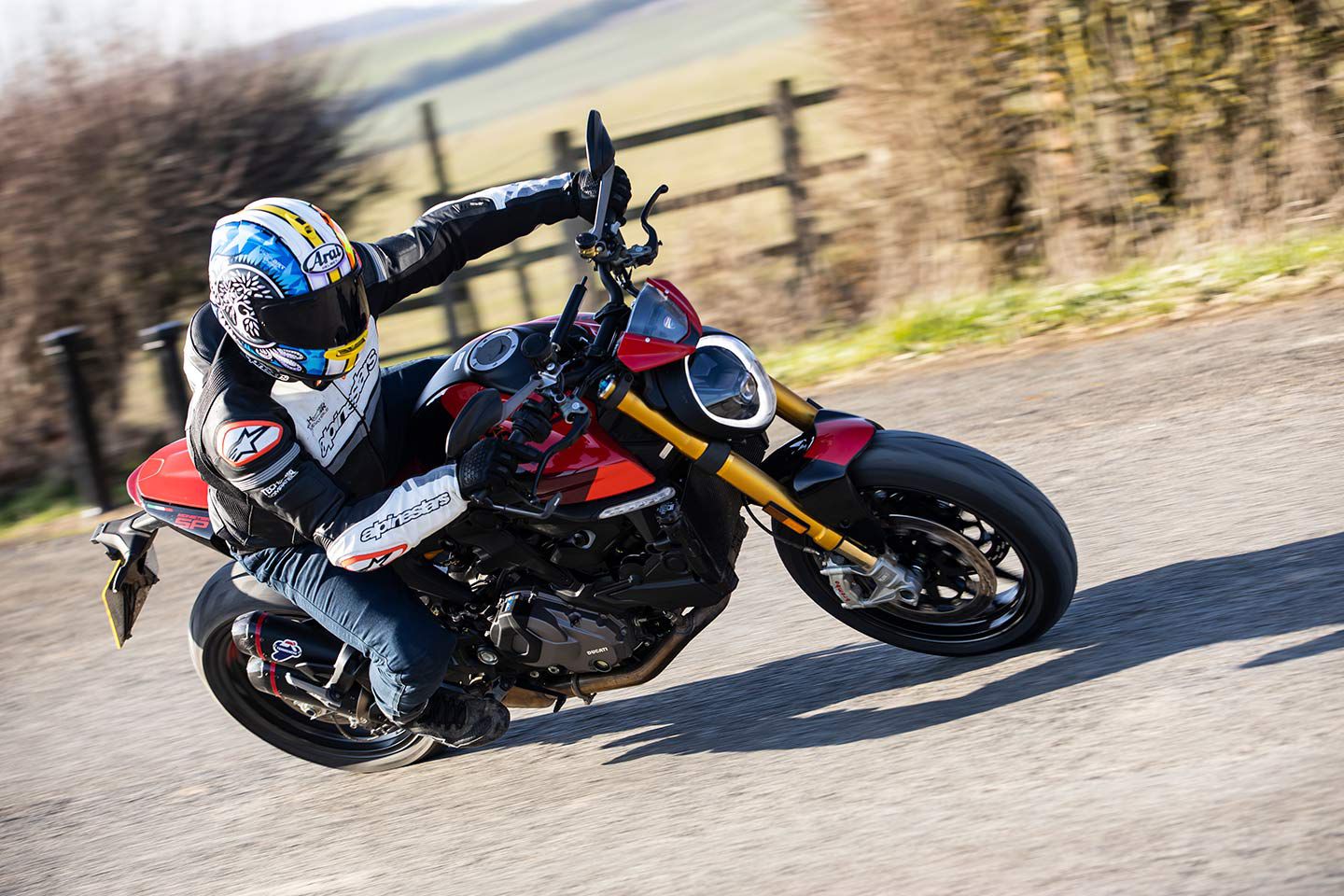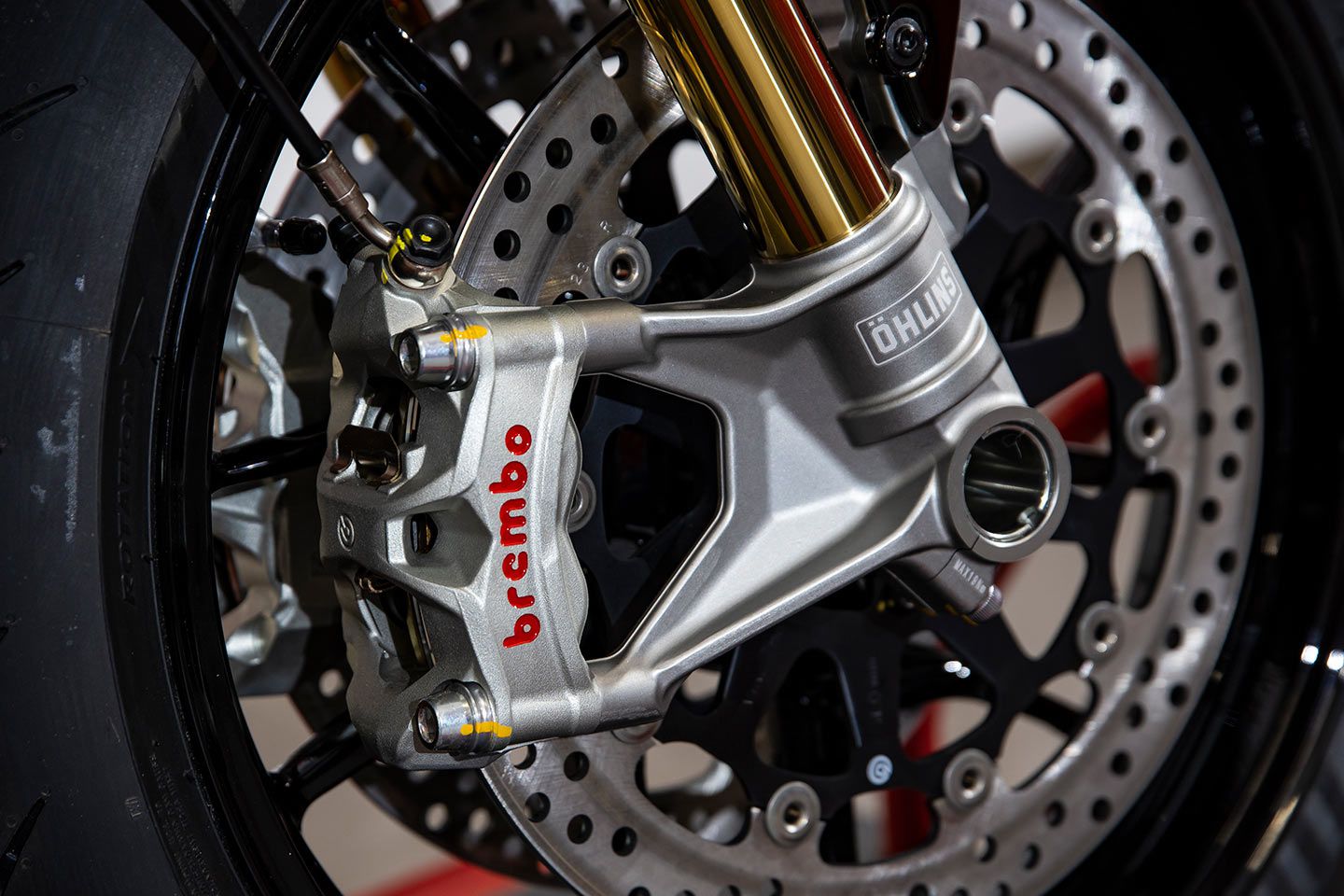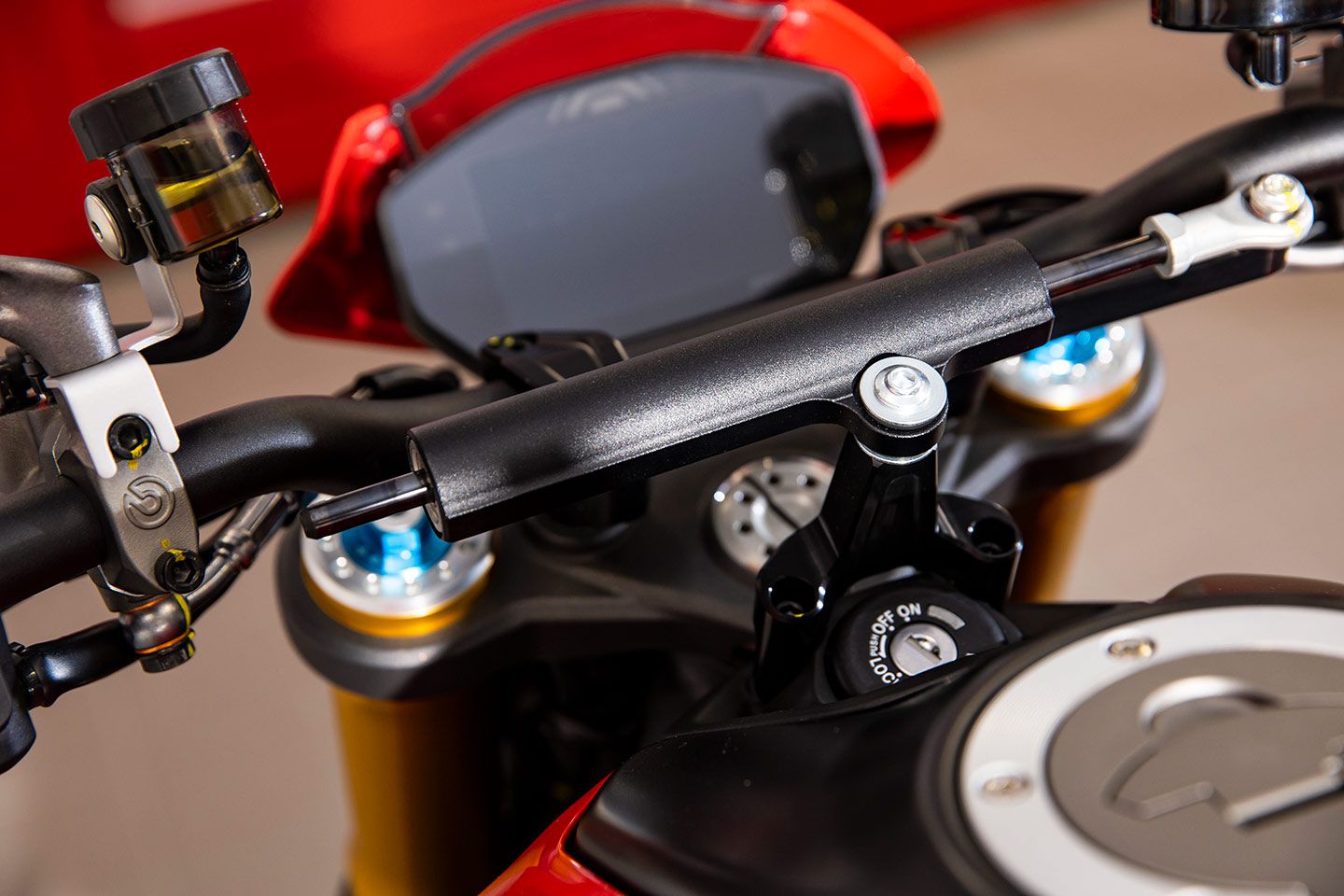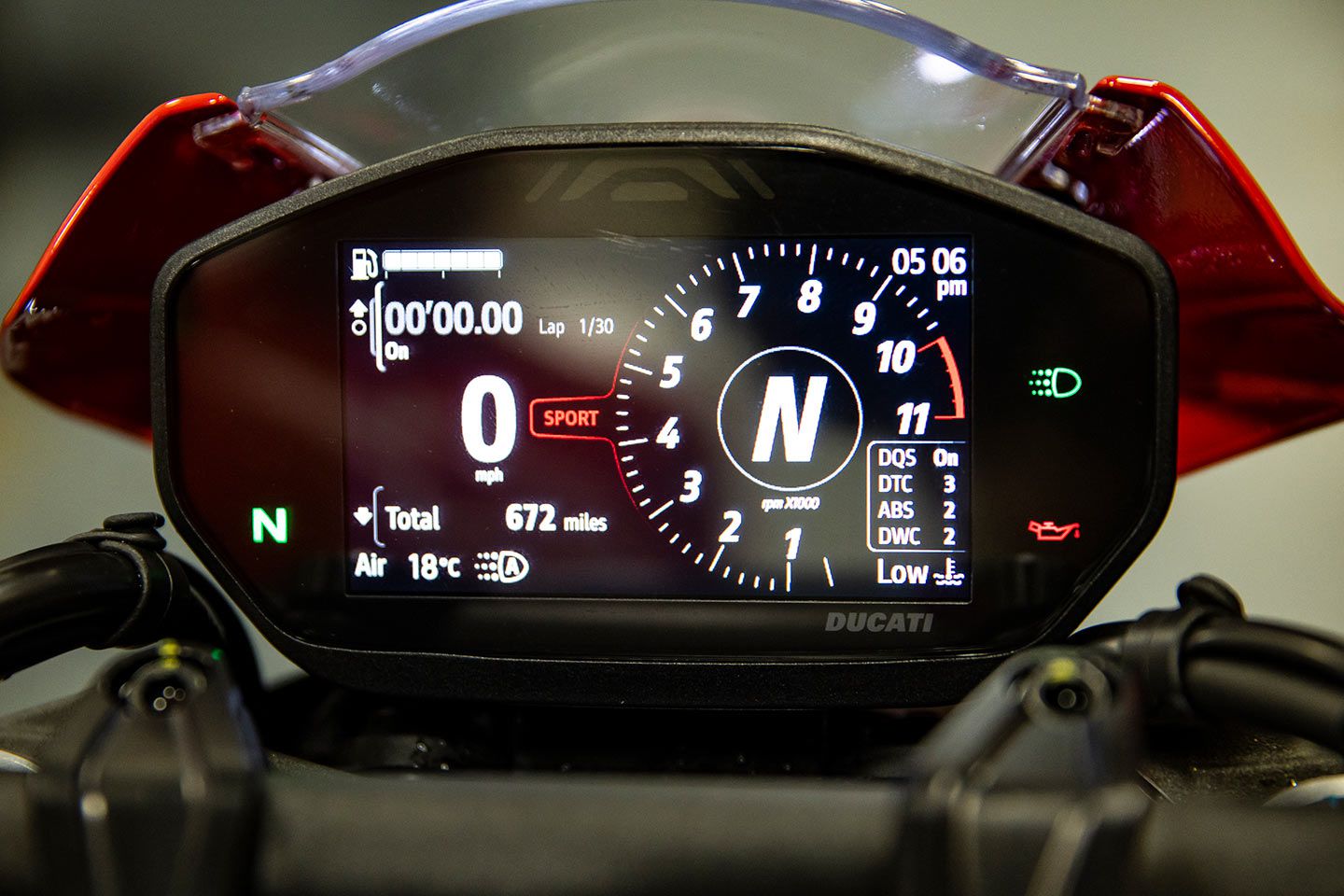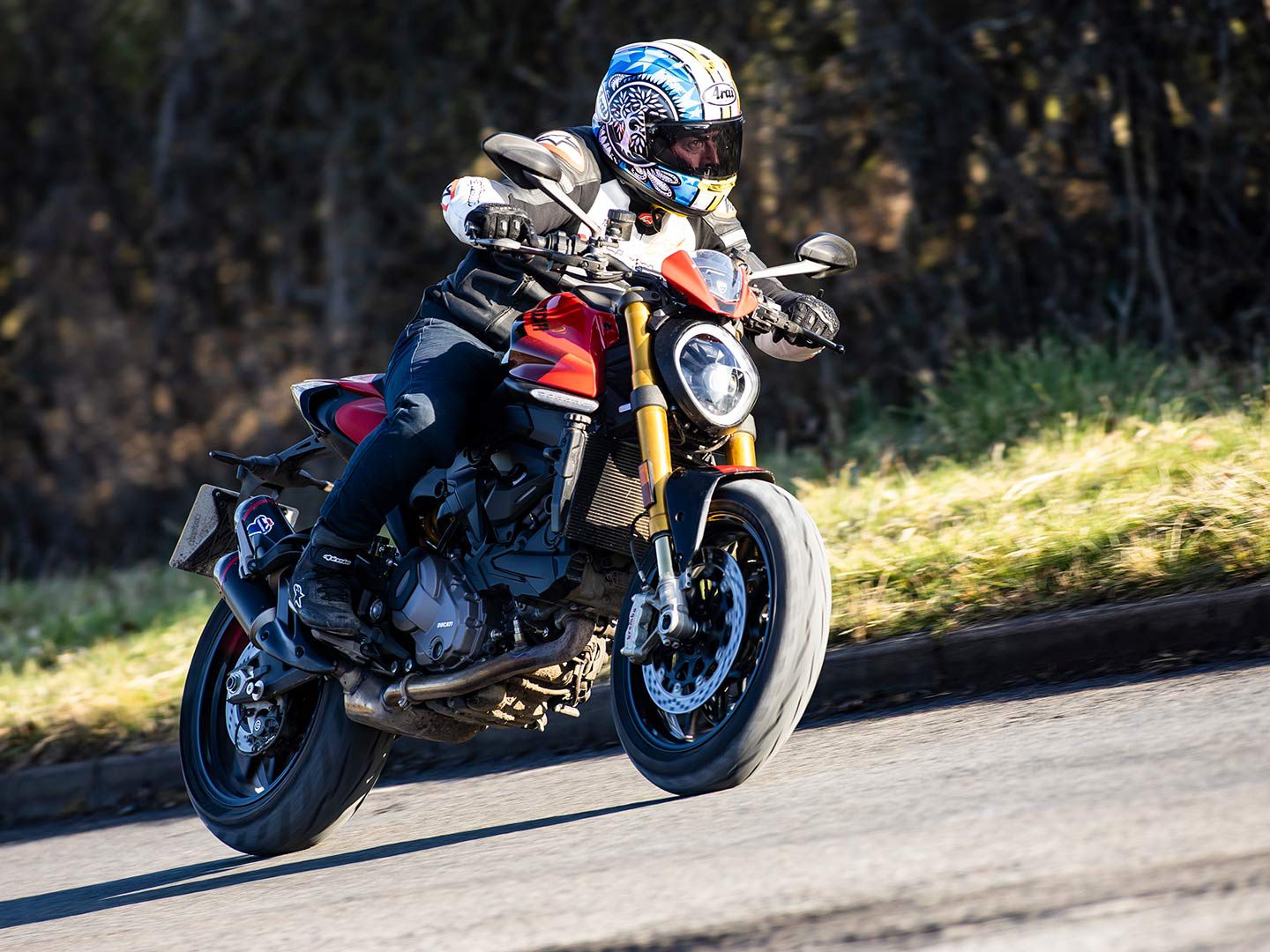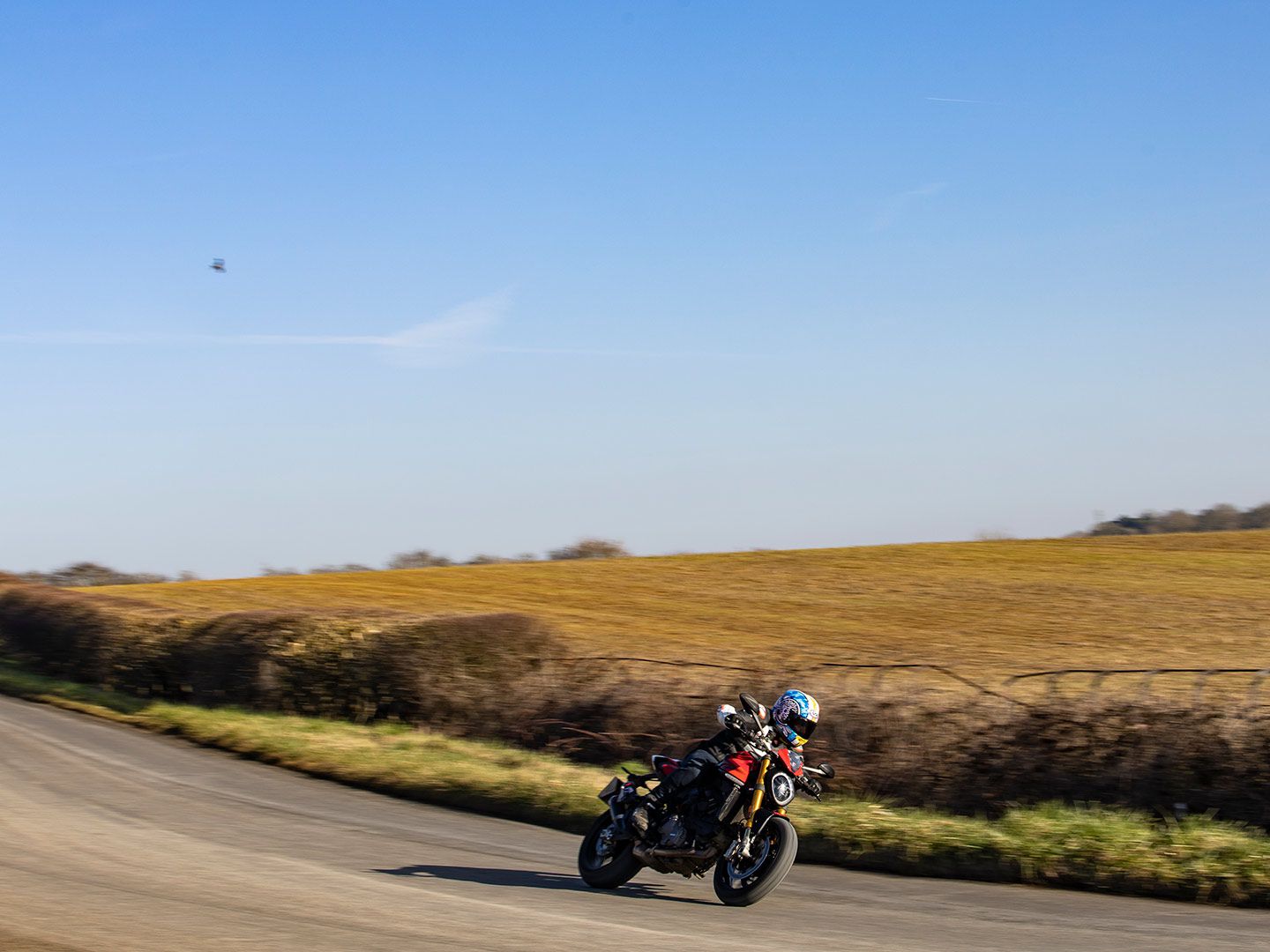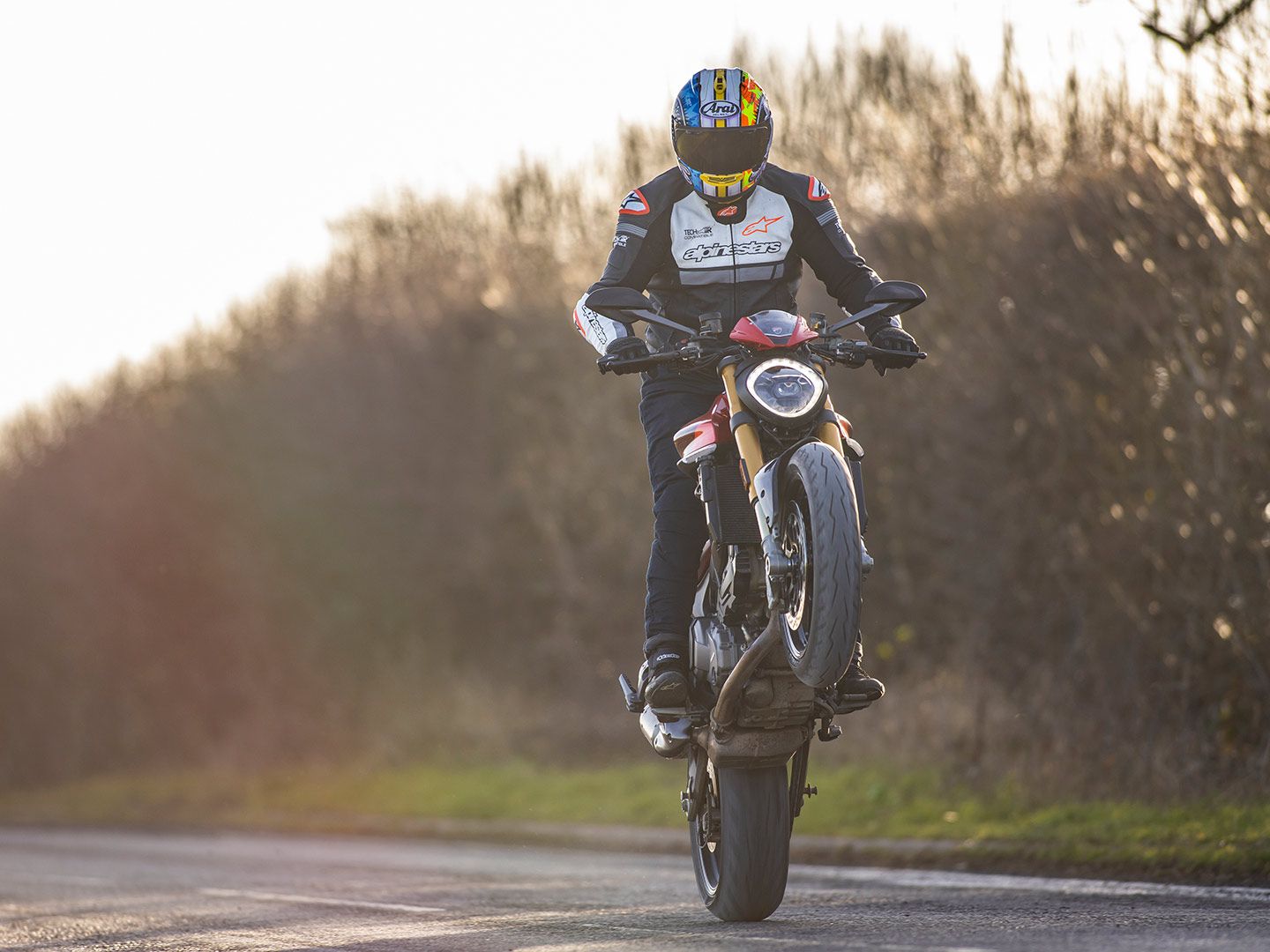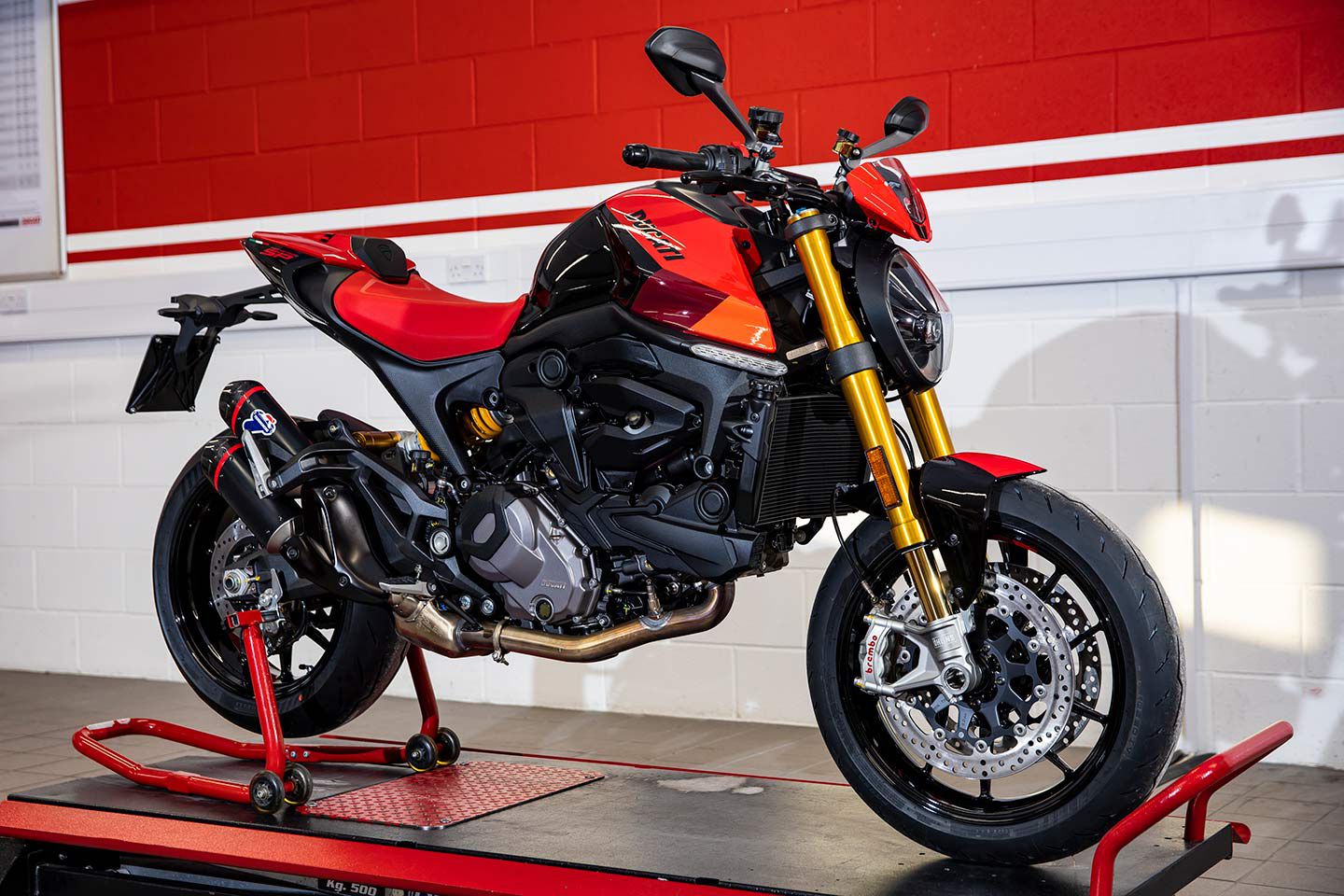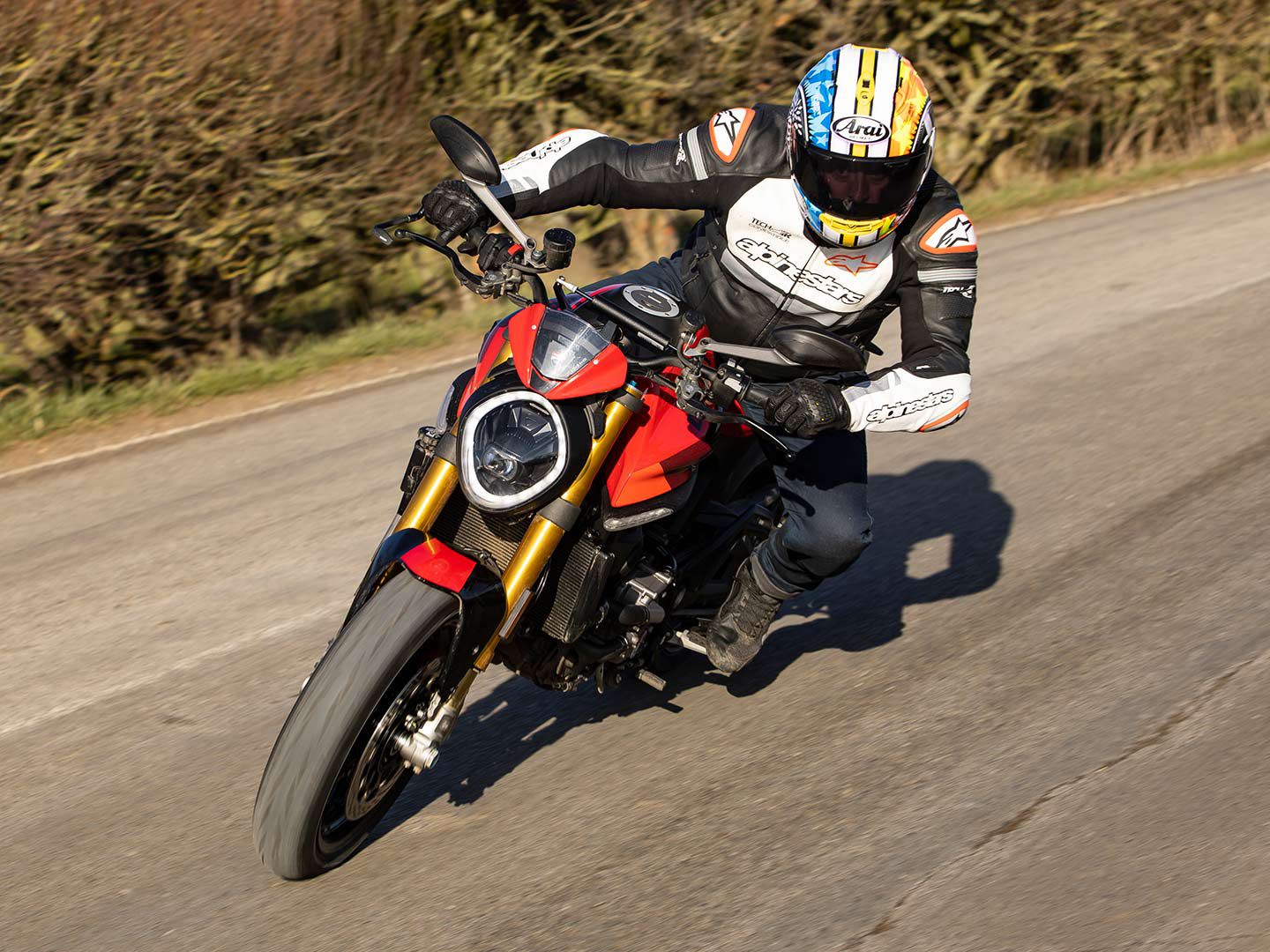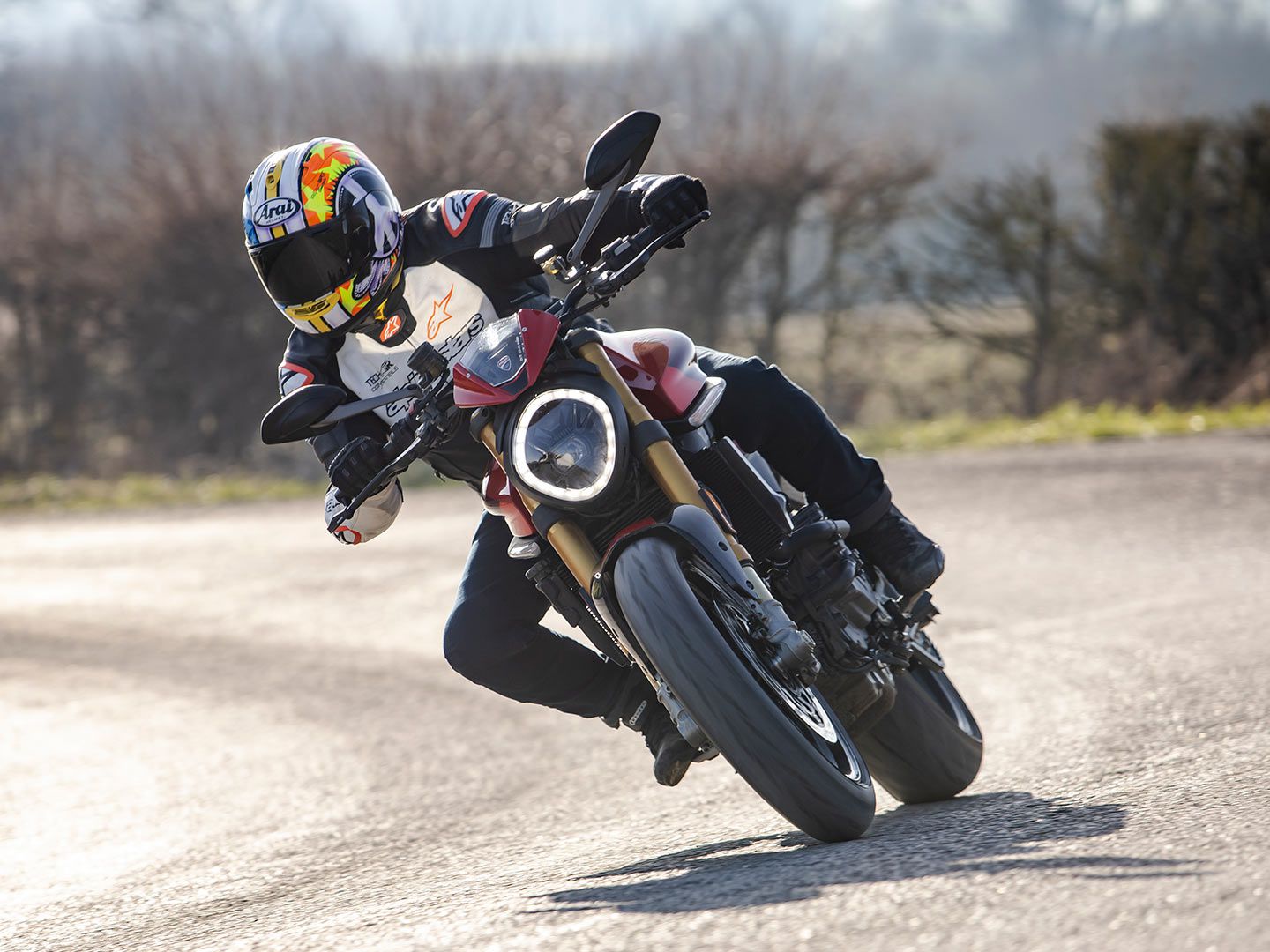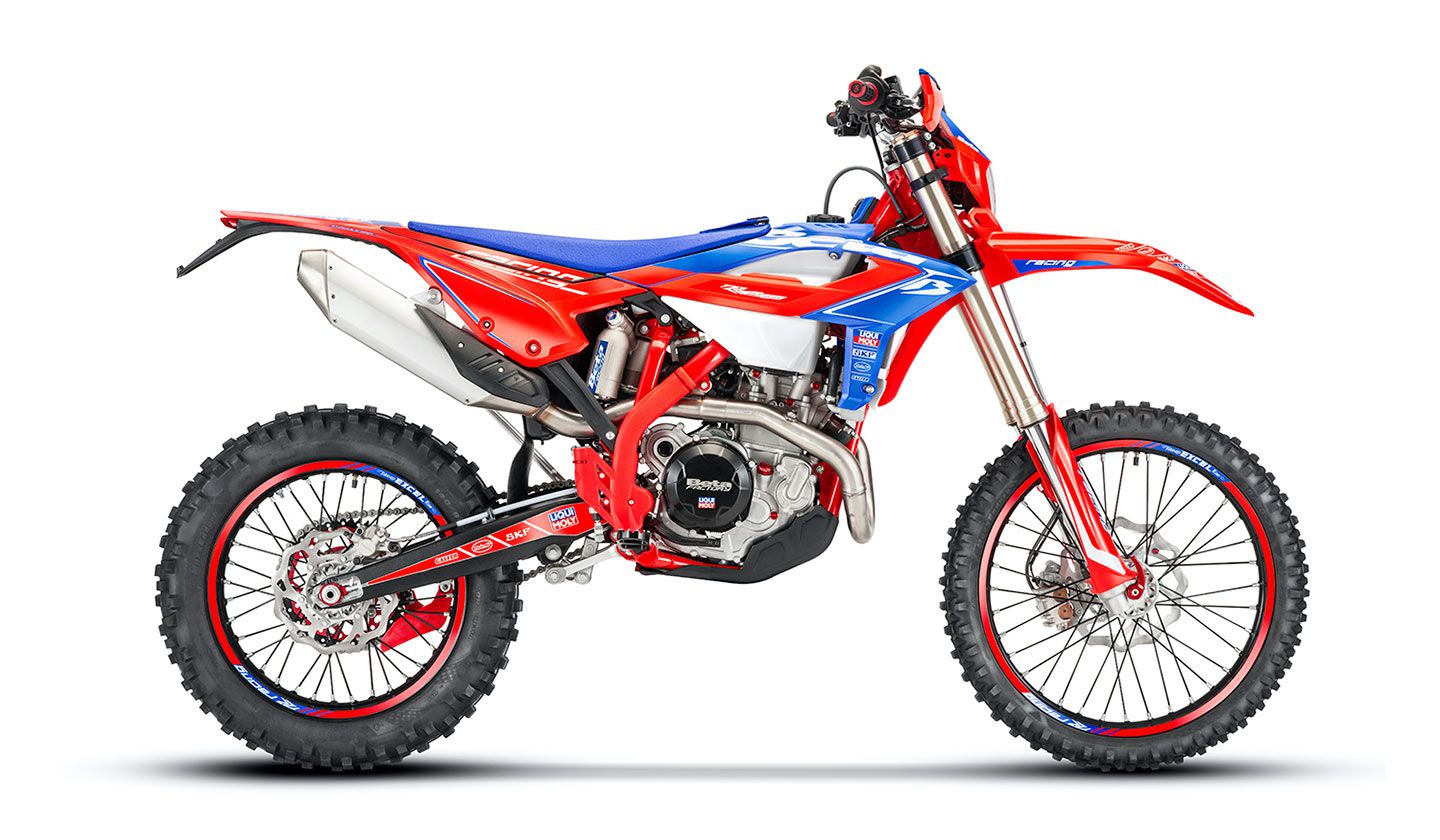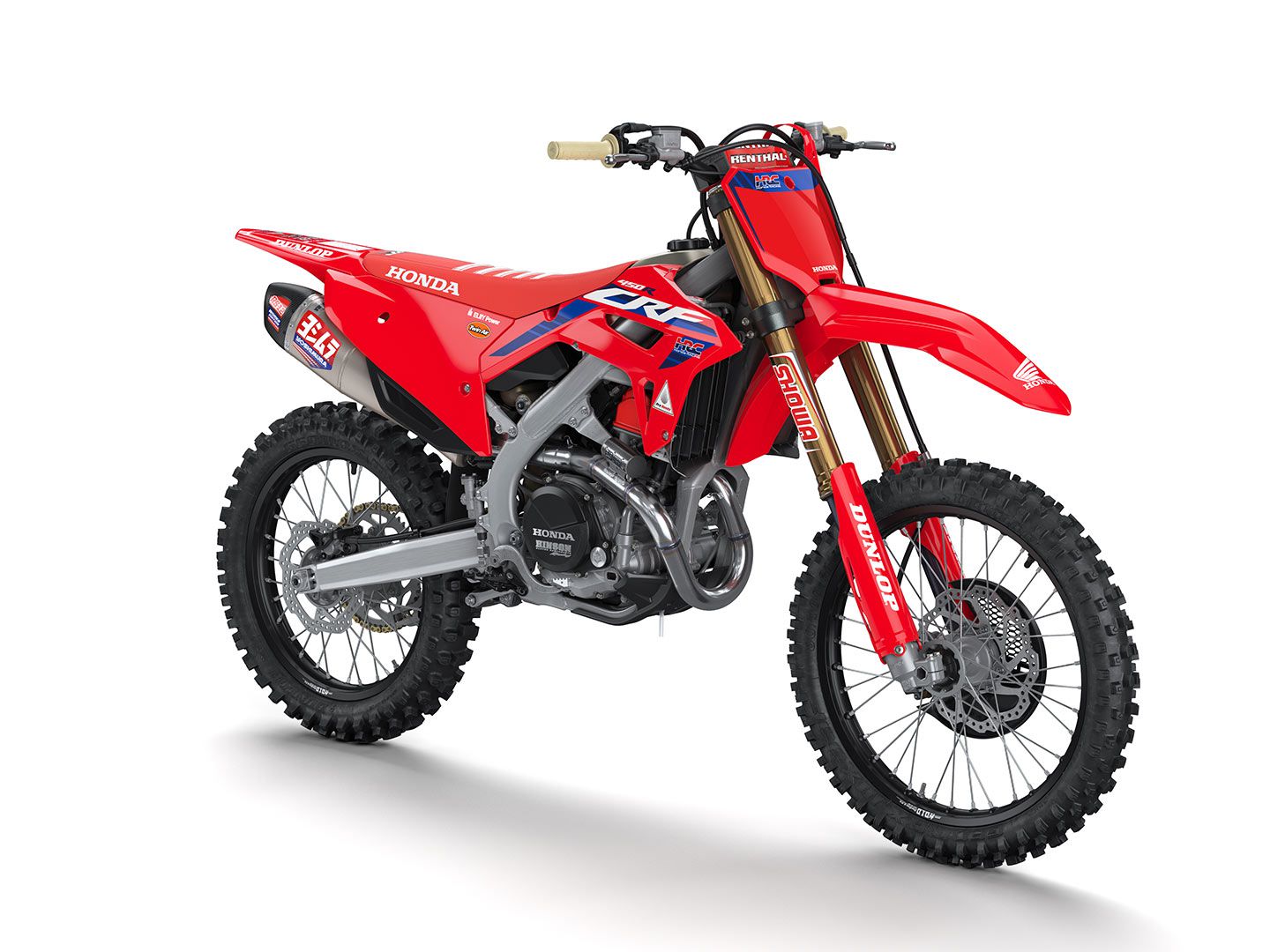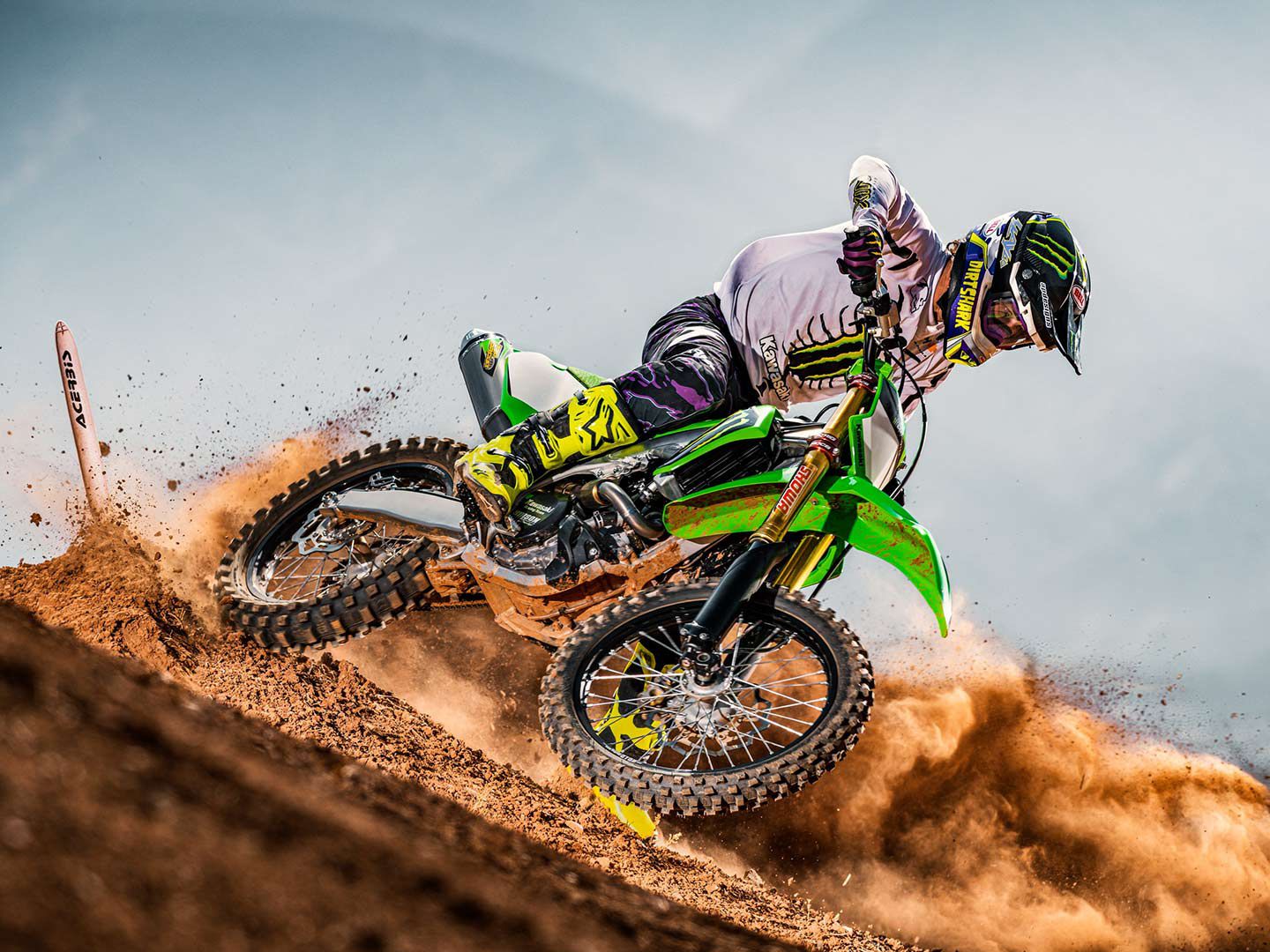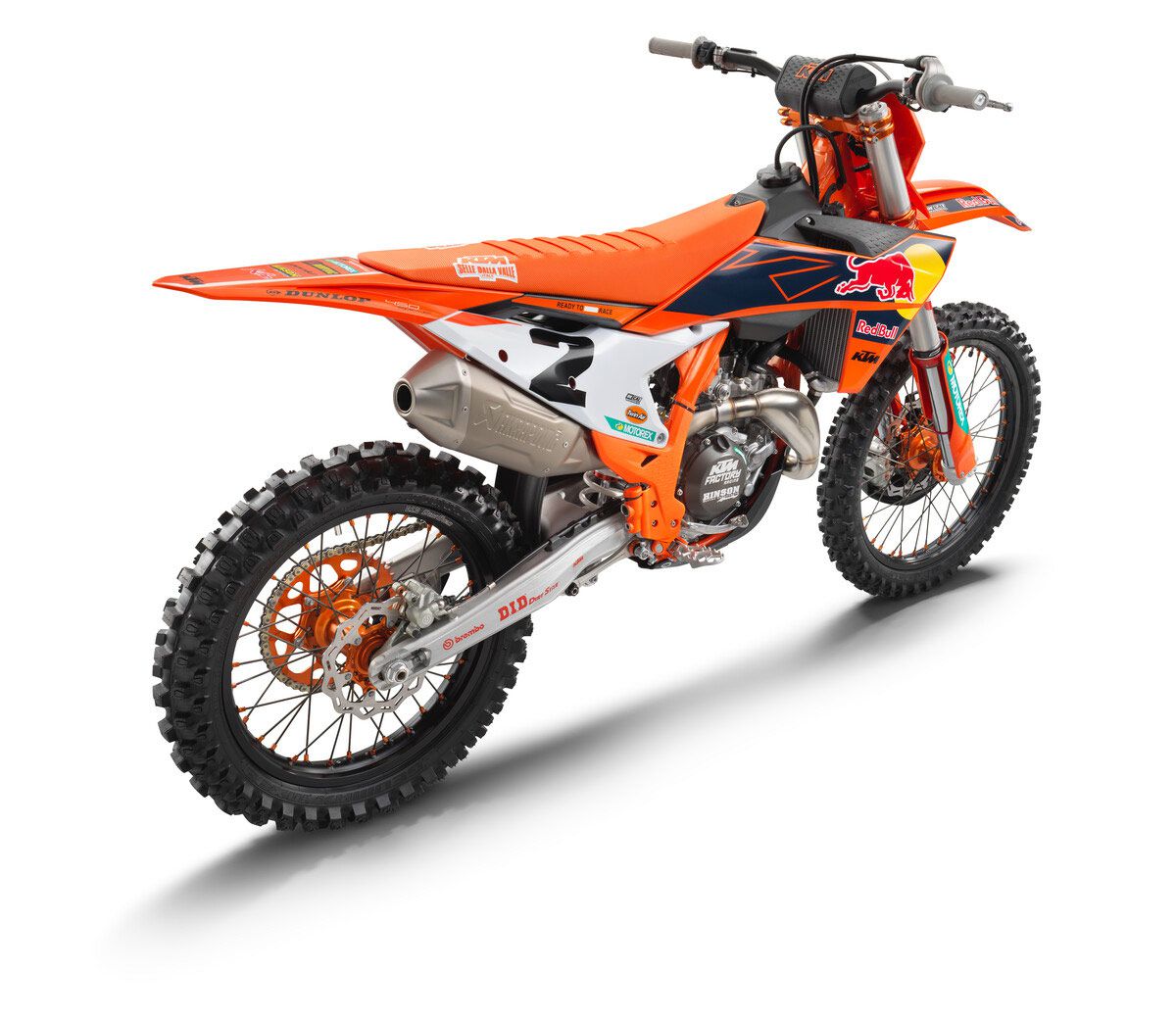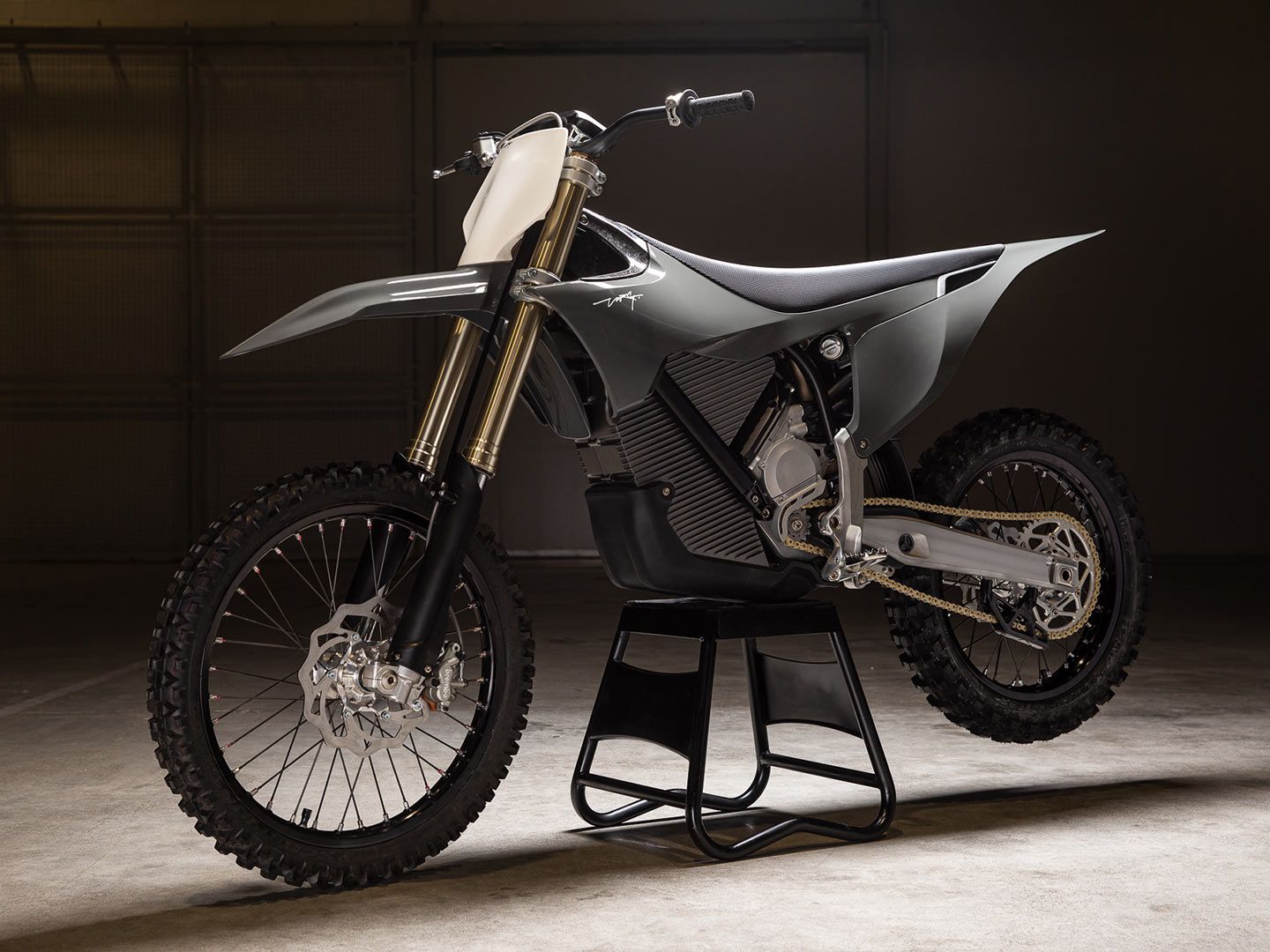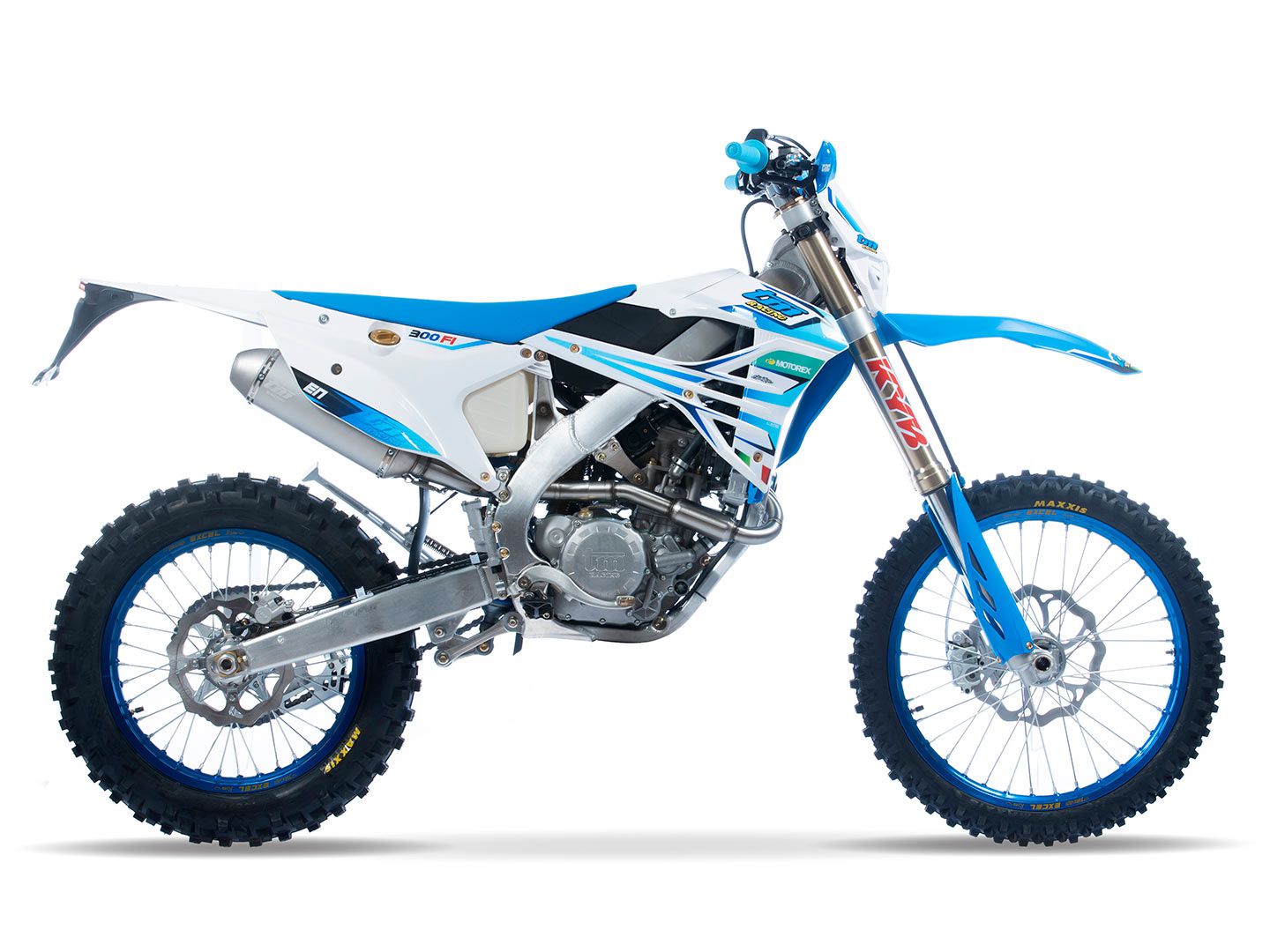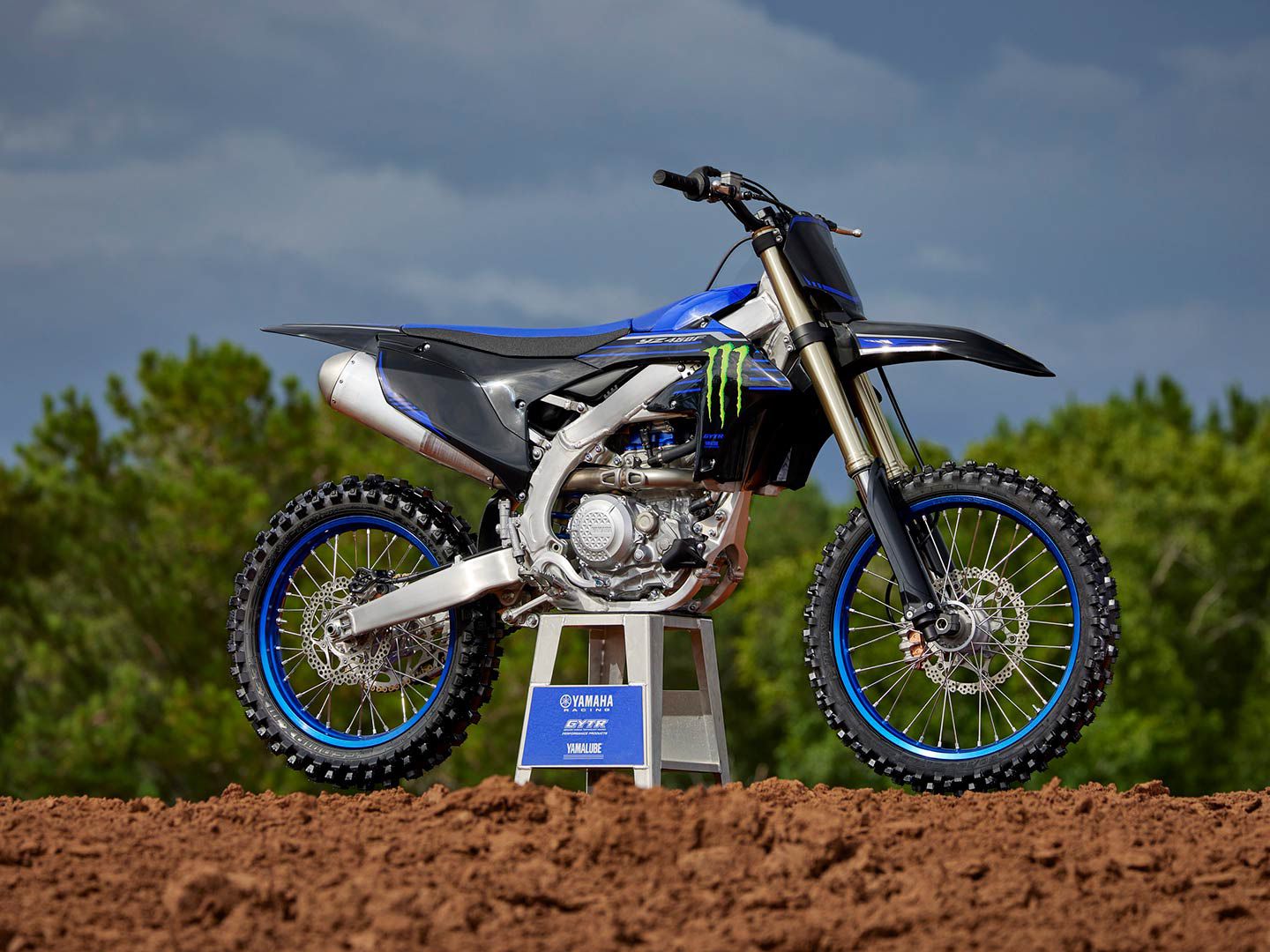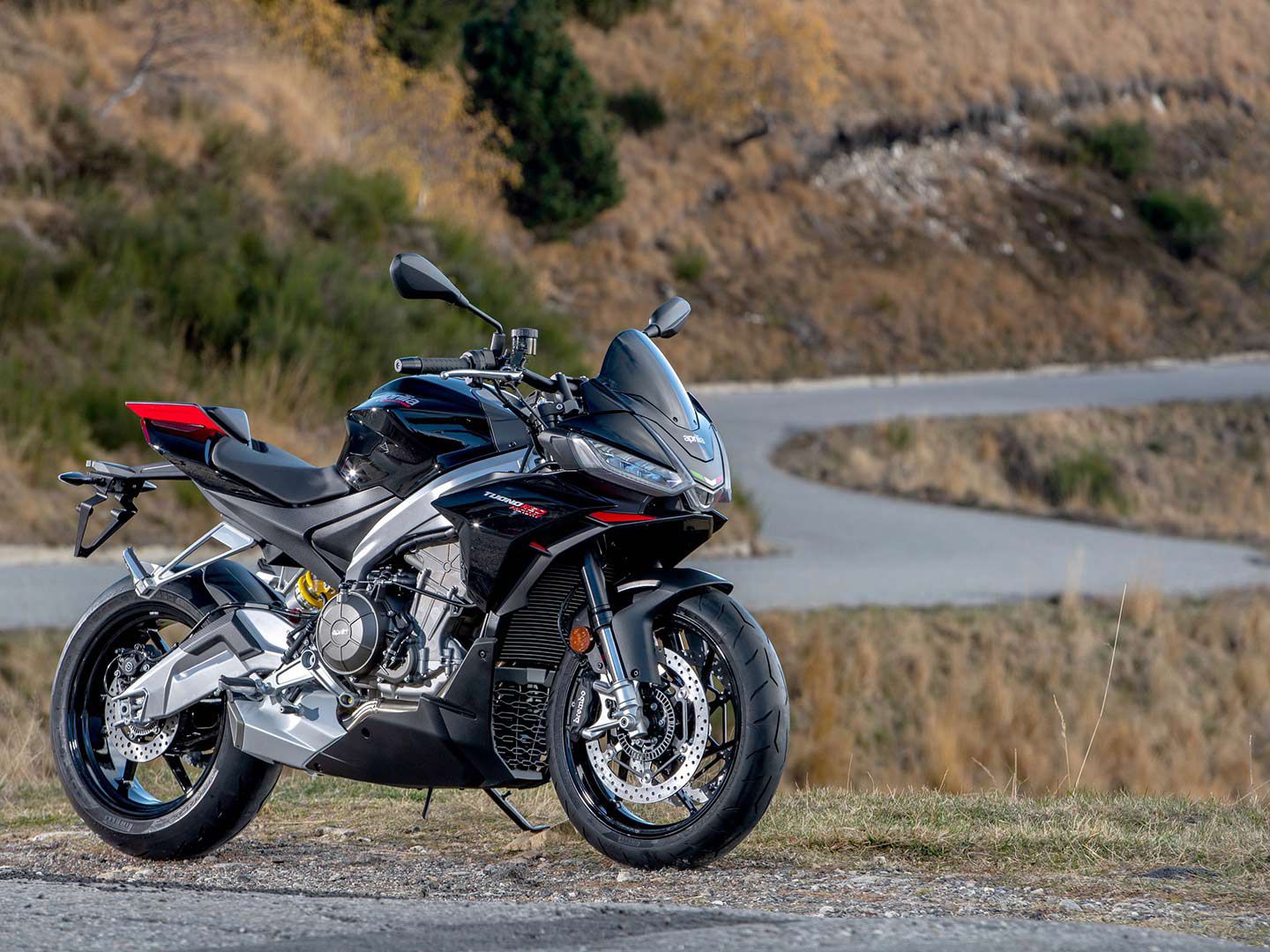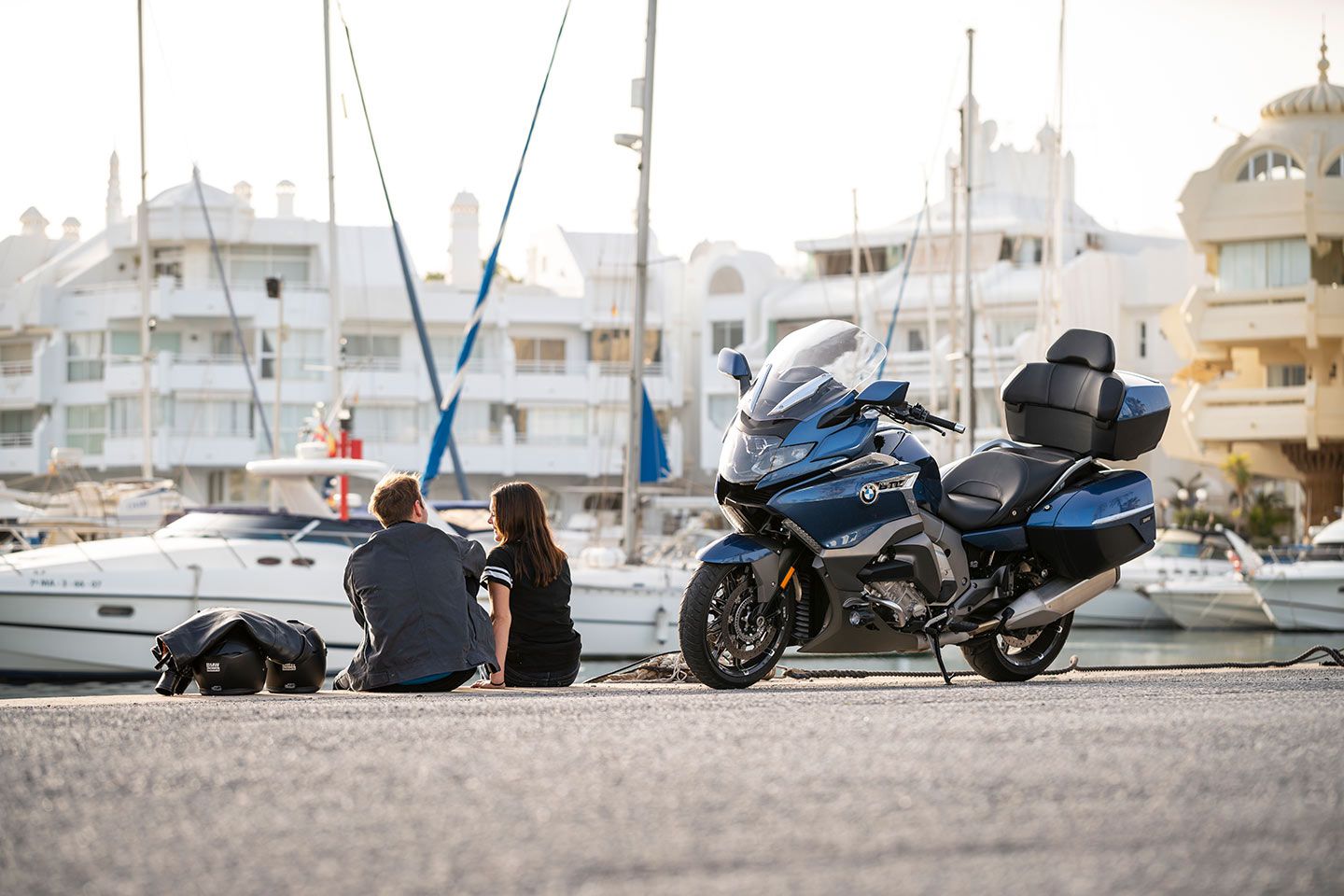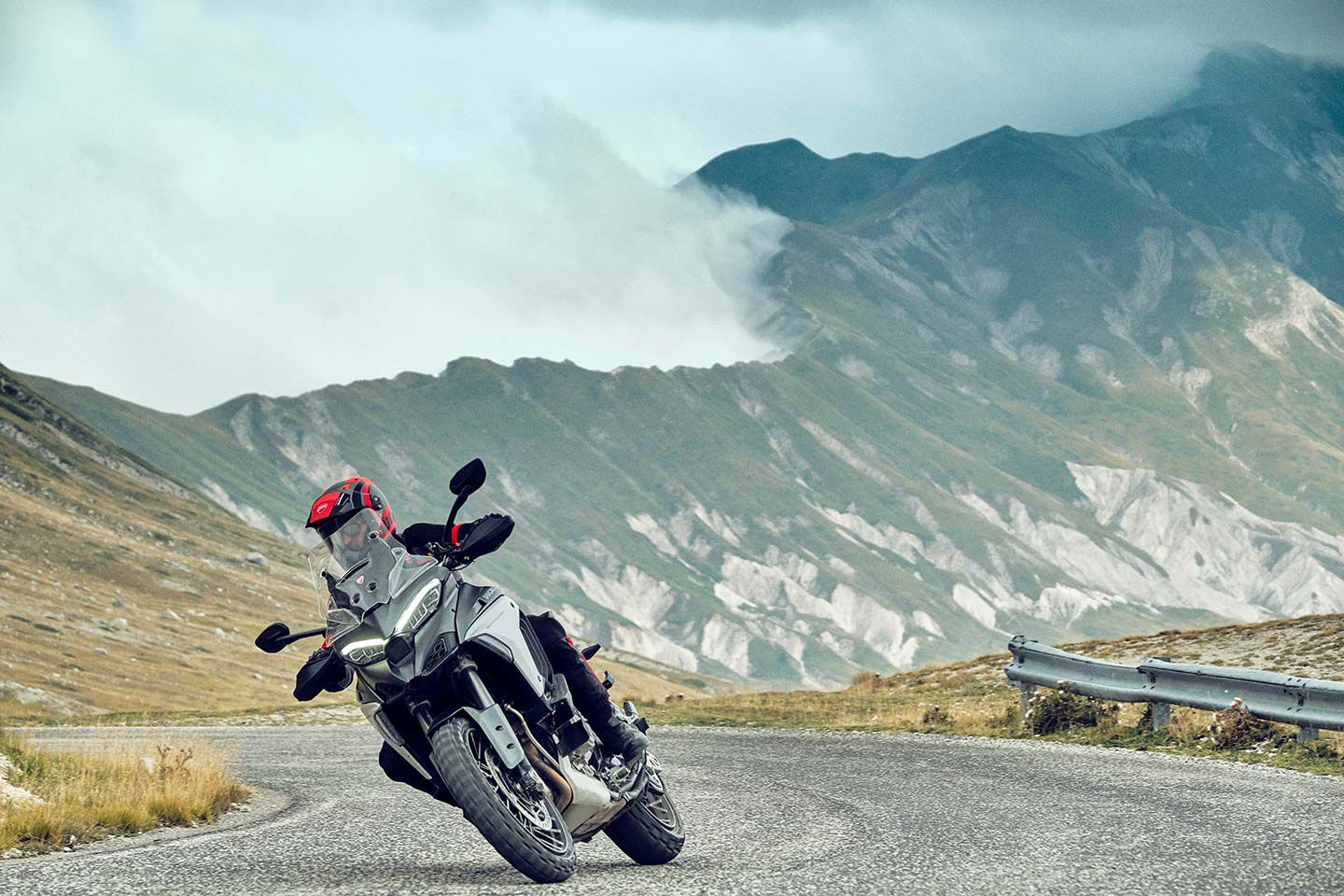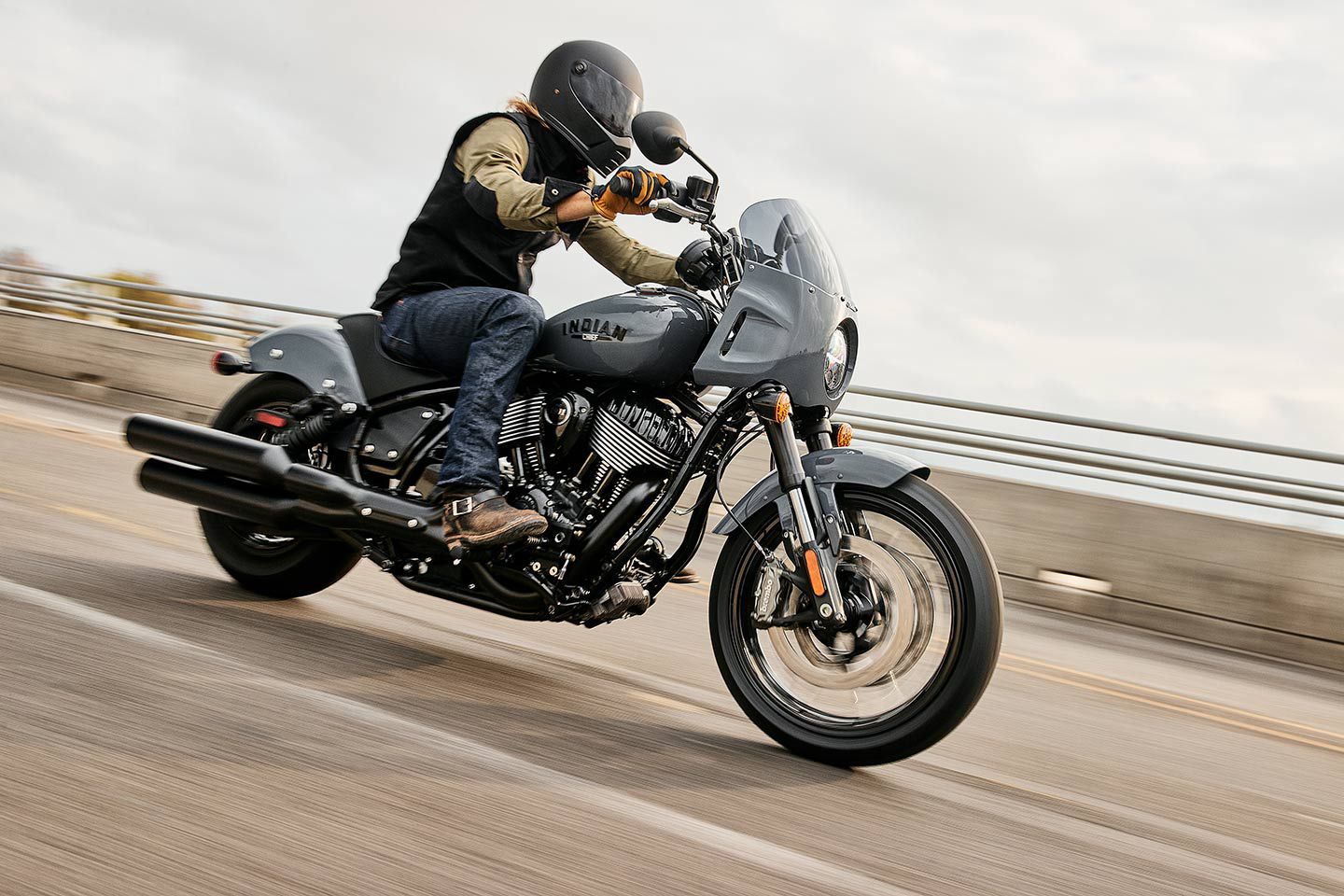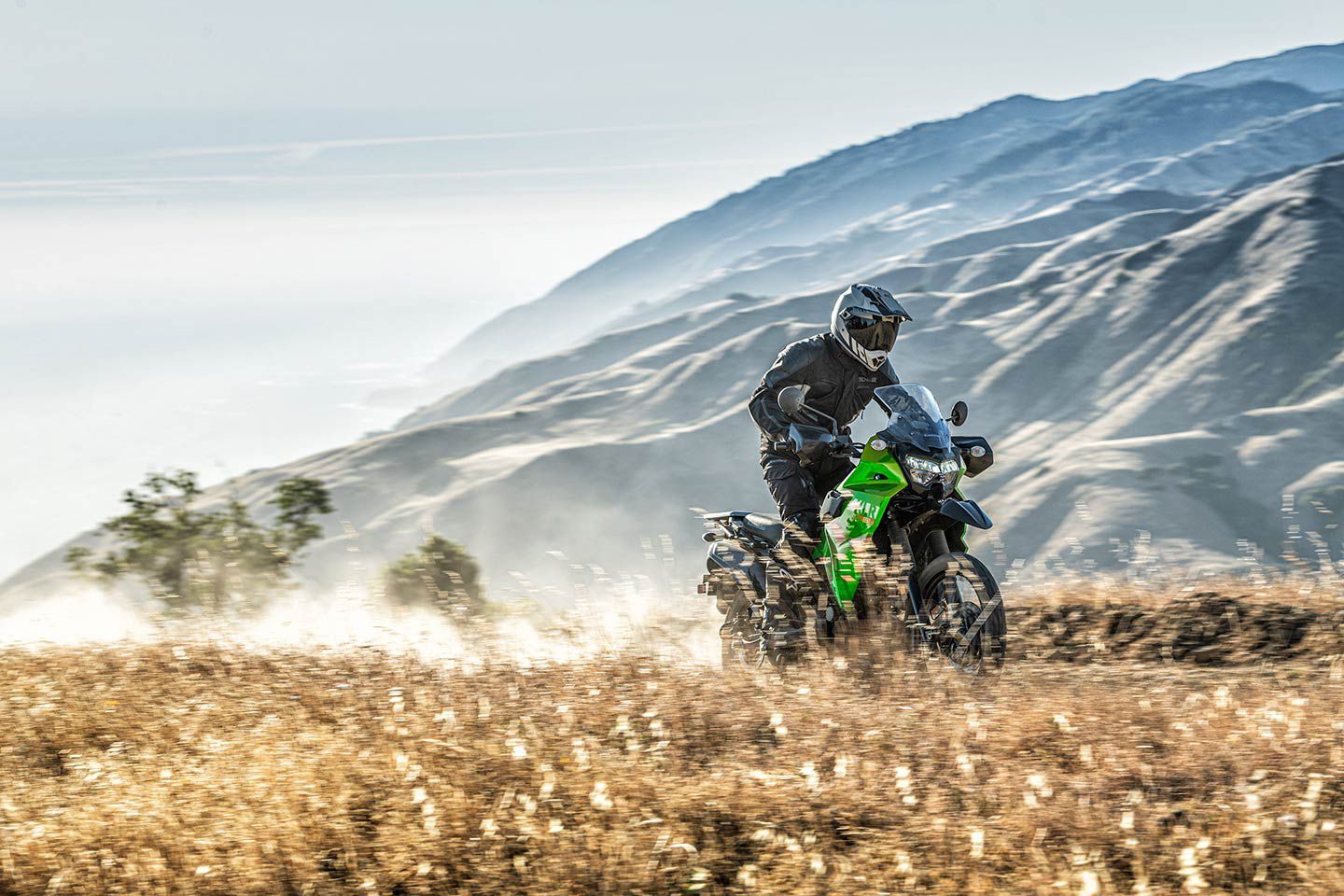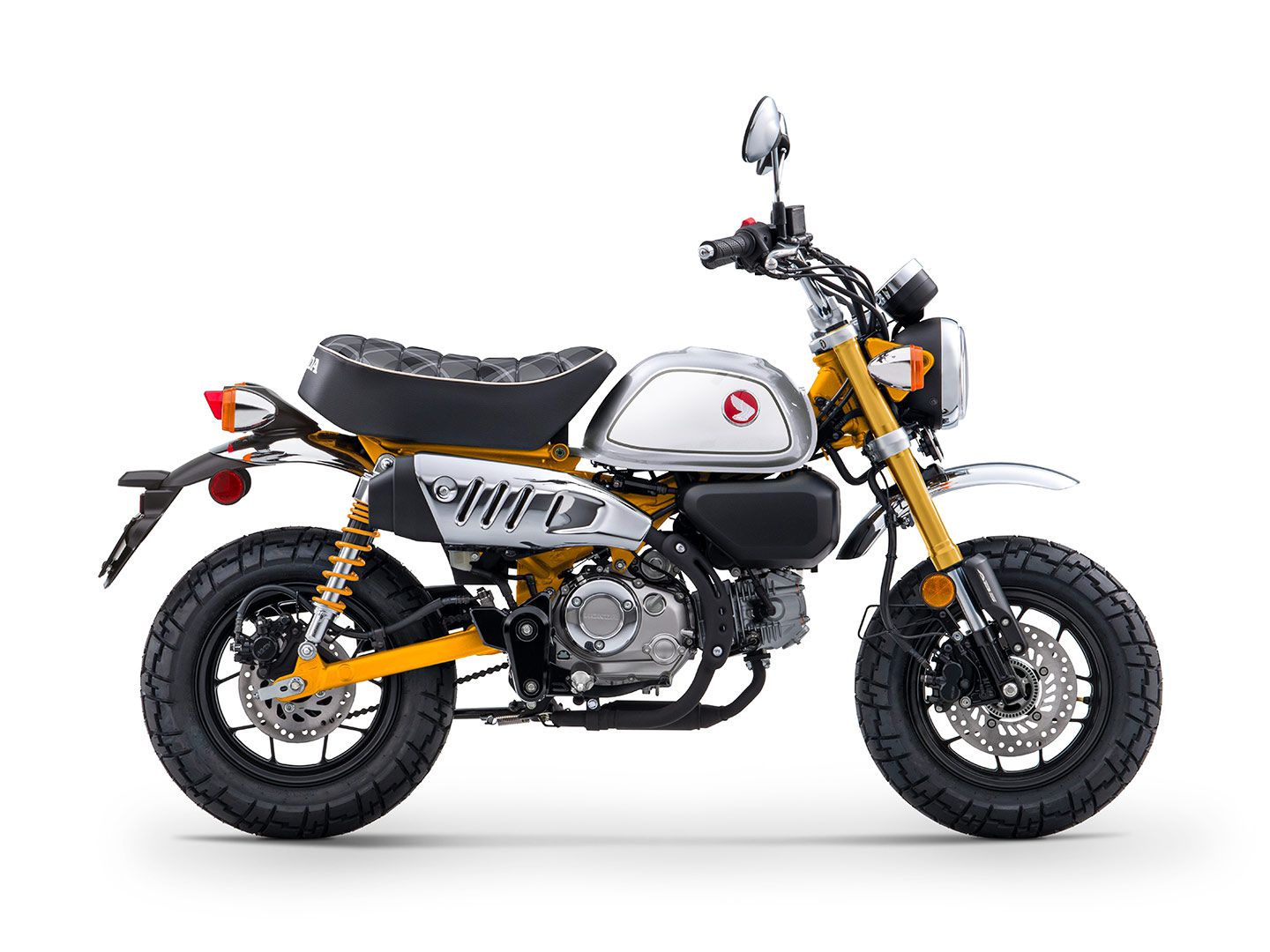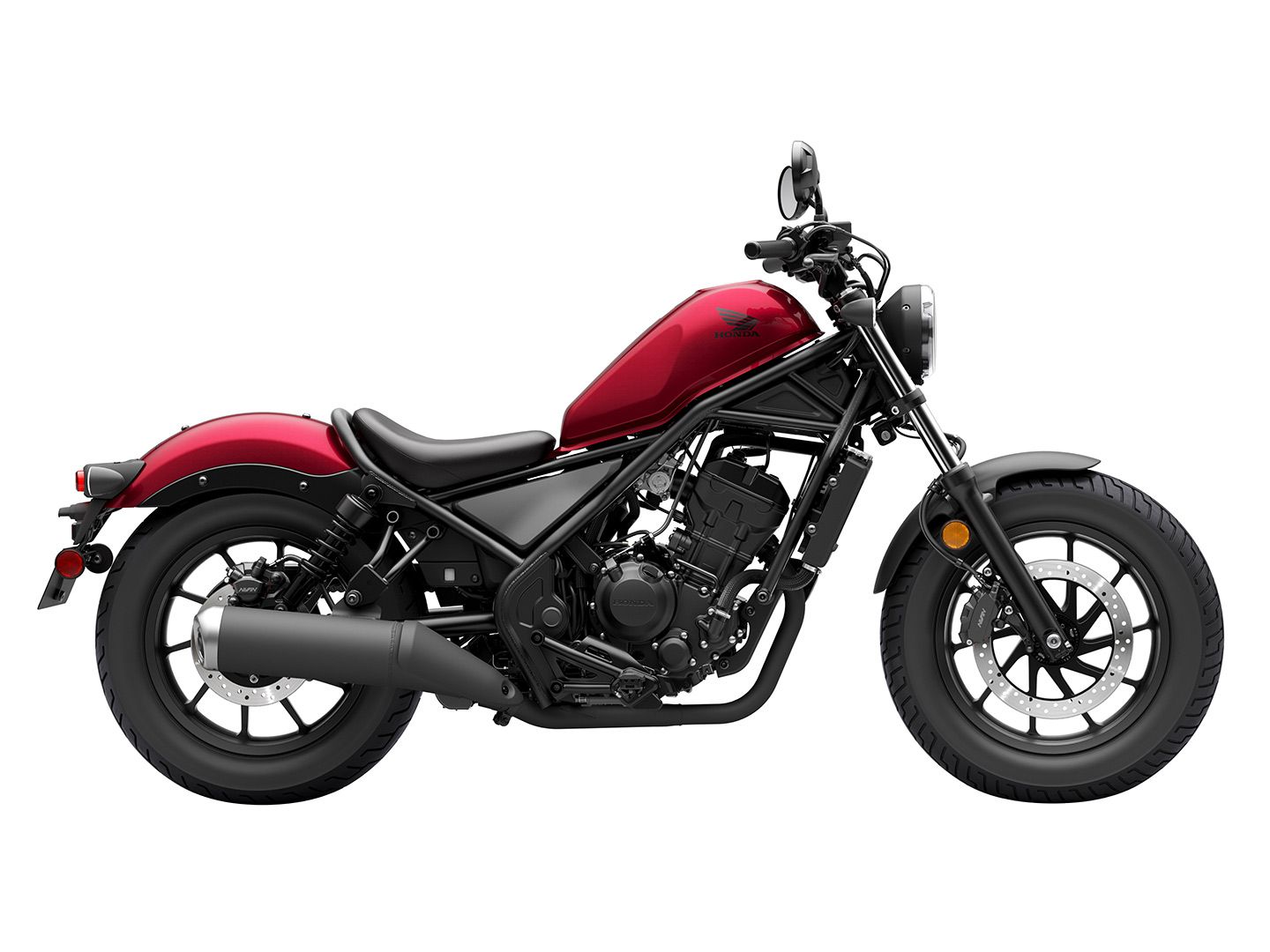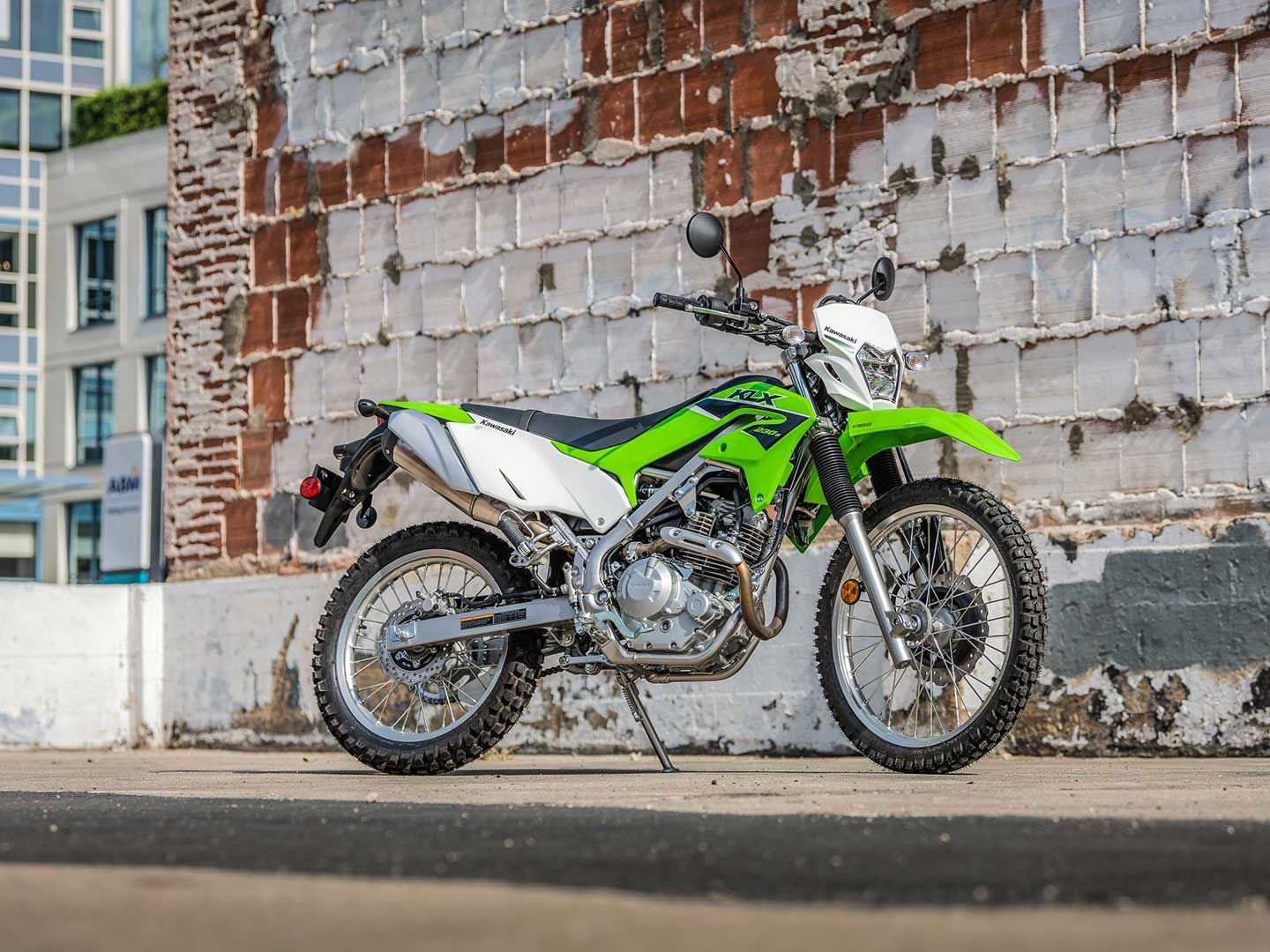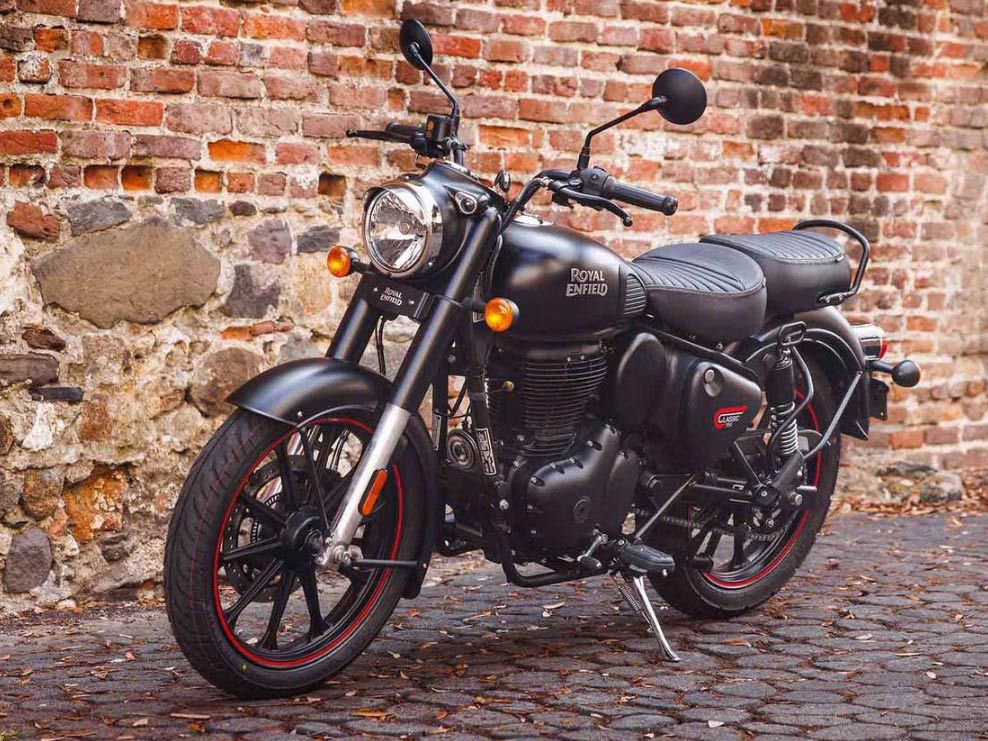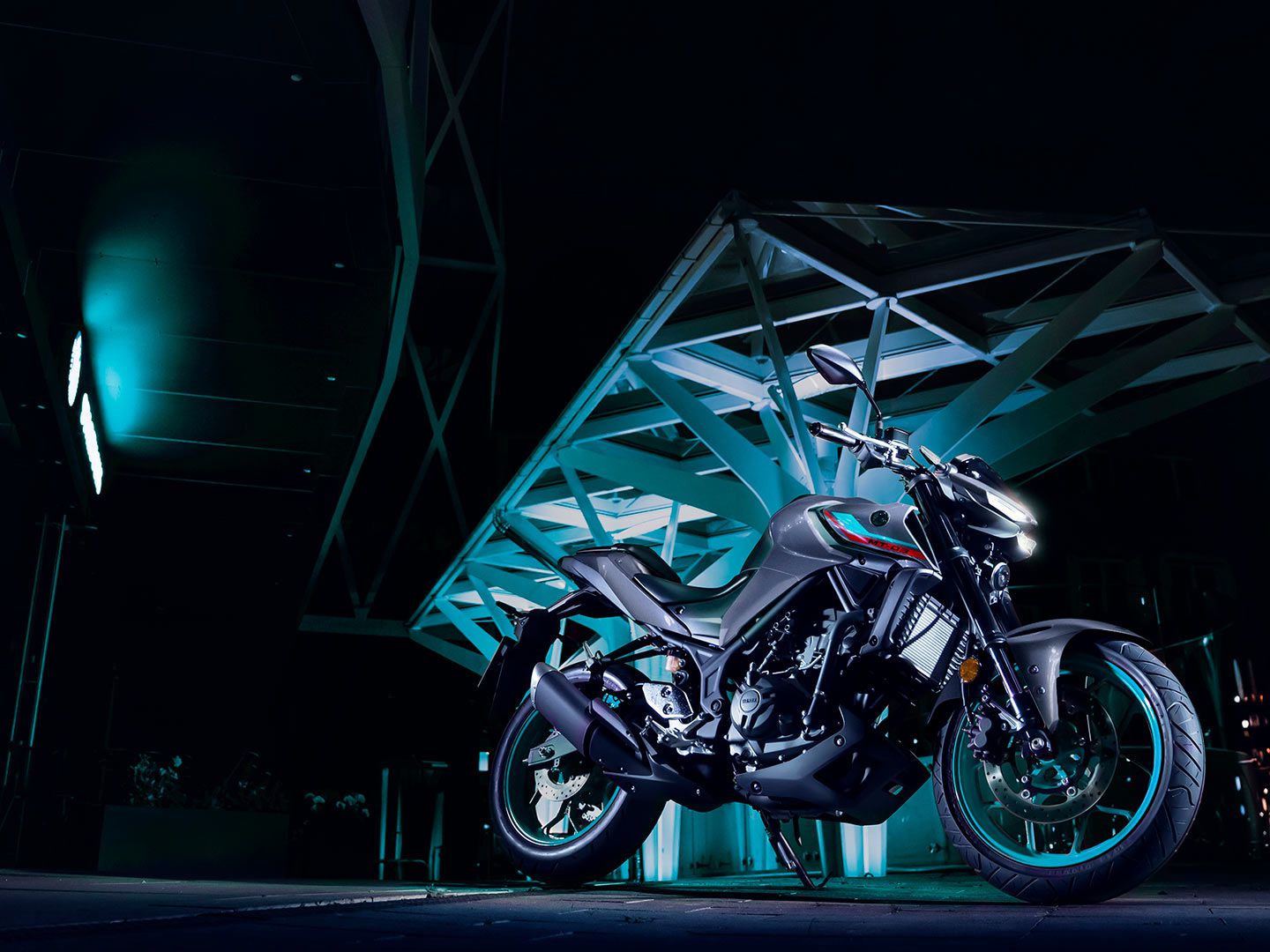The 2024 Triumph Scrambler 1200 XE ($15,295) is a distinctive standard motorcycle that merges classic styling elements with modern technology, delivering a thrilling riding experience both on road and off. Renowned for its versatility, this streetbike is equally adept at navigating the streets as it is at conquering trails off-road. Think of it as a big, stylish dual sport motorcycle that fellas like Steve McQueen would dream of.
“That’s that look,” six-time AMA Supercross and outdoor motocross champion Jeff Stanton says. “The double pipe look. I’m a dirt track fan, Scotty Parker, Jay Springsteen days—the double pipe Harley days, and the Scrambler has that look. Put good tires on it and ride it wherever you want.”
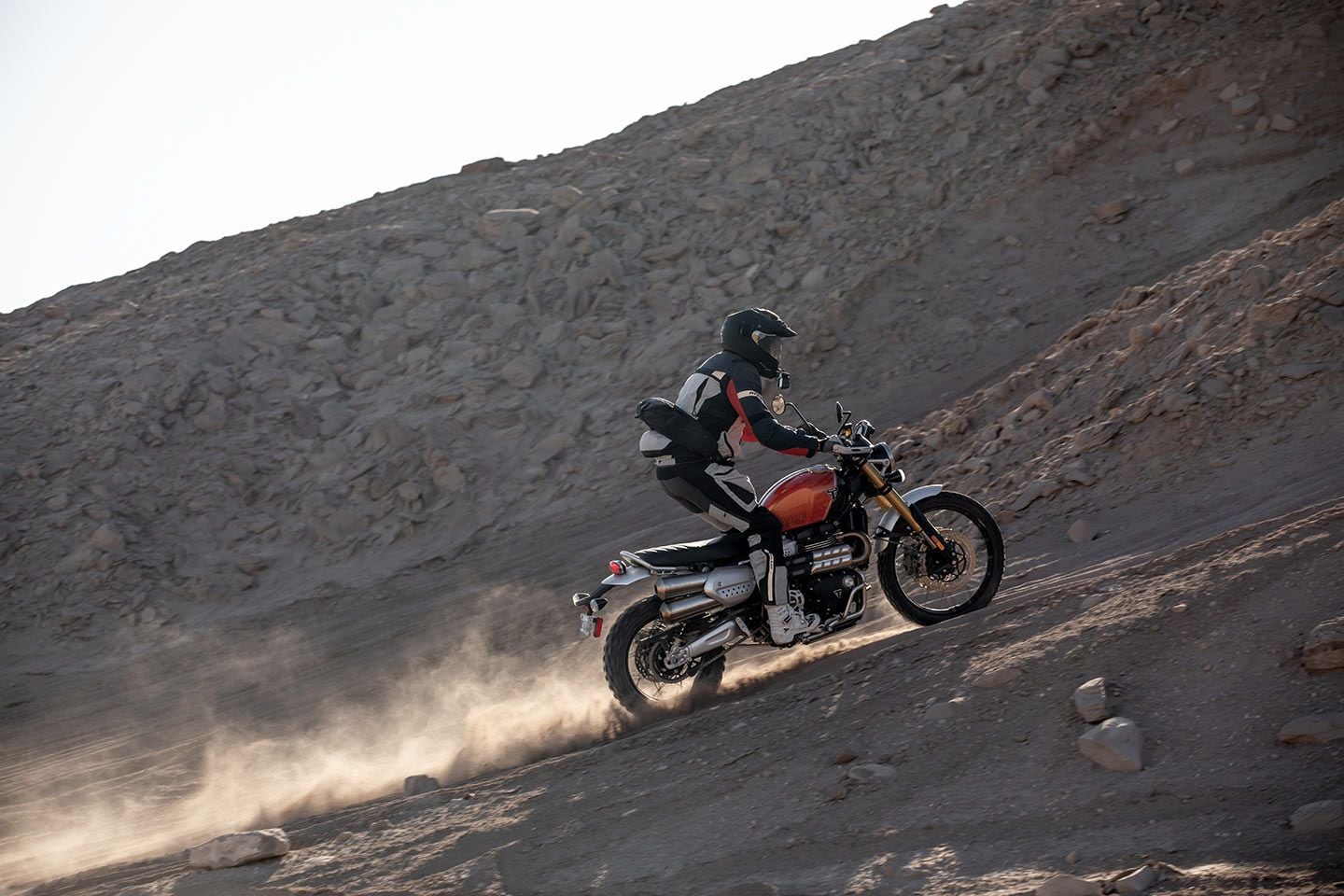
We take a ride on Triumph’s 2024 Scrambler 1200 XE in this review. (Ernie Vigil/)
Editor’s note: We test rode the original Scrambler 1200 XE during the 2019 Triumph Scrambler 1200 XC And XE First Ride Review article and video. Watch the 2020 Triumph Scrambler 1200 XC Review MC Commute for added insight.
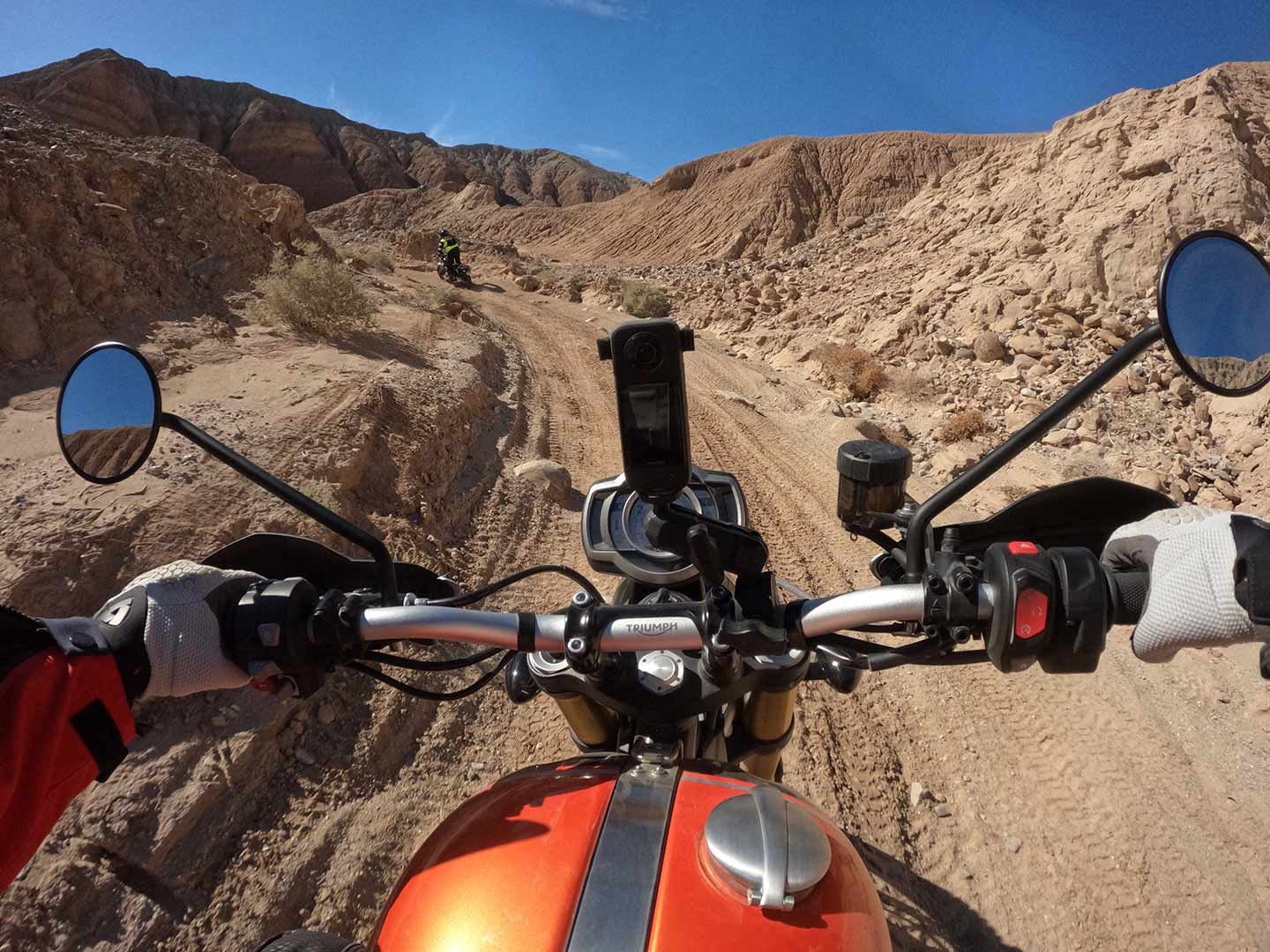
As usual, Triumph Motorcycles’ Scrambler 1200 XE continues to impress with its versatility off-road and on. (Adam Waheed/)
The Scrambler 1200 XE stands out with its timeless, retro-inspired design. A contemporary, production version of modified bikes ridden during films like On Any Given Sunday (read the On Any Sunday: Behind the Scenes Part 1 and On Any Sunday: Behind the Scenes, Part 2 articles), we love its classic scrambler elements such as high-mounted shotgun exhaust, wire-spoked wheels (21-inch front, 17-inch rear), and a minimalist silhouette pay homage to its British heritage. The combination of a sculpted 4-gallon fuel tank, wide handlebar, and a cozy seat reinforces its vintage appeal. The attention to detail in the design, including the high-quality finishes and iconic Triumph branding, adds to the motorcycle’s overall charm.
“I love the bike and I have it in my garage. I love riding it from farm to farm, through the fields, through the woods, to the auto parts store, to the gas station,” Stanton continues. “To me you can take it anywhere and bounce around town. It’s a great bike for running around town.”
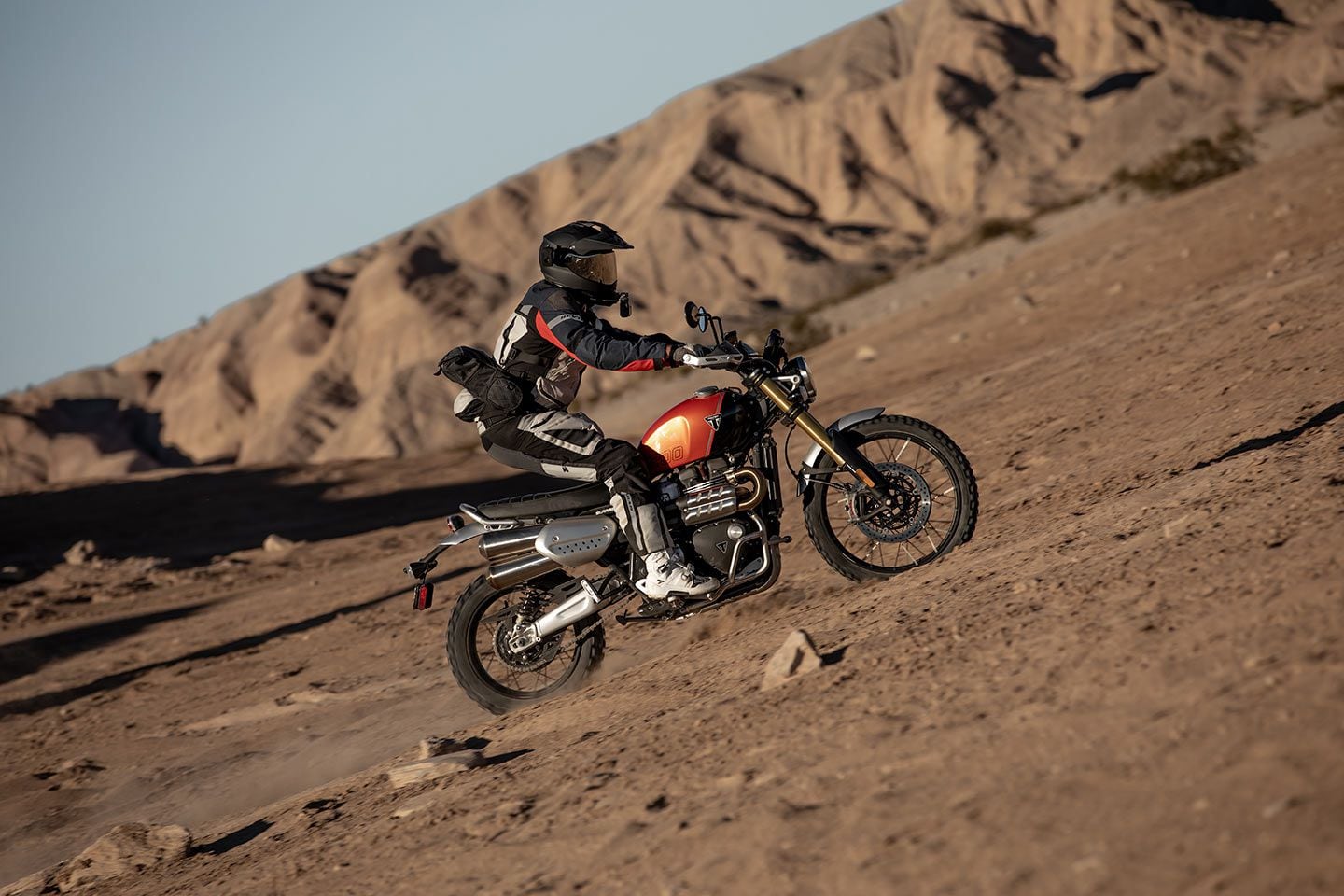
The Scrambler 1200 XE’s ergonomics are well throughout and it is capable and relatively easy to ride in the dirt and on the road. (Ernie Vigil/)
Powered by a punchy 1,200cc parallel-twin engine, with an uneven firing order, the Scrambler 1200 XE delivers snappy performance with nearly 76 hp at 7,300 rpm and 68 lb.-ft. torque at 5,000 revs. With a responsive throttle, the engine produces a smooth and linear power delivery, making it great for ripping holeshots from traffic signals and spirited roost-throwing escapades in the dirt. The engine and exhaust have a nice growl to it that makes riding fun. There is however some engine vibration, especially at higher revs.
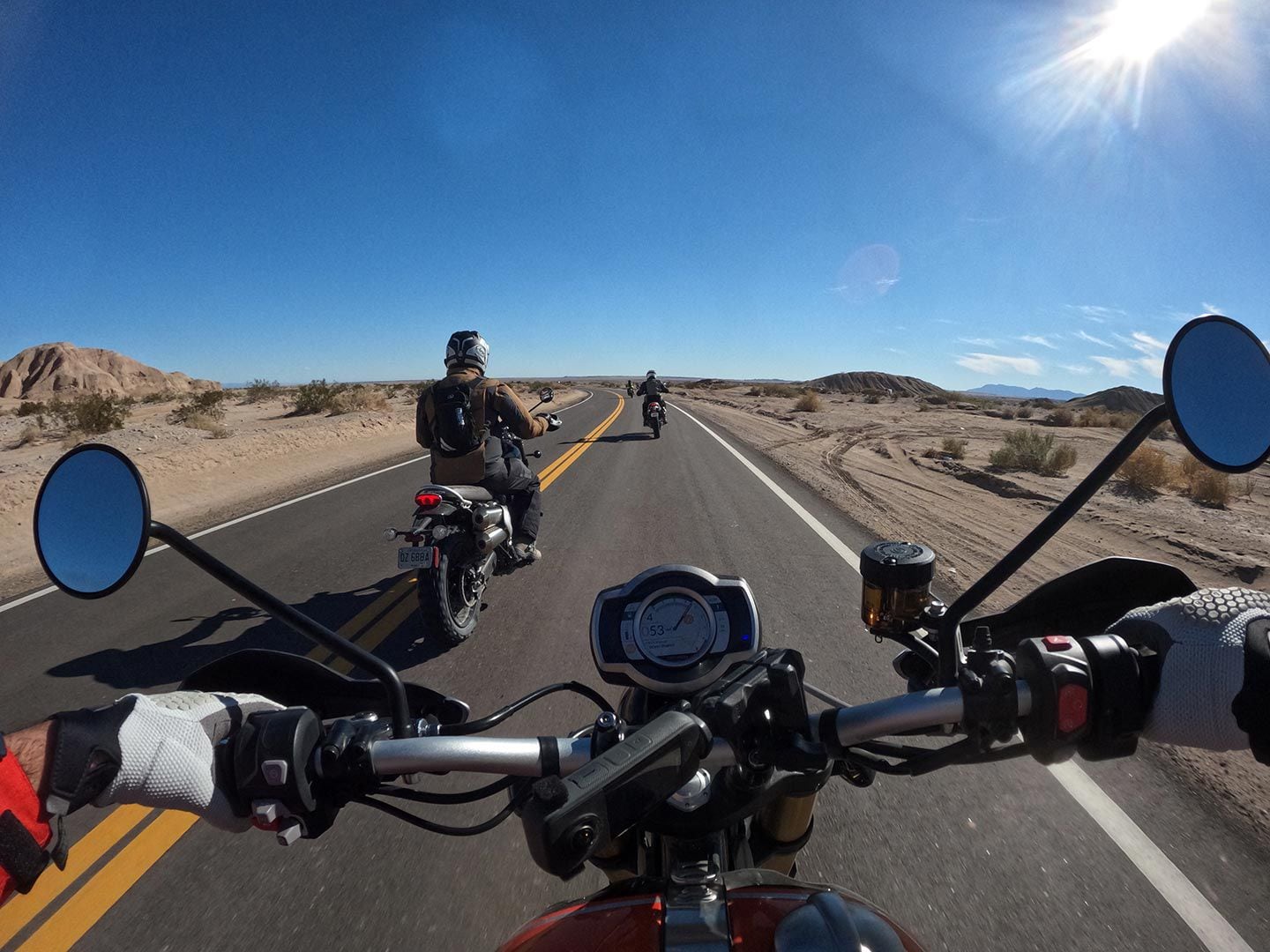
Powered by a punchy 1,200cc parallel-twin engine, with an uneven firing order, the Scrambler 1200 XE delivers snappy performance with nearly 76 hp at 7,300 rpm and 68 lb.-ft. torque at 5,000 revs. With a responsive throttle, the engine produces a smooth and linear power delivery, making it great for ripping holeshots from traffic signals and spirited roost-throwing escapades in the dirt. The engine and exhaust have a nice growl to it that makes riding fun. There is however some engine vibration, especially at higher revs. (Adam Waheed/)
The six-speed gearbox provides precise shifts and the gearing is spot-on for off-roading, i.e., first gear is low enough for steep hill climbs and second gear isn’t too tall for slower single-track rides. The torque character of the engine only aids its low-speed manners. The cable-actuated clutch ensures a light feel at the lever. Contrary to most modern chain-drive bikes, the chain final drive is on the right-hand side of the vehicle. The engine’s performance is enhanced by advanced features such as ride-by-wire technology and multiple riding modes.
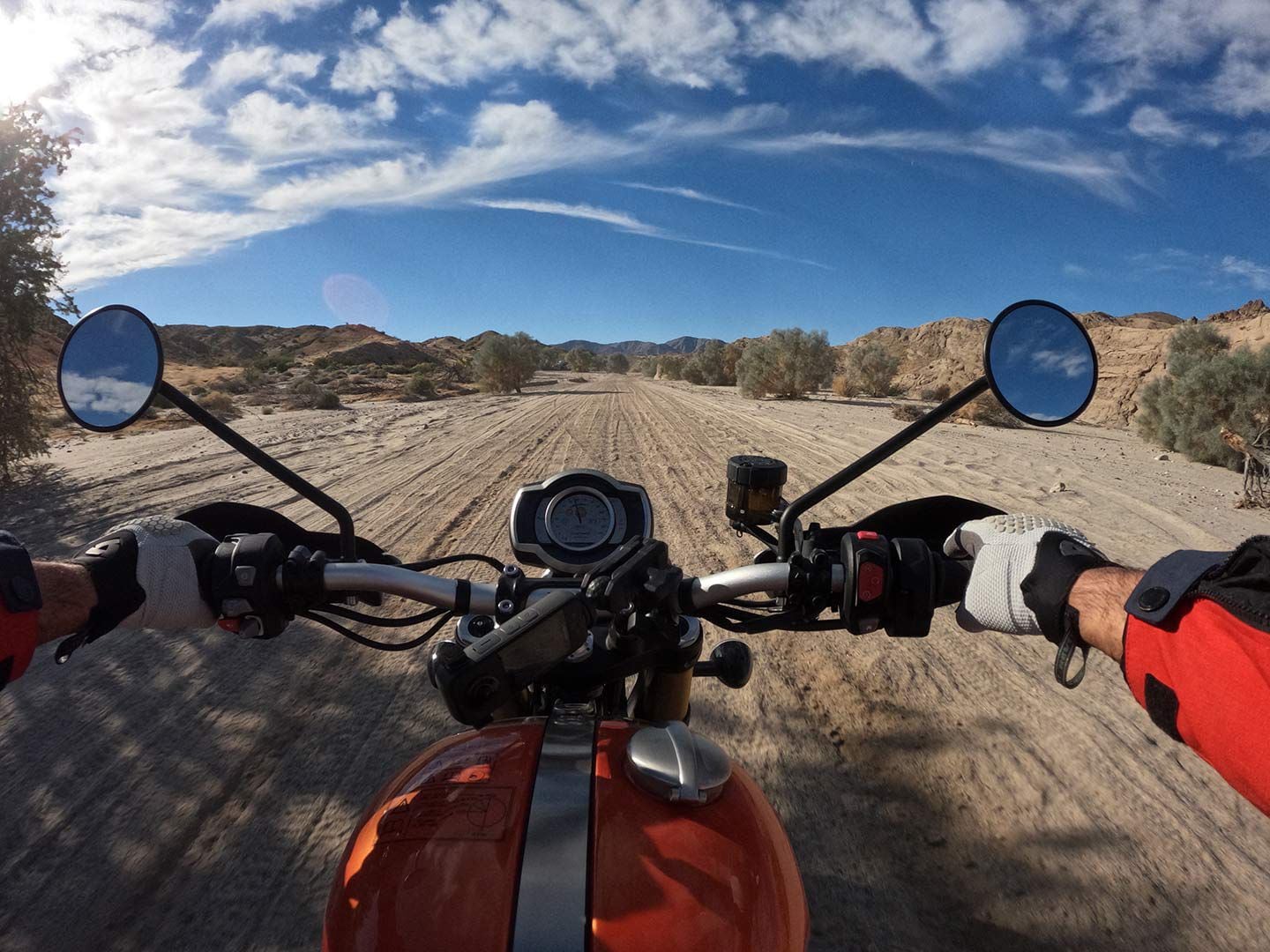
The only caveat in the Scrambler 1200 XE’s off-road prowess is its propensity to head shake when traveling at moderate speeds over high-frequency bumps. (Adam Waheed/)
Keeping speed in check are a stout set of triple disc hydraulic brakes highlighted by the jewellike and superbike-grade radial-mount Stylema Brembo brake calipers and large 320mm discs. The setup is augmented by a radial-mount master cylinder and stainless steel brake hoses. Unfortunately, a more basic single-piston Nissin rear caliper replaces the former model year’s twin-piston Brembo. It functioned adequately but lacks the sharp response we remember on the last version.
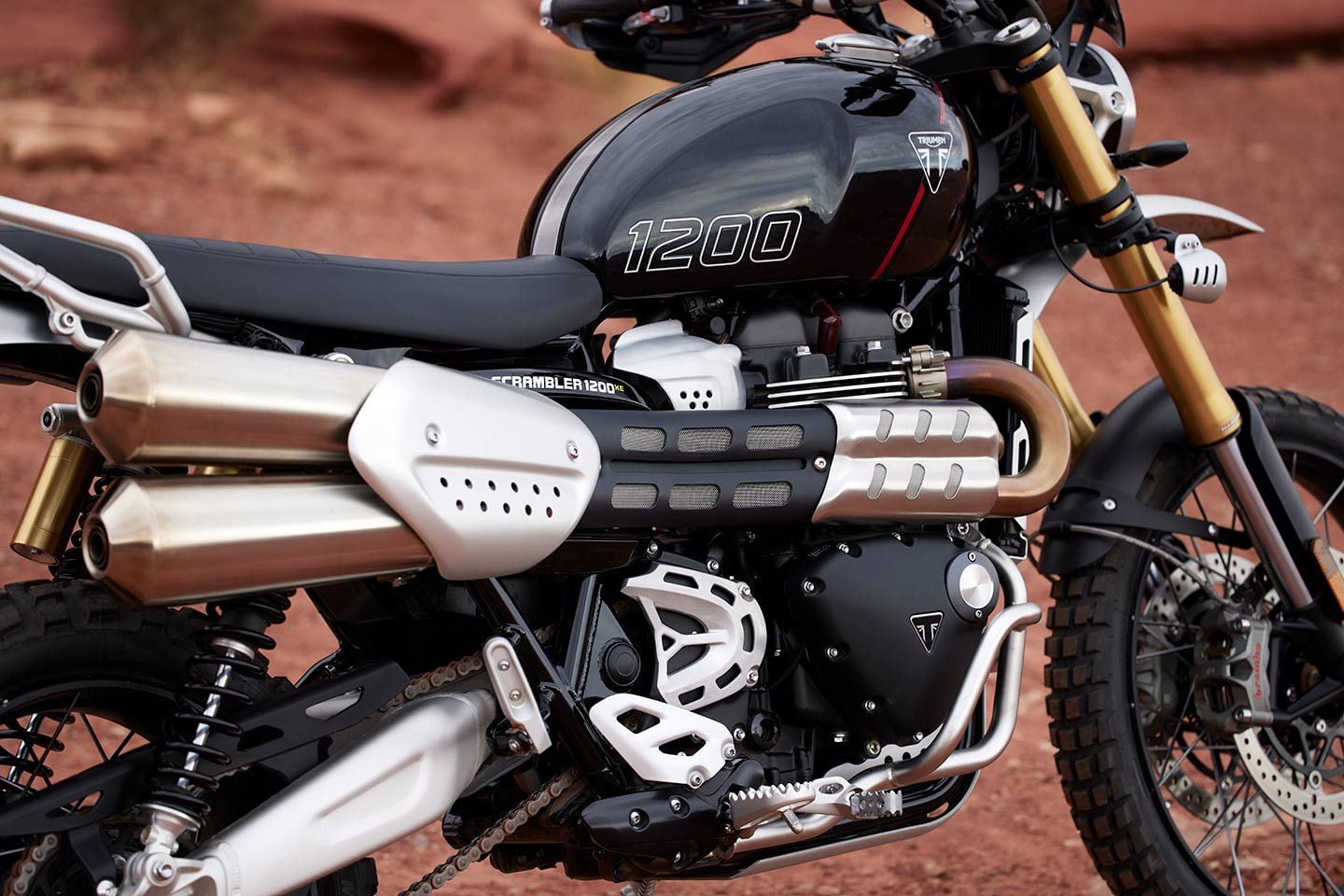
The double shotgun exhaust is a signature styling trait of the Scrambler 1200. (Ernie Vigil/)
One of the standout features of the Scrambler 1200 XE is its low-speed agility, especially for a 507-pound streetbike. The high-specification suspension, including fully adjustable units from Marzocchi, contribute to a plush and controlled ride. With nearly 10 inches of suspension travel, the Scrambler 1200 gobbles up bumps, whoops, and obstacles you would usually be scared to hit on a streetbike. It provides a comfortable experience over varied terrain. The chassis design and longer alloy swingarm boost grip and stability especially through the rough stuff. Although during medium-speed high-frequency bumps the XE can get nervous with a scary degree of head shake. Perhaps a steering damper from the aftermarket would quell head shake in these conditions.
True to its name, the Scrambler 1200 XE excels in off-road conditions. This motorcycle comes equipped with features like switchable ABS and IMU-powered traction control, allowing riders to customize their experience. The extended suspension travel and rugged spoked wheels shod with Pirelli Scorpion Rally STR tires provide excellent traction over pavement and dirt. The riding modes optimizes the bike’s performance for use in a variety of conditions, making it a capable companion no matter where you ride.
Triumph has prioritized rider comfort in the Scrambler 1200 XE, evident in the well-padded ribbed seat and thoughtfully positioned footpegs and handlebar (a tad wider than the previous version). The upright riding position allows for excellent visibility, and the wider handlebar provides precise control. The inclusion of cruise control enhances long-distance comfort, making it suitable for both short commutes and extended journeys. Heated grips are available for an upcharge as accessory.
The Scrambler 1200 XE is equipped with a comprehensive suite of electronics, including a stylish color instrument gauge pod, LED lighting, and the return of a keyed ignition (hooray!). The intuitive interface of the display allows easy access to information and customization of settings. The inclusion of smartphone connectivity adds a modern touch, enabling riders to access navigation and other features on the go.
Triumph’s Scrambler 1200 XE is a versatile and capable motorcycle that seamlessly blends classic styling with modern performance and technology. Whether cruising through city streets, carving up winding roads, or tackling challenging off-road trails, this motorcycle offers a thrilling and rewarding riding experience. With its distinctive design, powerful engine, and advanced features, the Triumph Scrambler 1200 XE stands as a testament to Triumph’s commitment to delivering motorcycles that cater to the desires of both seasoned riders and newcomers to the dual sport scene.
Gear Box
Helmet: Shoei Hornet X2
Jacket: Rev’It Defender 3 GTX
Gloves: Rev’It Massif
Pant: Rev’It Defender 3 GTX
Boots: Alpinestars Tech 7
2024 Triumph Scrambler 1200 XE Technical Specifications and Price
| Price: | $15,295 |
|---|---|
| Engine: | 1,200cc, SOHC, liquid-cooled parallel twin; 8 valve |
| Bore x Stroke: | 97.6 x 80mm |
| Compression Ratio: | 11.0:1 |
| Fuel Delivery: | EFI w/ ride-by-wire |
| Clutch: | Wet, multiplate assist |
| Transmission/Final Drive: | 6-speed/chain |
| Frame: | Tubular steel |
| Front Suspension: | Marzocchi 45mm inverted fork, adjustable spring preload, rebound and compression damping; 9.8 in. travel |
| Rear Suspension: | Marzocchi shocks; spring preload, rebound and compression damping adjustable; 9.8 in. travel |
| Front Brakes: | Brembo Stylema Monoblock 4-piston calipers, dual 320mm discs w/ ABS |
| Rear Brake: | Nissin 1-piston floating caliper, 255mm disc w/ ABS |
| Rake/Trail: | 26.9°/5.1 in. |
| Wheelbase: | 61.8 in. |
| Seat Height: | 34.25 in. |
| Fuel Capacity: | 4.0 gal. |
| Curb Weight: | 507 lb. |
Source: MotorCyclistOnline.com

